
Бесплатный фрагмент - Havana — Varadero
2 cities in 1 weekend
Havana-Varadero
Cuba. Two cities in one Weekend
Preface
The island of Liberty has always been and remains an attractive place for tourists and adventurers from all over the world. A kaleidoscope of national traditions, drowning in the innumerable colors of local everyday life, will not leave indifferent any guest. Perhaps someone here will find the meaning of something more distant, important, fateful than just a trip to an exotic country.
One weekend is very little to travel to this country. It would seem, well, an island and an island, what is there to see except the capital and countless beaches? Probably about Cuba is not so much to say, but it’s unlikely that anyone will dare to think, because history itself made this island and everything connected with it, legendary, filled with an extraordinary heroic destiny and opposites of being. It is both luxury and poverty, and drive, and calmness, and history, and modernity, and laziness, and hard work, and meeting and parting.
Let’s try to estimate the situation, however, that we were in Cuba not for a month or even a week, but only for a few days. What will we see in time? Where to go? In which adventure to participate? We will try to tell all this to those who are going to or have long been dreaming to go to Cuba, and who wants to spend time with maximum benefit.
So, we sit down at the computer and search for the cheapest ticket on the route Moscow-Havana-Moscow. Do not forget to book a place near the porthole a day before departure. On this route, regular low-costers do not fly yet, so you can do it for free. We are collecting a suitcase, and in the most secluded corner of the travel bag we put the passport and a little currency — dollars or euros — who like it better — the rate as a whole today is not very different when transferring to rubles. And in the way! For dollars, the solid take a commission of 10%, but the dollar against the ruble is more profitable than the euro. Therefore, there is a difference, but it is not very big.
By the way, before beginning your trip on this guidebook and on Cuba, I can not help but note that today there are many opportunities to organize your vacation from the very beginning to the very end. For example, an experienced tourist player in Cuba, such as Havanatur Russia, offers its services in the tourist services market, which is under the motto “Your expert on Cuba!”.
About the country
The life on the island has always been special. There is a certain isolation of the world, culture, traditions, the own development of all that on the continent is developing in a different way. Cuba is a fairly large country by the standards of the island states of the Caribbean, and the whole of Central America.
The country is located on one large homonymous island and a huge number of small islands around. Cuba is the 17th largest country in the world and is in this ranking between Newfoundland and Iceland. Its area is 105 806 sq. Km. And the territory of the whole country is a bit larger — 110 860 sq. Km. The population of this Latin American country fluctuates around 11 million people. Cuba is a unitary state and is divided into 16 provinces. The second largest island of the country — Juventud, which has about 86 thousand people, and whose main occupation is agriculture (citrus cultivation, livestock). By the way, it would be interesting to visit there in the future, and we must set such a goal for ourselves.
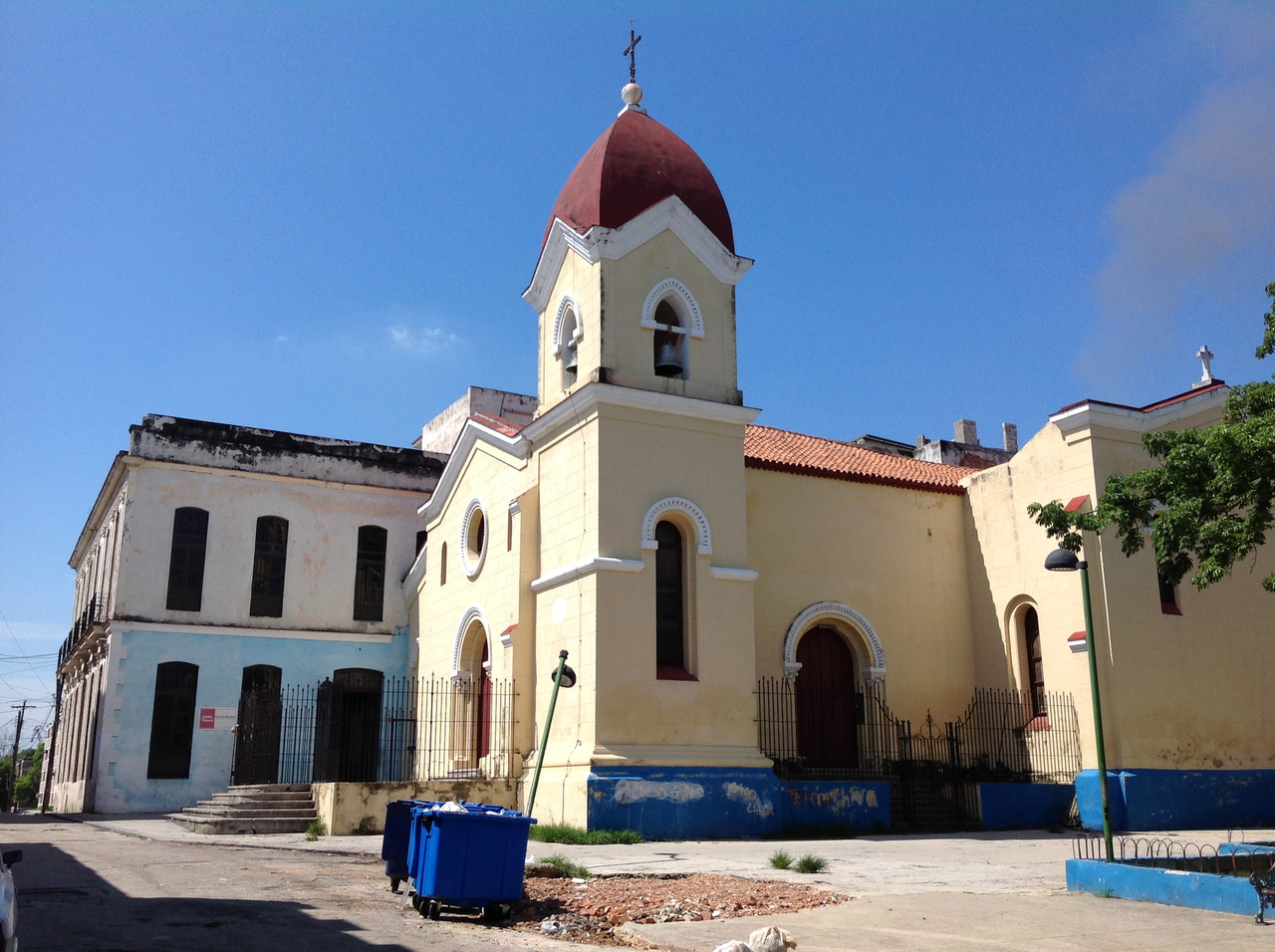
As an island nation, Cuba is surrounded on all sides by sea waters. This has had an impact on the mentality, culture, traditions, and even the course of historical events — this is the largest island in the Caribbean, which means that it has always been a tasty morsel for conquerors from all over the world. This also determined the complex course of Cuban history.
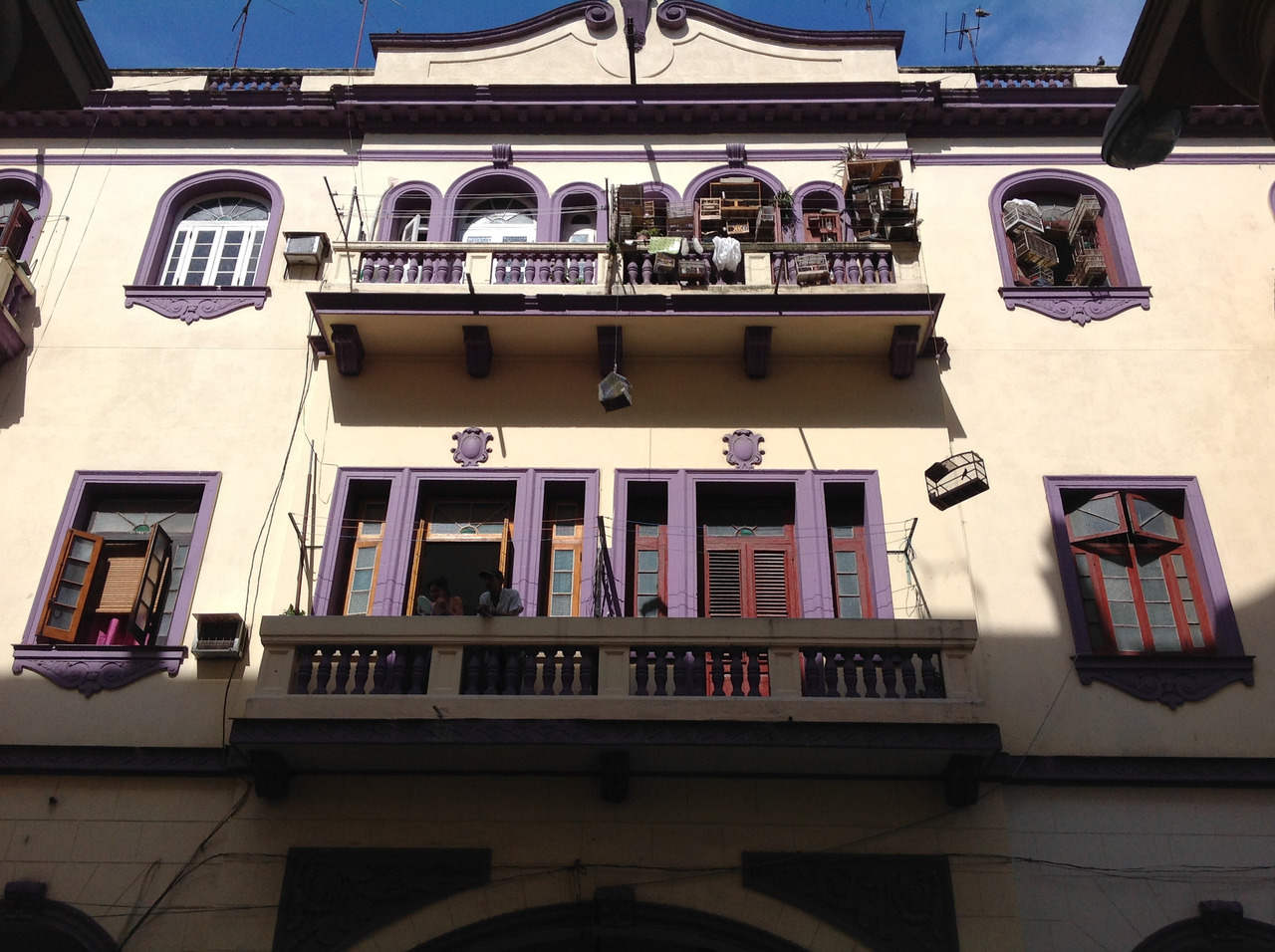
Historically, the first settlers of the island were the Indian tribes, who for many centuries of their development settled throughout the American continent. The first of the Europeans in this area was Christopher Columbus. It happened in 1492. And it began …!
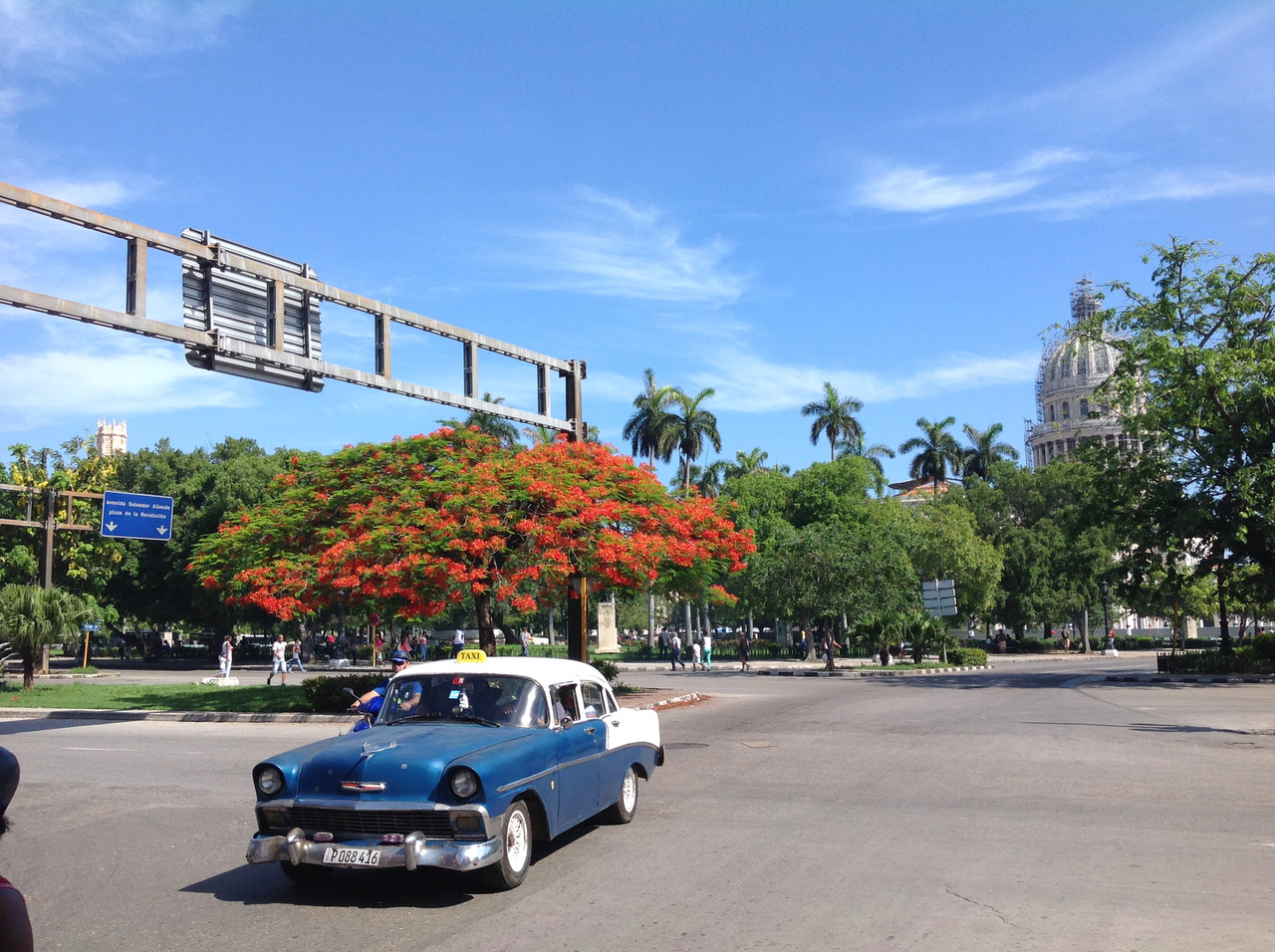
Already in 1511, the island was not at all well-intentioned, but with the goal of conquering the Spanish conquistador with a common name in Spain, almost full of the gripe of the world-famous artist, Diego Velázquez de Cuéllar. Initially, they founded Fort Baracoa here, and later Spanish settlements began to appear. The colonists from Europe quickly moved here. Here, tobacco and sugar production, as well as cattle breeding, developed.
Further, the Cuban history did not just go, it quickly rushed! So many centuries of calm and daily paradise violated the invading conquerors, and the history of these people became part of world history.
In 1762, during the war with Spain, the British seized Havana, Britain proclaimed freedom of trade, which contributed to the revitalization of the island’s economic life. A year later, when Havana was returned to Spain, the latter was forced to weaken the regime of trade monopoly in Cuba.
The liberation movement that began in the first half of the nineteenth century resulted in a ten-year war (1868—1878) against the colonialists, which, however, did not achieve its goal. (http://www.roscuba.ru/allaboutcuba/history/)
The military operations ended with the peace treaty signed in 1878 in Sanhon. November 25, 1897 Spain gave Cuba autonomy, but the liberation movement on the island continued, and for help, the indigenous people turned to the United States. They fought for independence, although in reality, as a result of the declared American-Spanish war, they came under US rule.
Since 1925, the military dictatorship of Gerardo Machado has reigned in Cuba, and in 1940, as a result of the election, Batista came to power after losing the next election, but regained power as a result of the 1952 military coup. He proclaimed a dictatorship and began a regime of terror in the country.
On January 1, 1959, the Insurrectionary Army led by Fidel Castro overthrew Batista’s dictatorship. Cuba was proclaimed a socialist republic and began a friendship with the USSR, which was intended to protect the island from the United States. At the head of the pro-Soviet regime in Cuba were the brother of Fidel Castro Raul Castro and the Argentine Ernesto Che Guevara. Almost all enterprises were nationalized in the country, opposition was pursued, all citizens who collaborated with the US emigrated.
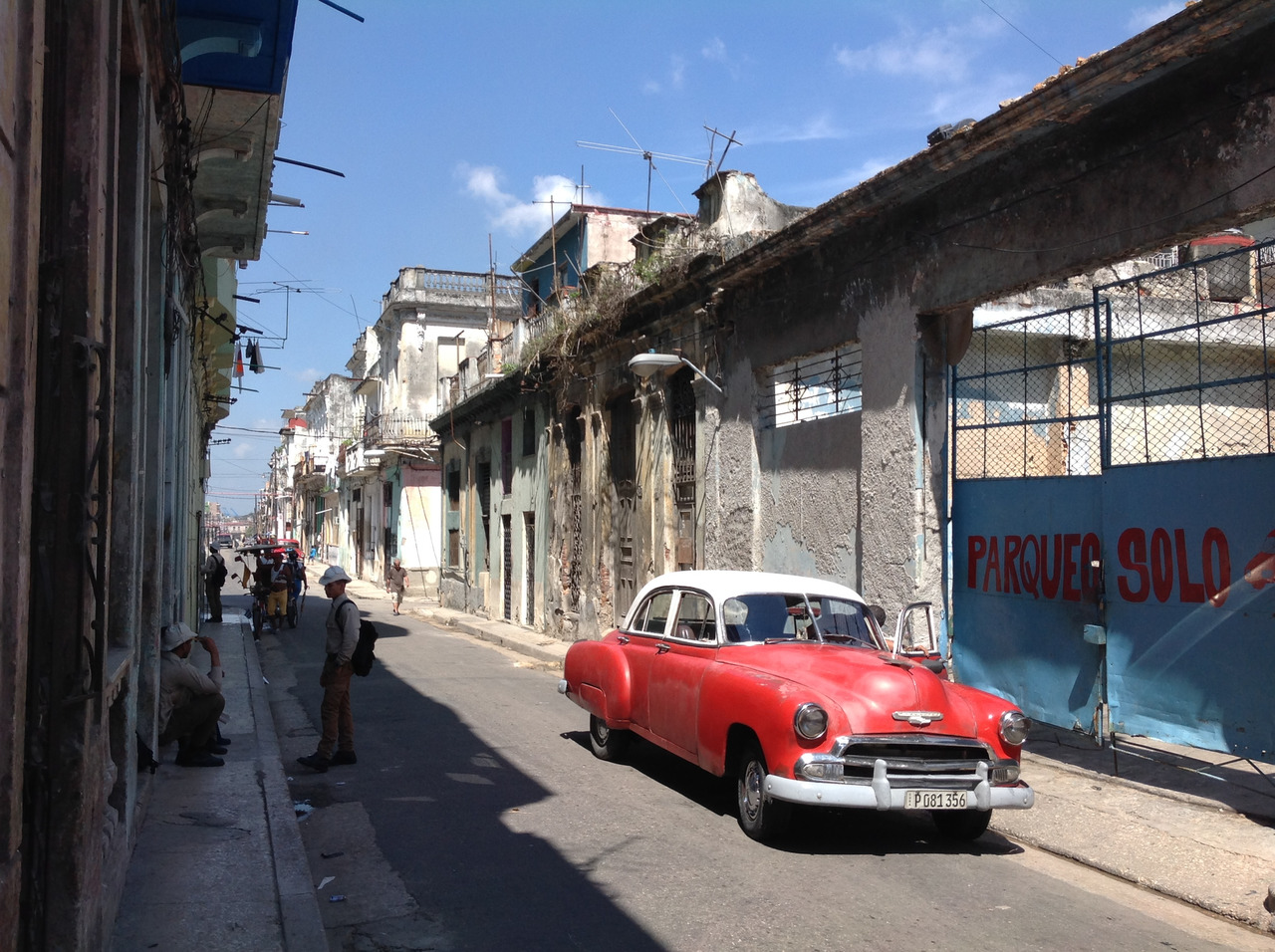
Briefly, the main milestones of the history of Cuba look like an eternal struggle for their own freedom, which went to her in a difficult way.
In this regard, in the cultural and historical space of Cuba you will constantly meet with monuments and memorable places dedicated to the Cuban revolution and its leaders.
Cuban heat
The temperament of local residents accurately conveys the heat that reigns on the island of Liberty. I visited here, as they say, almost in peak season, in June, and I felt all the “delights” of the tropical climate on my own.
The result of my research is simple — I do not advise very much to go here at the zenith of the sun. However, here at any time of year is quite hot, because the air is very wet. The average annual temperature is almost 26 degrees Celsius.
According to the stories of our compatriots, who were in the 1980s. employees of the Soviet diplomatic mission in Cuba, as well as military personnel here, the weather gave them a lot of hassle. What a paradise for a Cuban, for a Russian test. Sometimes the military had to stand for several hours under the scorching sun and carry the watch without moving. And this together with the fact that they were in military uniform.
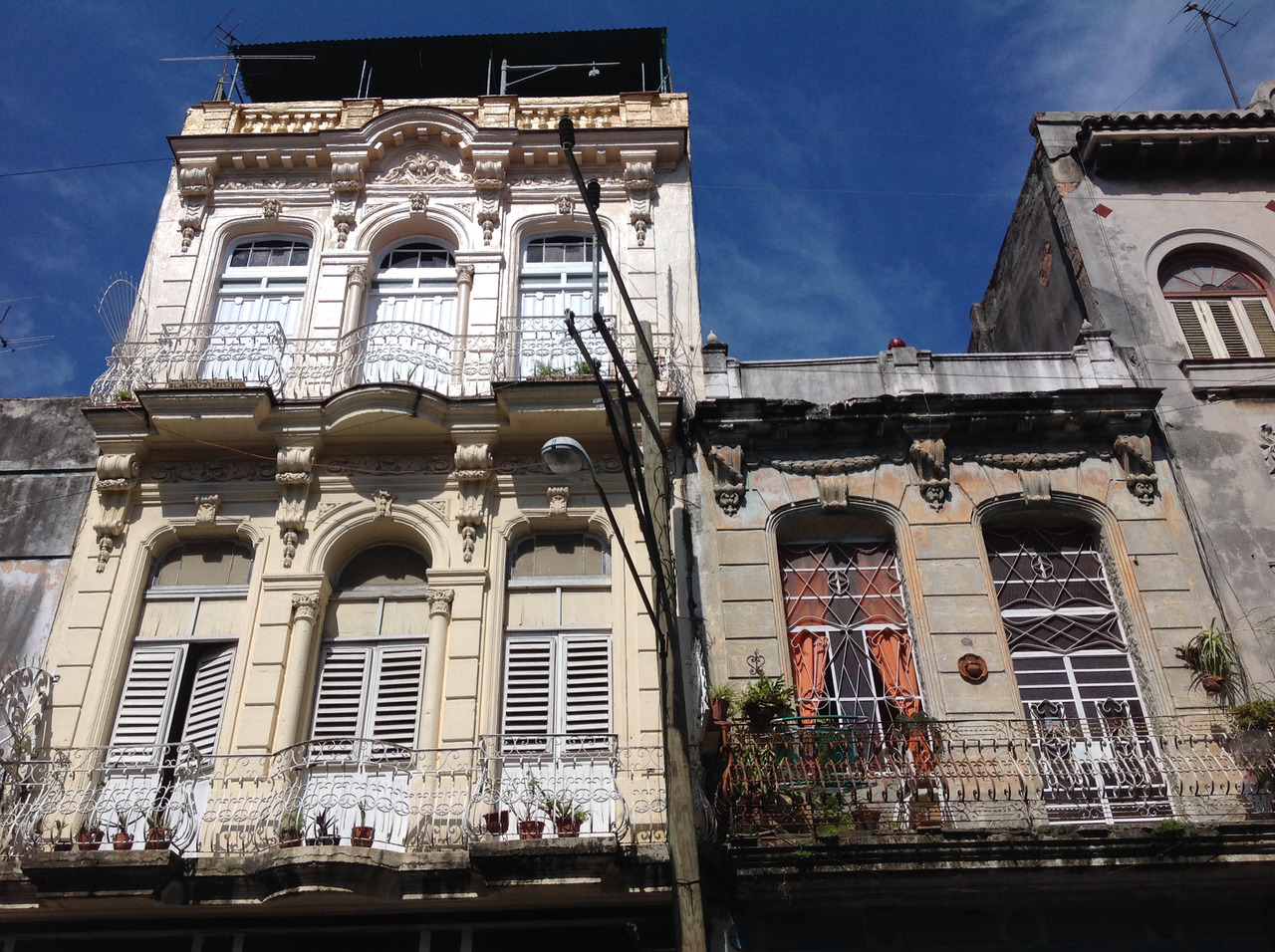
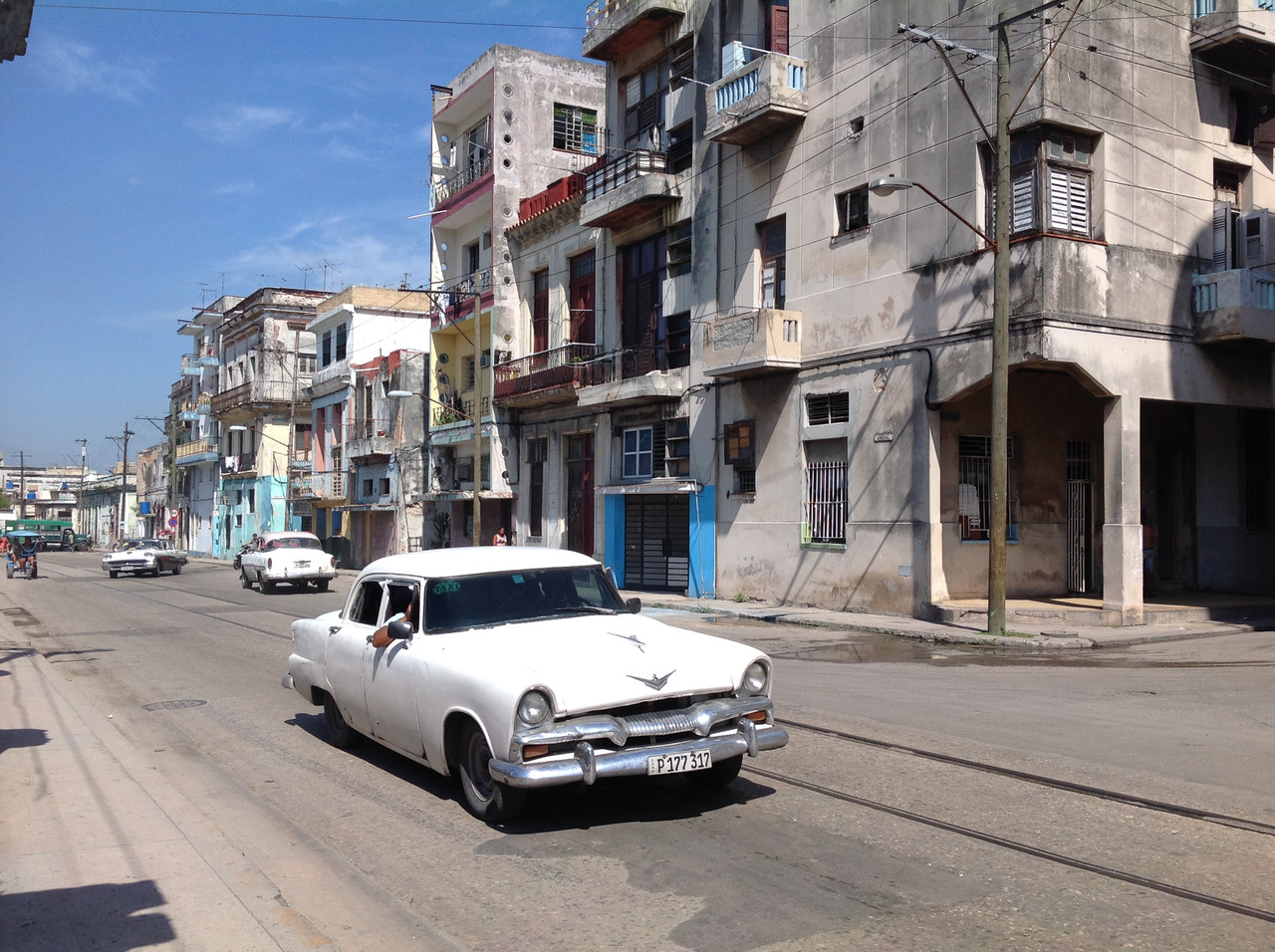
But about the Cuban heat I’ll write more separately and more than once. After all, you need to know what to prepare for. In general, when planning your vacation, remember that Cuba has clearly expressed two climatic seasons: rainy (May-September) and dry (October-April).

Part 1 Havana
The whole color of the Cuban capital can not be expressed in words, so I will use visual images more in this guidebook. Havana can be studied endlessly — it’s not just big and interesting, it’s also bright, original, noisy, hot, historical, in many respects one such in the world.
The population of the Cuban capital is a little more than 2 million people. The city is divided into 15 municipal districts, which are extremely heterogeneous in terms of their internal content — from the cleaned up to shine old streets to slums and litter-filled suburbs.
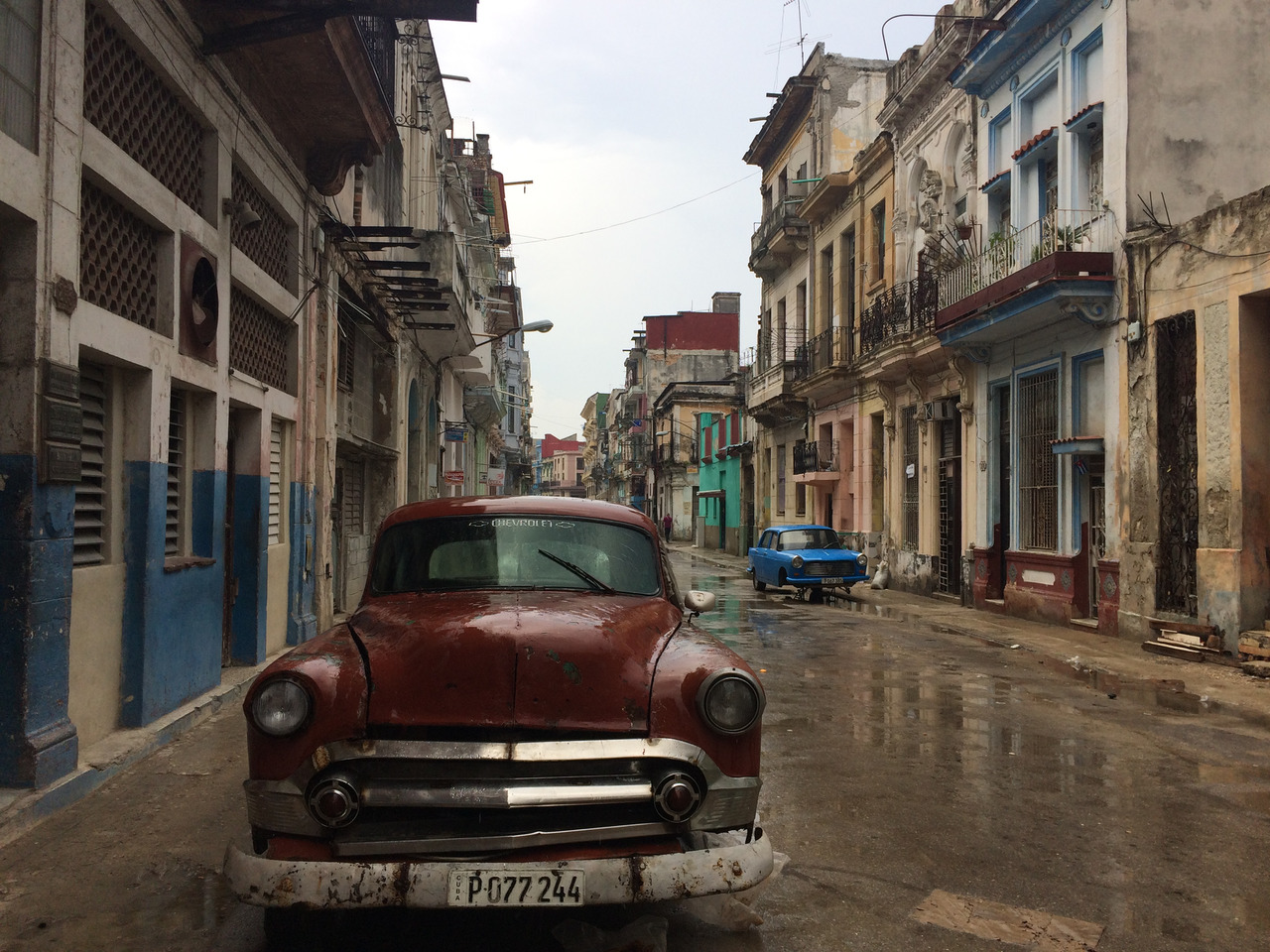
We will study the city in order. But since there is not much time — after all, we have only 1 Weekend, we will look at all the most important things and prioritize the correct ones. From the outset, determine the main purpose of his stay here — monuments, museums, beaches, old quarters or all in a little bit. I, like many, chose the latter option.
Havana was founded by the Spanish in 1519. And already in 1563 this city became the center of the administrative life of the island. From here began to be managed other settlements, trade relations, etc. Since then, Havana has retained the status of the capital.
The city began to quickly build up buildings in the Spanish colonial style. In 1728, in the city was founded Havana University, in the 1860’s. the tobacco factory “Partagas” was opened. The city built Catholic cathedrals, ensembles of buildings intended for the colonial administration and representatives of the country’s elite.
Already in the course of American dependence in Havana, many other attractions were built, the most notable being the one erected in the 1920s. Capitol. Many of the outstanding works of architecture of the capital of Cuba were inscribed on the UNESCO World Heritage List.
Currently, the buildings, quarters and streets of Havana are being restored and renovated. Passing by some of them, you will feel that you are not in Latin America at all, but somewhere in the expensive areas of Madrid or Valencia. But it’s worth moving away from them, and it will seem to you that you have come to Calcutta or Dhaka. Havana is a city of contrasts, just like the country whose capital it is.
Havana can find many different images — colonial, socialist, metropolitan, automotive, modern, original and many others. We will try in this guidebook, though in a little way, but to disclose each of them.
Now let’s go through all the landmarks of this city and learn more about it.
José Martí International Airport
This is the largest airport in Cuba, and it is located in 18 kilometers south-west of the city center.
Interestingly, it was built in 1930 and was then called Havana Columbia Airport. In the same year, the airline “Cubana” made the first flight, delivering mail to the opposite end of the island — in Santiago de Cuba. Six years later, the first plane to Madrid departed from this airport. During the Second World War there was a command and control tower.
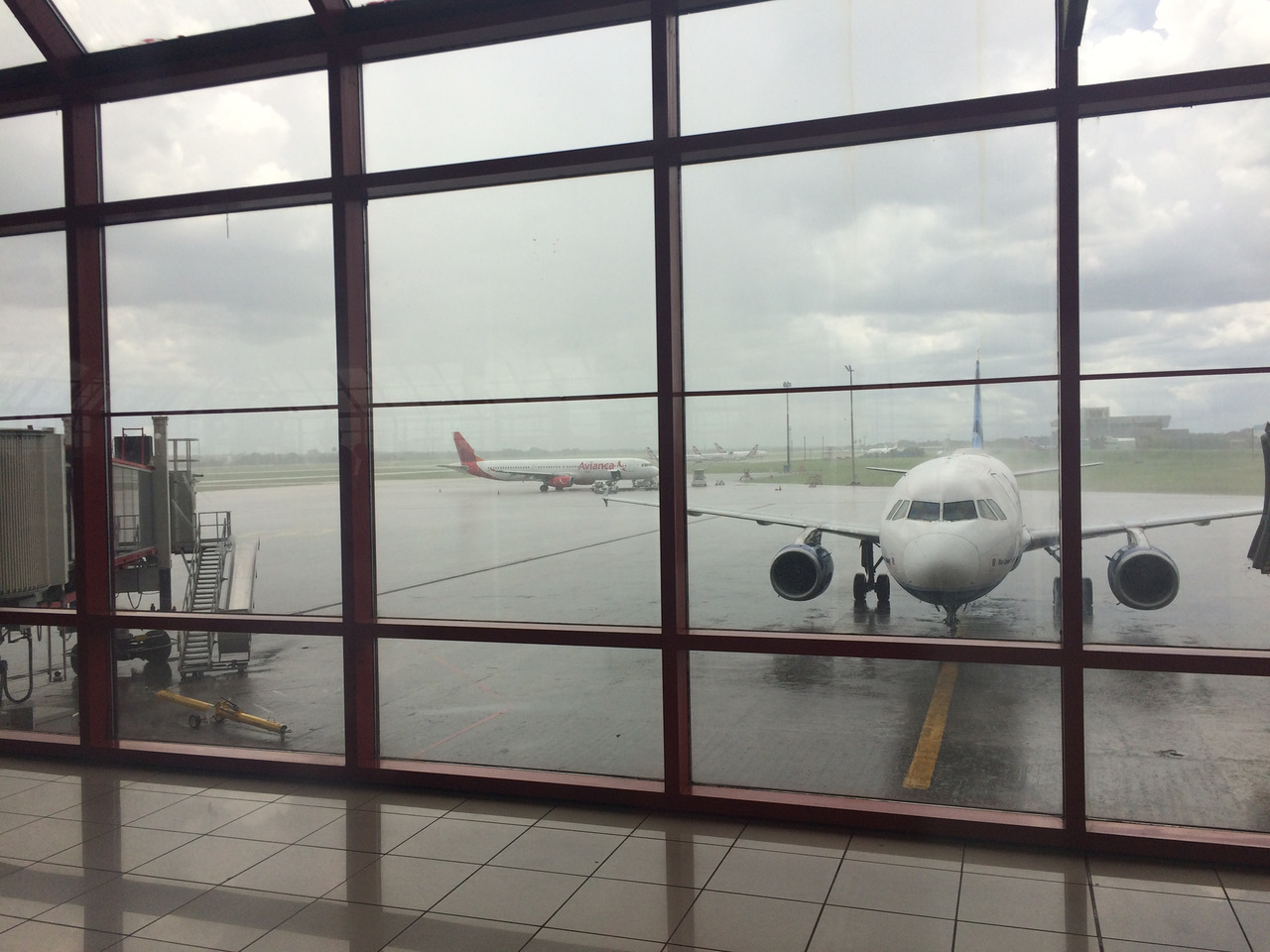
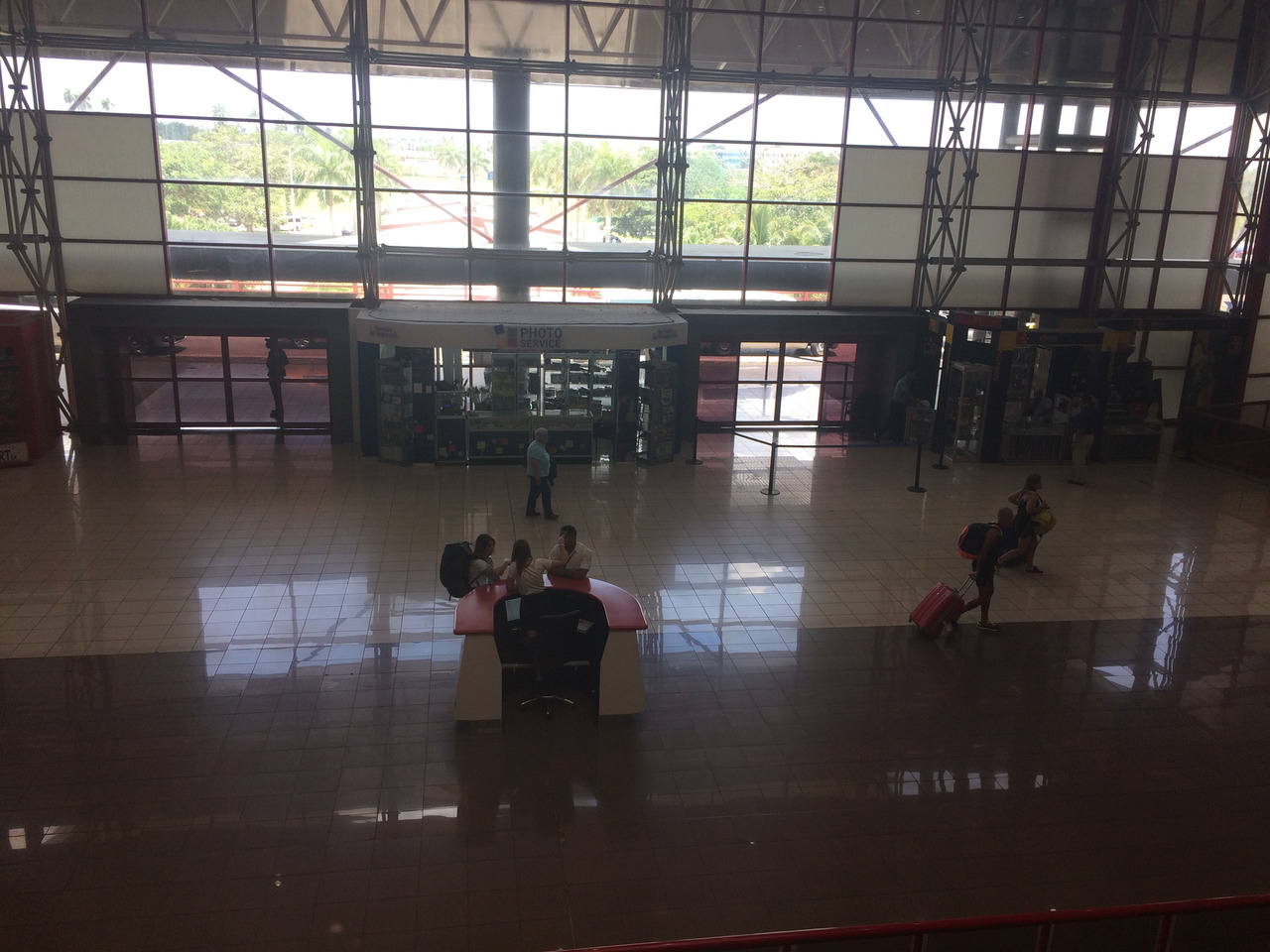
In 1961, the airport was bombed by the United States, and after these events, international flights between countries were interrupted until 1988.
In the 1970’s and 80’s. aircrafts of such airlines as Aeroflot (USSR), Interflug (GDR), Malev (Hungary) and Czech Airlines flew here. In the mid-1980s. the construction of a second terminal for flights from the United States was started, which was opened in 1988, and 10 years later, in 1998 a modern third terminal was opened to service the bulk of international flights. The fourth terminal serves cargo flights, and the fifth terminal — domestic flights.
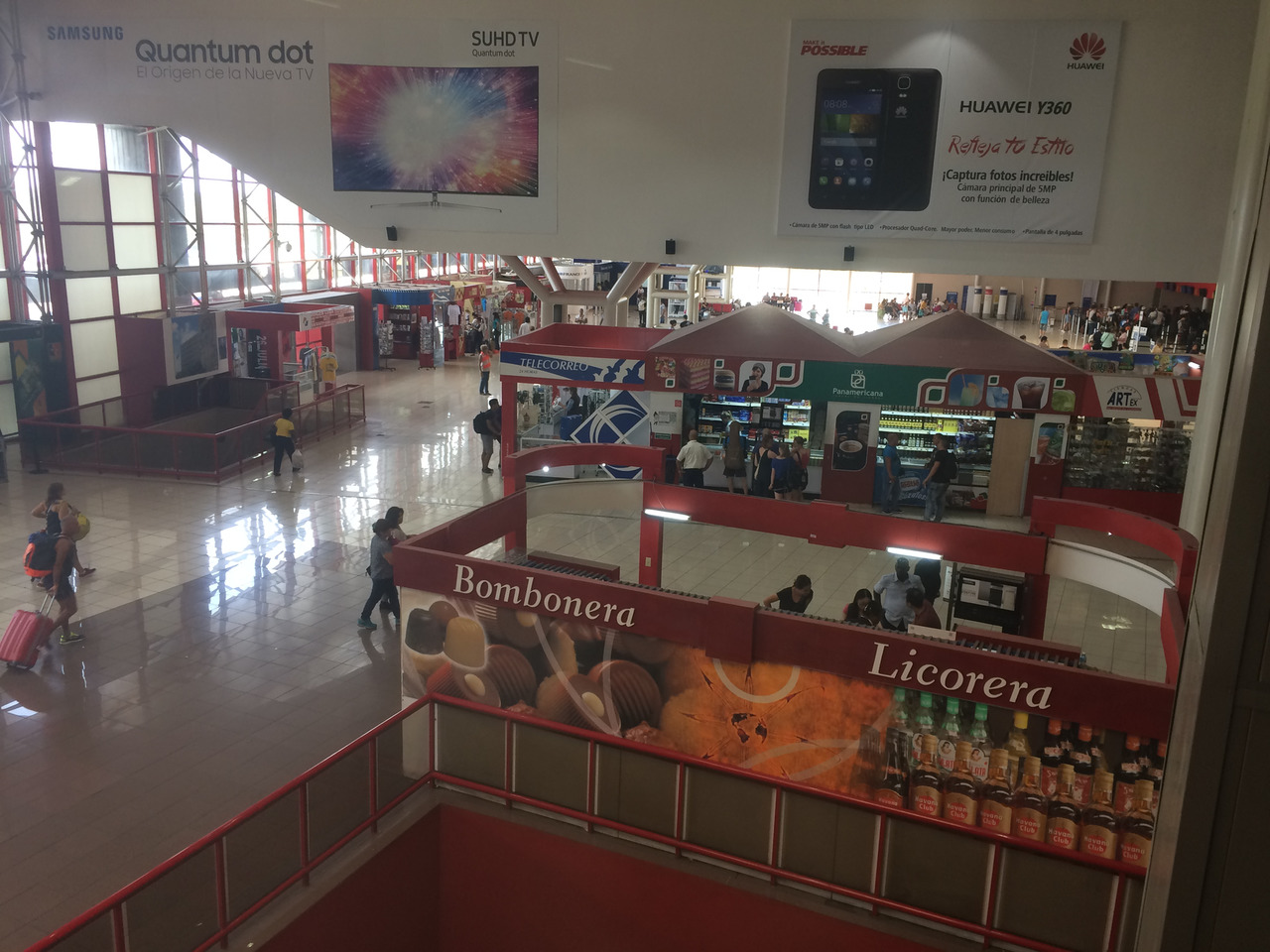
What is interesting, the third terminal is farthest from public transport. Apparently because all foreigners who come to the island simply do not use cheap transport, but go by taxi.
Bienvenido a Cubа
Already around the luggage tape it became clear — we are in Cuba. There is only one such tape in the terminal. She’s on all planes. Waiting for your luggage, we also quite a long time — somewhere around 40 minutes. At the same time, they talked with those who also flew to Cuba. An elderly couple from Russia went on a cruise on a ship to Honduras, so in Cuba they had to stay only one night. In general, a good way to combine viewing of several countries. But this is if the means permit.
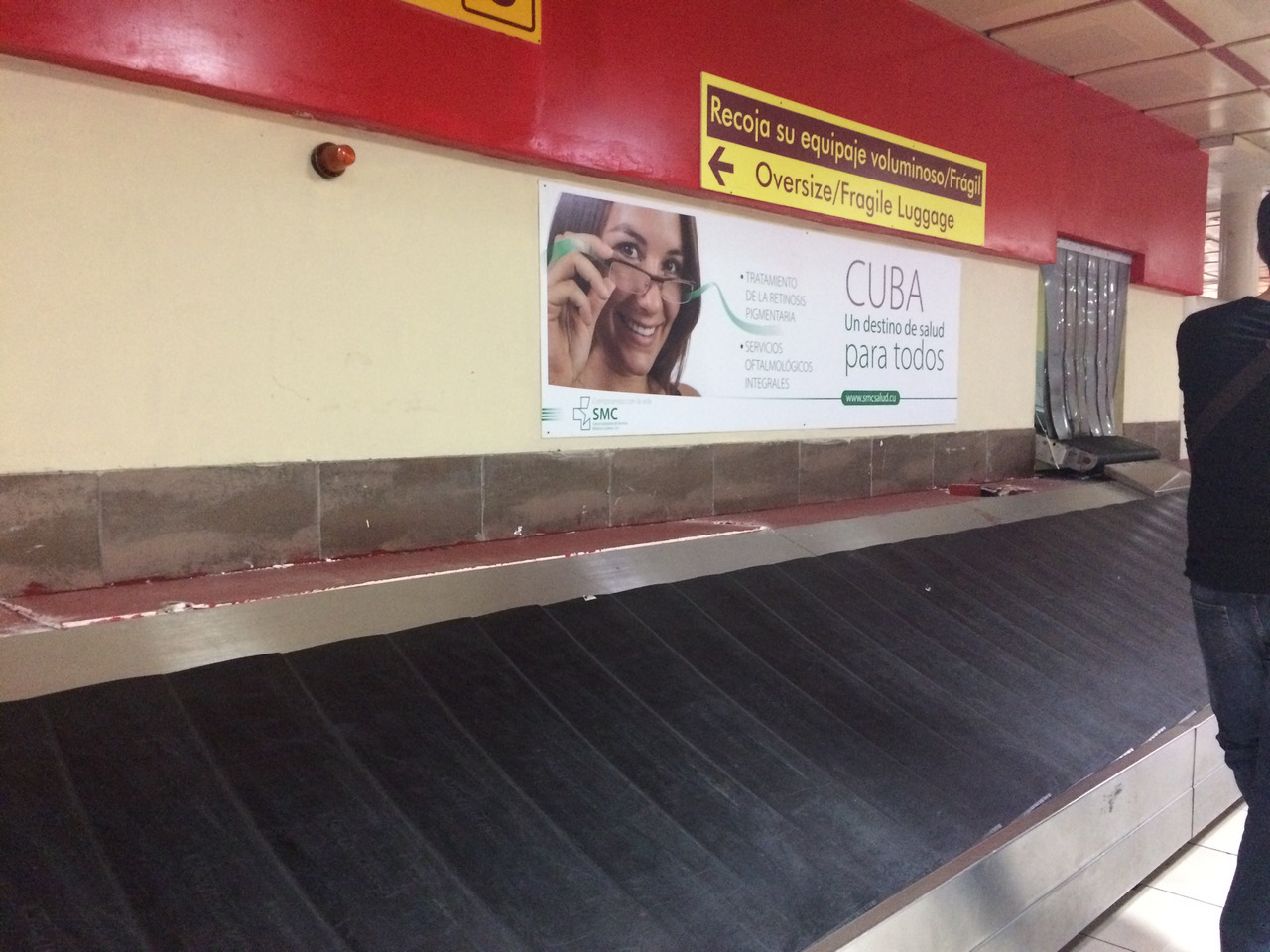
With a loud creak, the luggage tape began to move and the first suitcases appeared on it. In a few minutes it became clear — the main tourist in Cuba — from China. Suitcases with hieroglyphs were very many — and all the same size and one blue color. For a very long time, nobody took them, and the tape almost completely turned into blue with rare inclusions of suitcases of our compatriots.
In general, for passport control, although there was a big queue, we passed it quickly. As a citizen of the Russian Federation, I was asked no questions at all. They put a seal on one of the pages of the wrecker and “Bienvenido a Cuba”.
Then there was the filling of declarations, the passage through the examination of luggage. Only large suitcases were looked, and I did not even look at my small bag. There were a lot of products, but nothing forbidden.
Arrival
If you flew to Cuba on a tour, then you have nothing to think about and worry about — at the airport you will be met with a sign of your tour operator and on a comfortable mini-bus with air-conditioning you will drive to the hotel, and then the sea, beach, capital, all business. But you will not feel the country in this way.
Option two — you are an independent traveler. And here the main thing is not to get lost. At the information desk, enterprising young women bred you on a trip to your hotel in Varadero in the group at the best price — 40 CUC (for convenience — 40 euros, a little later I will explain). In general, the information desk is the first thing that was very memorable. She reminds the bar from the film of the 1970s, like the movie “Unlucky” with Pierre Richard and Gerard Depardieu. They are there, by the way, many times visited the Latin American airports. Colorful women without computers and with cigarettes in their hands added an atmosphere of scented candles burning here.
Women on the info sheet explained to me that the cost of my trip to Varadero alone will be much more expensive. It’s 25 euros by taxi to the bus station and 25 euros by bus to Varadero, and there’s also a taxi to the hotel somehow. Well, in general, the prices in their arguments were greatly exaggerated.
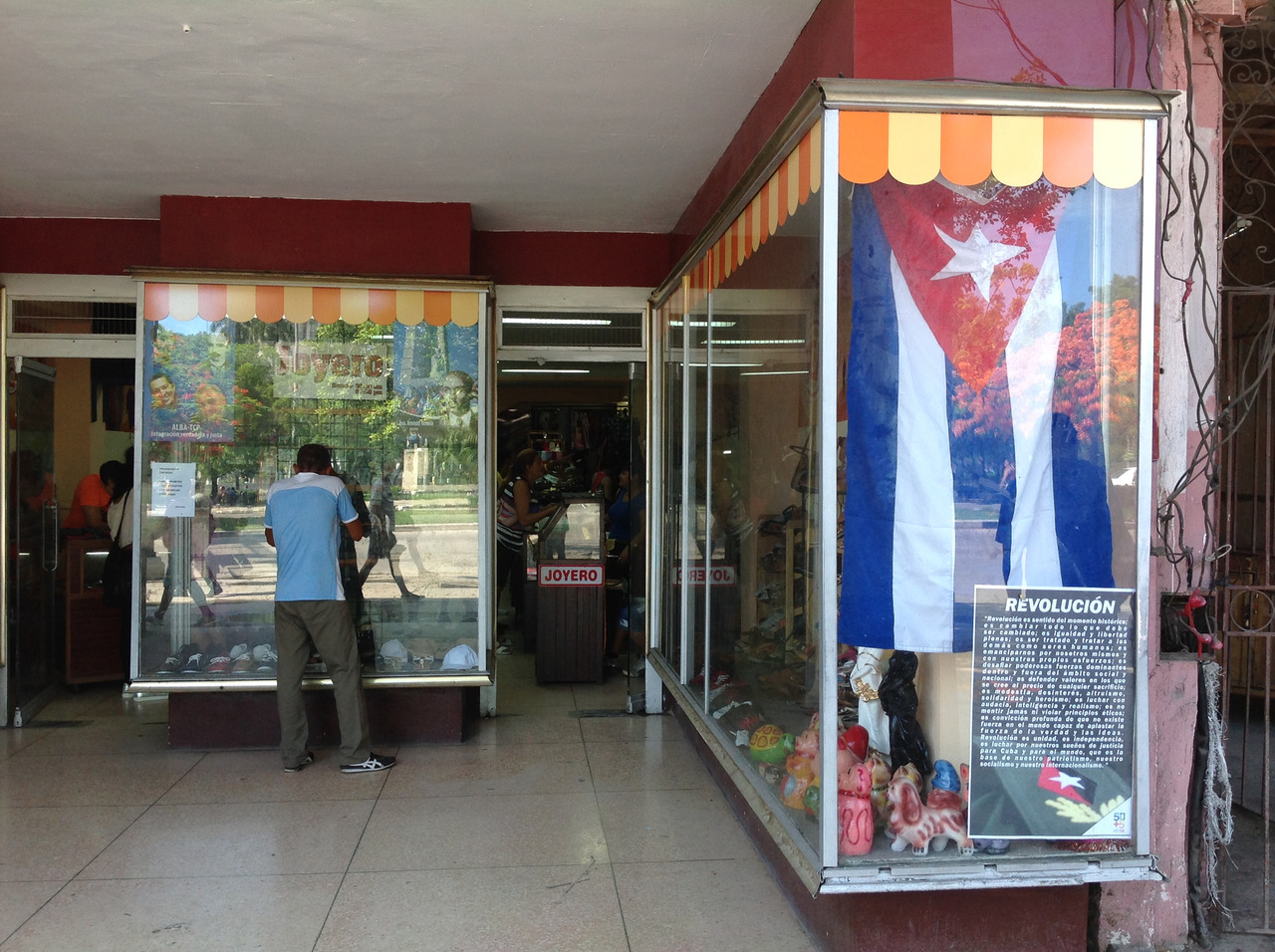
Mentally, I almost refused to venture with them, and went to ask how much a taxi costs, but asked me to hold a place for me for 5 minutes.
CUC or pesos
Currency exchange is an important point of any trip.
In Cuba, this story is complex, but it is easy to understand. There are two currencies in circulation in the country — one for tourists — convertible peso (CUC) and the second for local — pesos. Therefore, prices can often be seen on the shelves double — and in pesos and in CUC. But for pesos you, except in some cases (for example, in public transport), no one will sell anything. There are few places in Varadero and Havana where you can buy anything for local pesos, since these are the most popular places for tourists. But in the rural outback it is quite possible to bargain and for the CUC in the markets, in the shops and so on.
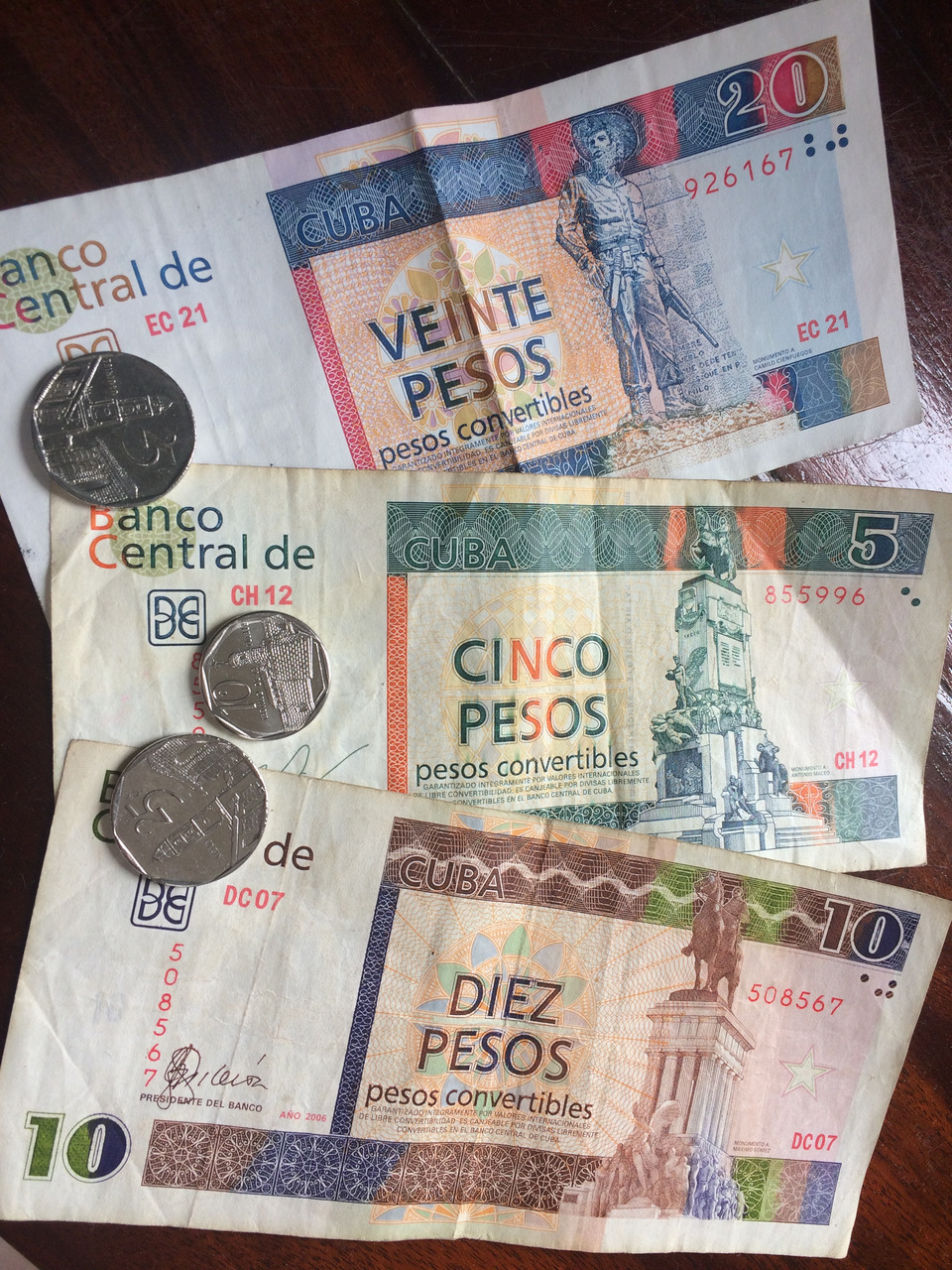
The difference in prices between these two currencies is already 25 (!) Times. That is, for what the local will pay only 1 dollar, you will lay out 25 bucks.
But there is nothing to be done, probably this is a big plus for the Cuban economy and the development of tourist infrastructure.
Taxi
All taxi in Cuba are state. Therefore, the prices for travel for tourists here are determined not by the whims of drivers, but again — by the state.
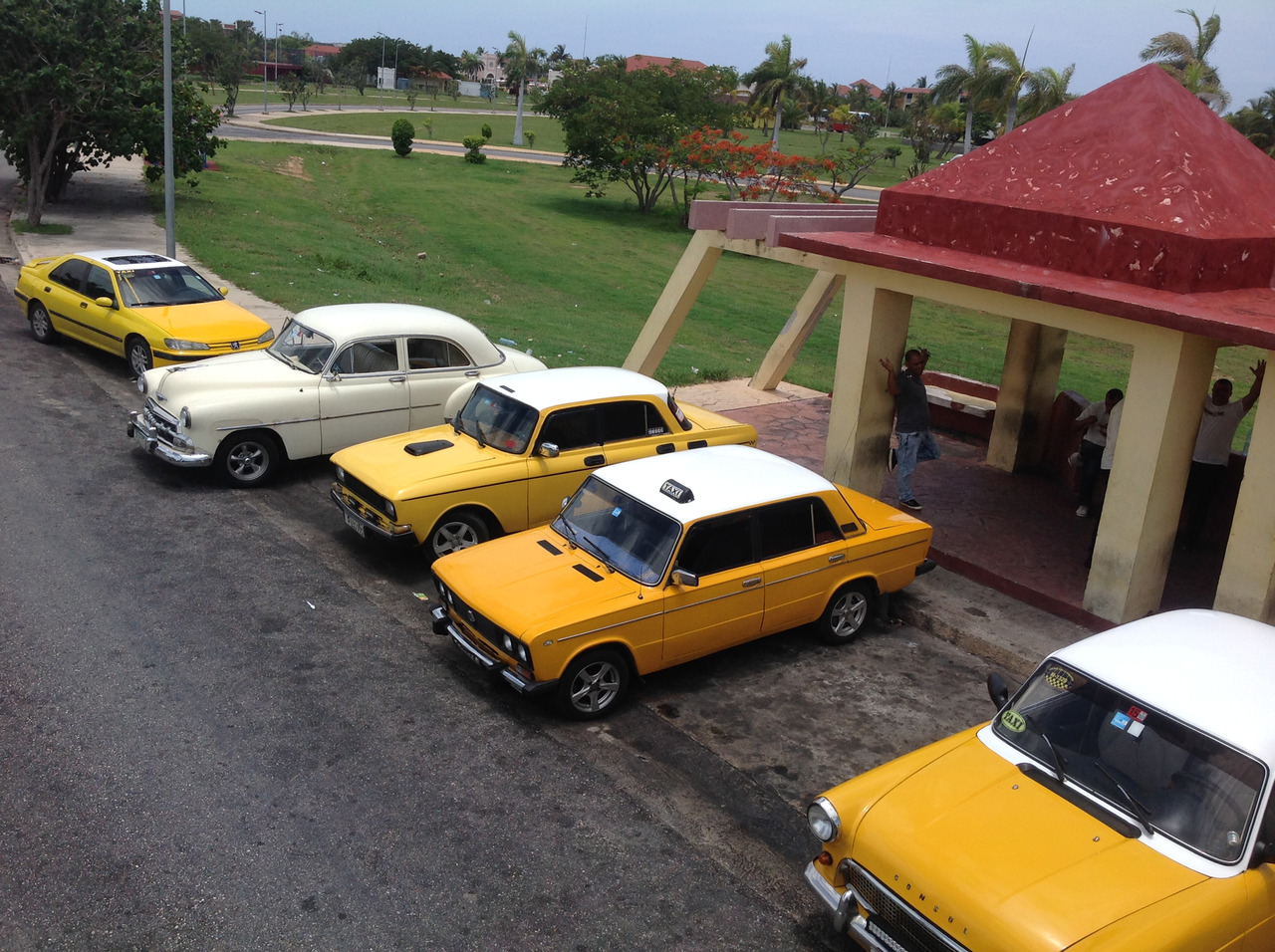
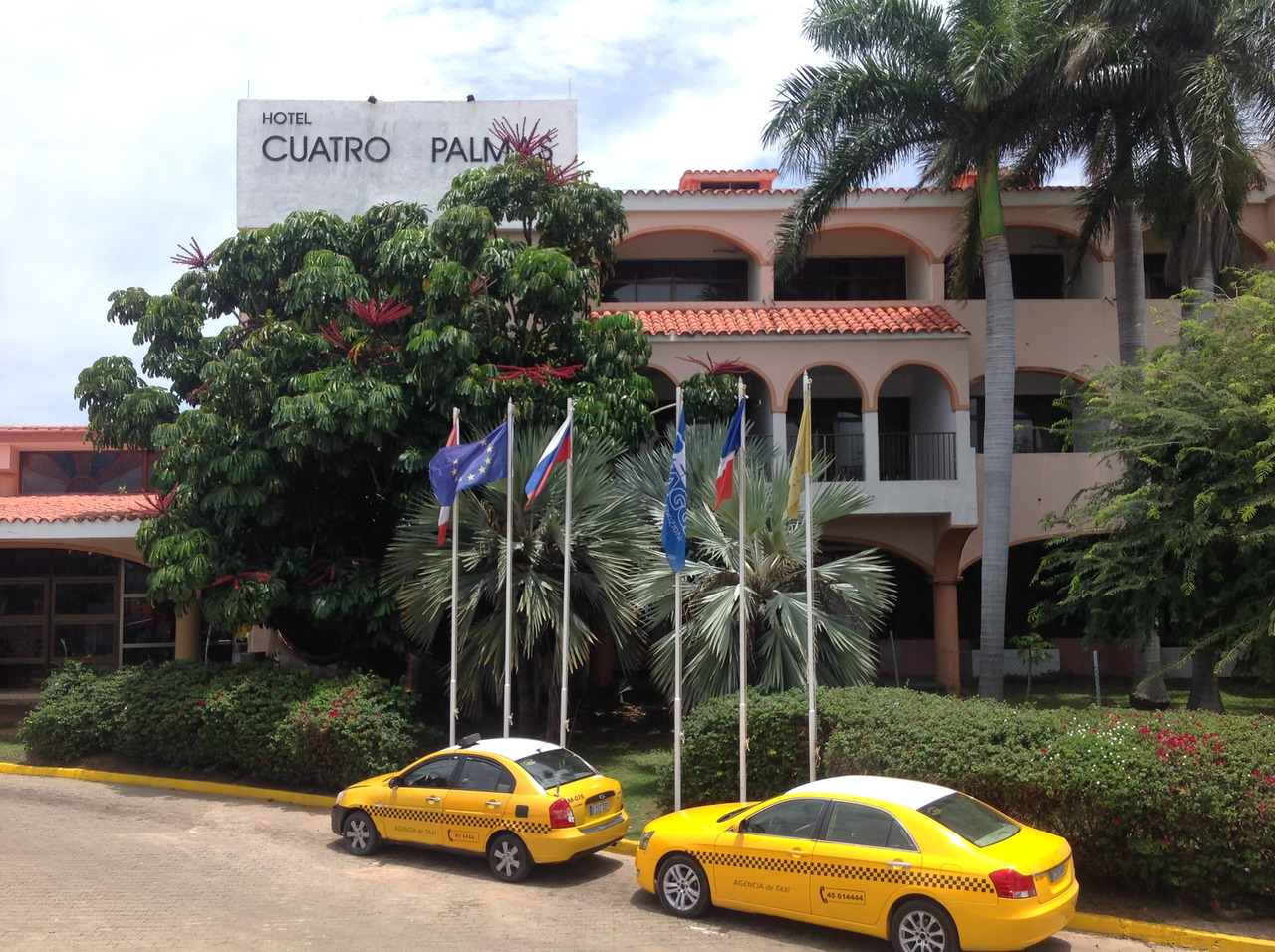
I walked to the first taxi driver — 25 euro. — It was very expensive. Probably it’s “bombs”, we’ll ask the others. How many? — 25. And the union 25. And then a whole crowd of taxi drivers approached and said that they have all 25. Such, sort of like, the tariff. As proof that they did not take this amount out of their heads, the taxi driver opened the front door of his car and showed a table glued on the door with prices for the road to the city center, to the bus station and to other areas of Havana.
The only one way to save money is to look for other travelers, and take one car for 4—5 people. So you will pay 5 euros instead of 25.
The most instructive in this story is that instead of 25 euros (CUC) I paid only 5.
Road to the bus station
Первое знакомство с Гаваной и с Кубой было по дороге от аэропорта к автовокзалу.
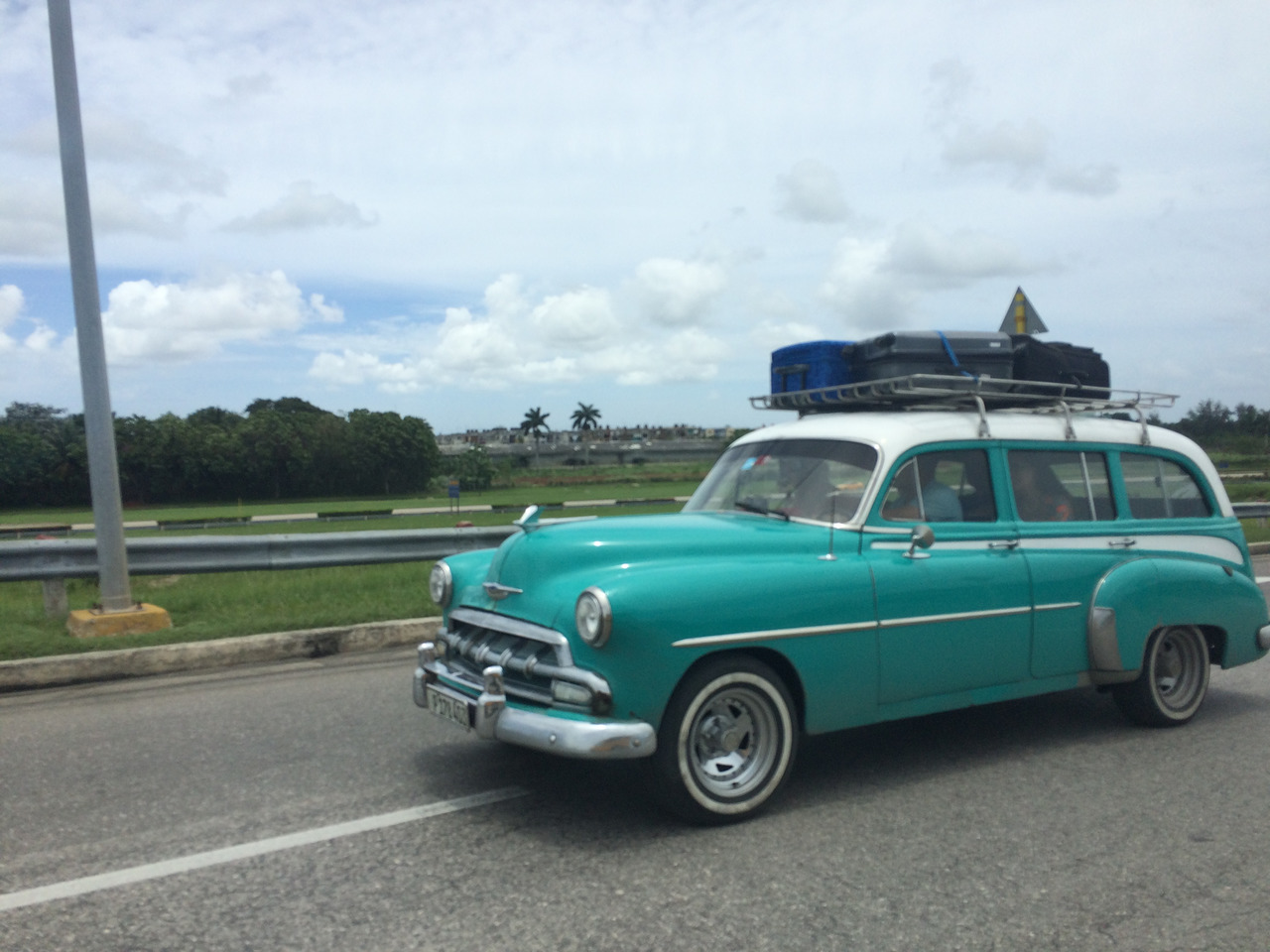
A traveler without a long experience of voyages in Latin America, Asia and Africa, immediately shocking such revelry of emotions, like here. But cars on 60% from an epoch of the middle — second half of the XX-th century, therefore from time to time all “is decorous and noble” as in the left millennium.
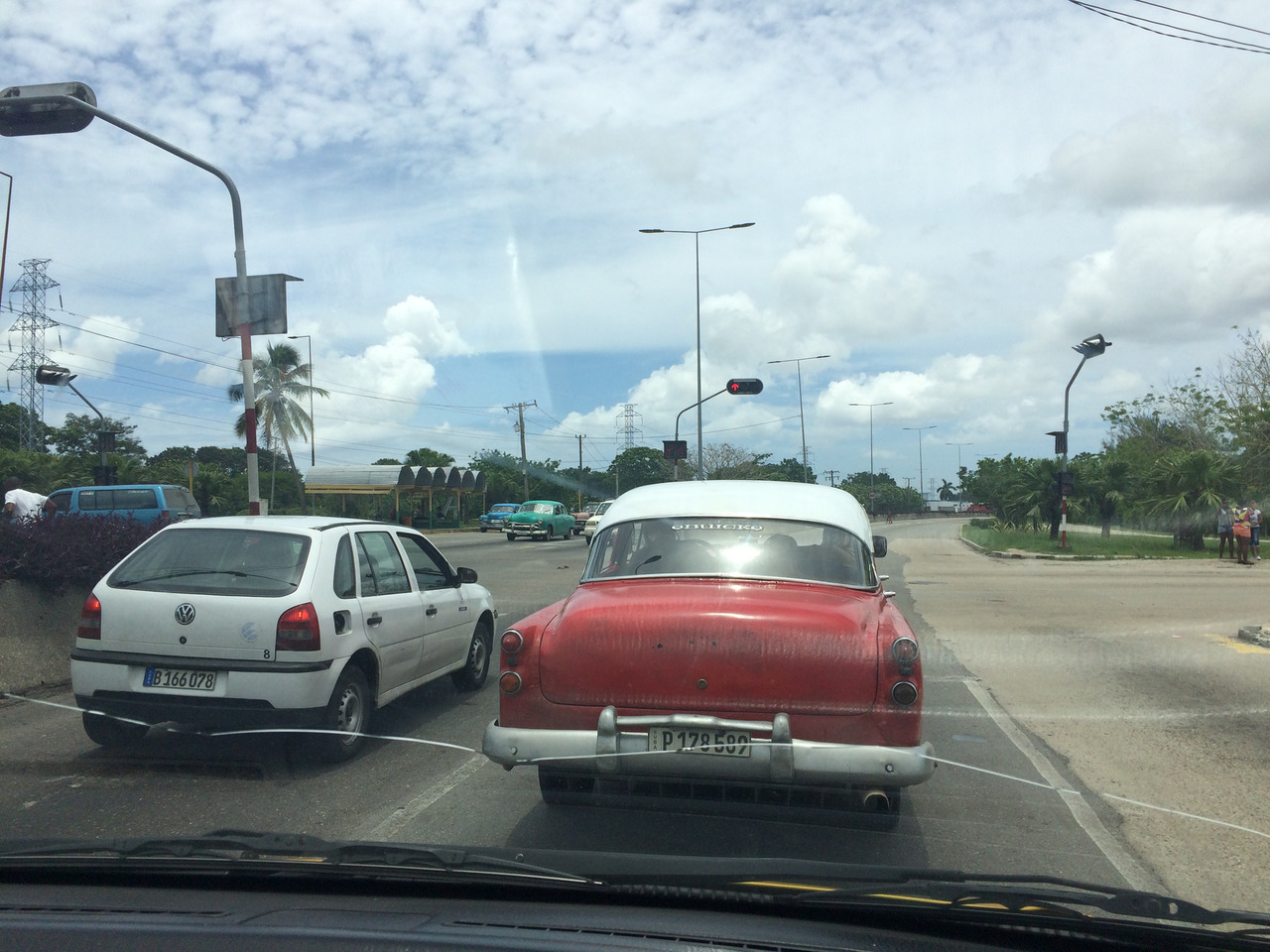
Havana Bus Station
Immediately give a few tips — long-distance traffic on the island are serviced by the state company Viazul. Therefore, if you need to take a taxi here, you can safely say “Viazul” to me. The bus schedule to Varadero and other cities in Cuba can be found on the website https://www.viazul.com/.
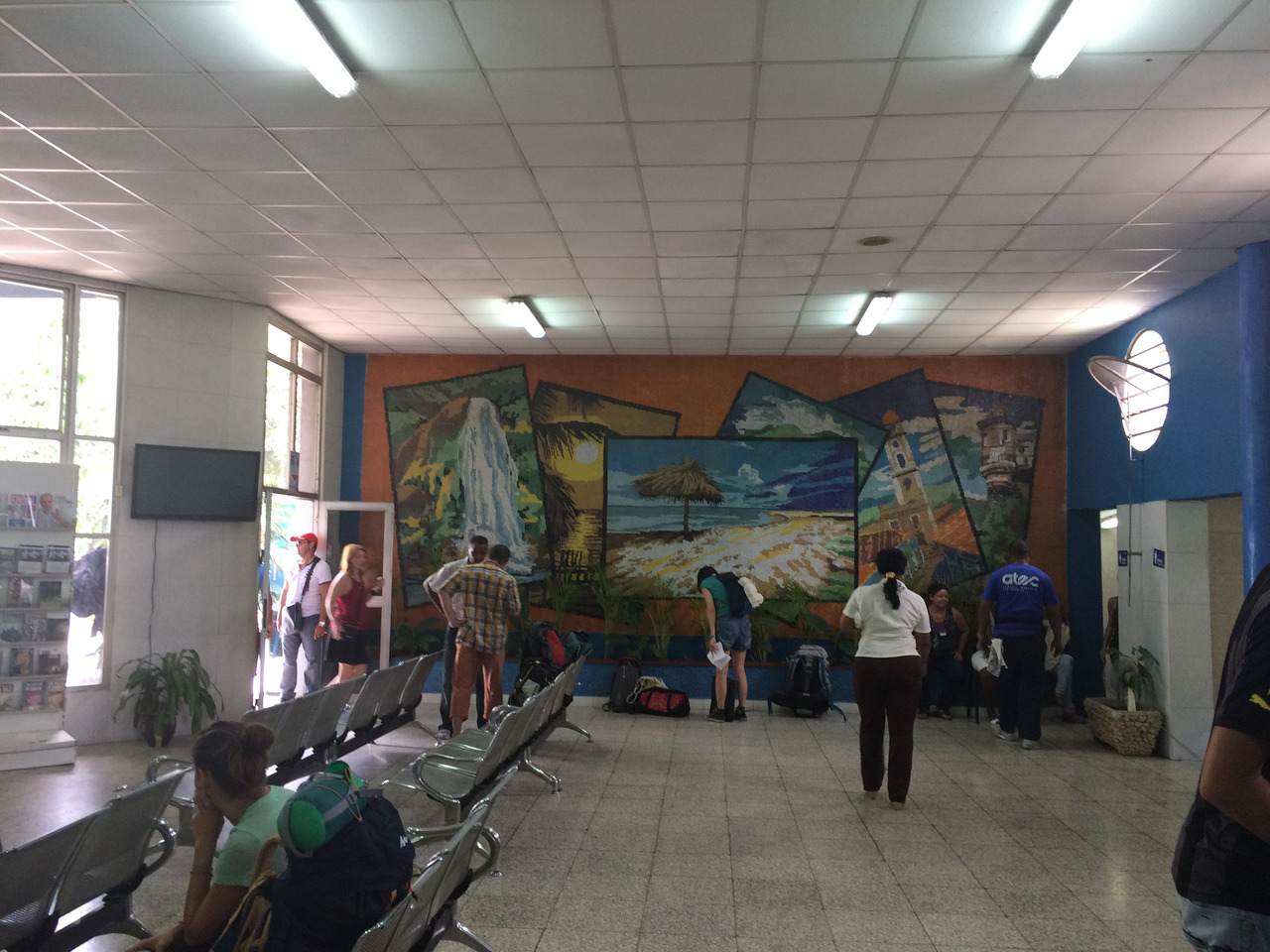
Special thanks to my traveling companion for orienting me at this bus station. I had only euros with me, and there was nowhere to exchange them nearby-it’s not often that foreigners come here at the Havana intercity bus station. So, she agreed in Spanish that I should change money right there at the rate of one to one. The ticket cost 10 CUC, but not 25, as the women promised on the info sheet.
The building of the bus station is two-story, and judging by how many Cubans here just sit and look around, taking off their shoes and spreading their legs to the neighboring seats, it seems that many here come every day just as they do to work, and to spend time talking together. And those who pass rare visitors of European appearance are asked for a little money.
Tickets are issued by hand, fly flies fly everywhere, the fire is unbearable.
Coloring! I like!)
And the bus left only a couple of hours. There was nothing to do — I had to go to the zoo on the contrary, in order to pass the time.
Havana Zoo
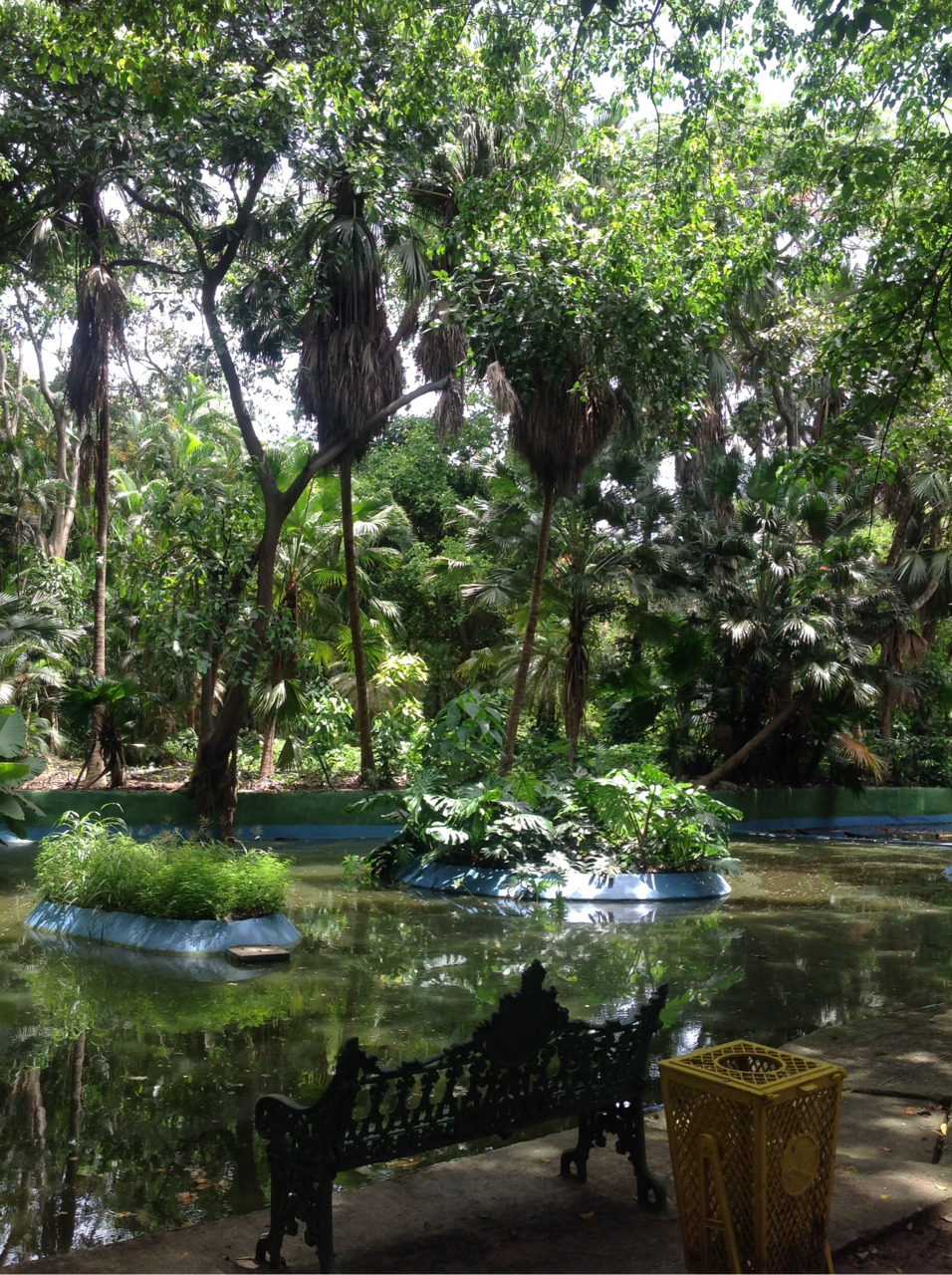
This is the first landmark of Cuba I visited. The ticket price was 4 CUC (4 euros). It seems that there is not much for the capital. But honestly, the zoo of this money is a stretch. If you have a little more time than I had, and you want to see the animal world of the island in the “habitat”, go to the Cuban National Zoo (Zulodzhiko Nasional Park), which by the way is located near the airport of José Martí. You can get to it either by taxi — if certainly for the entrance, or by the P12 bus, if you are not afraid to get lost and you want to search a few more kilometers for it.
At the entrance to the zoo you will be met by figures of deer.
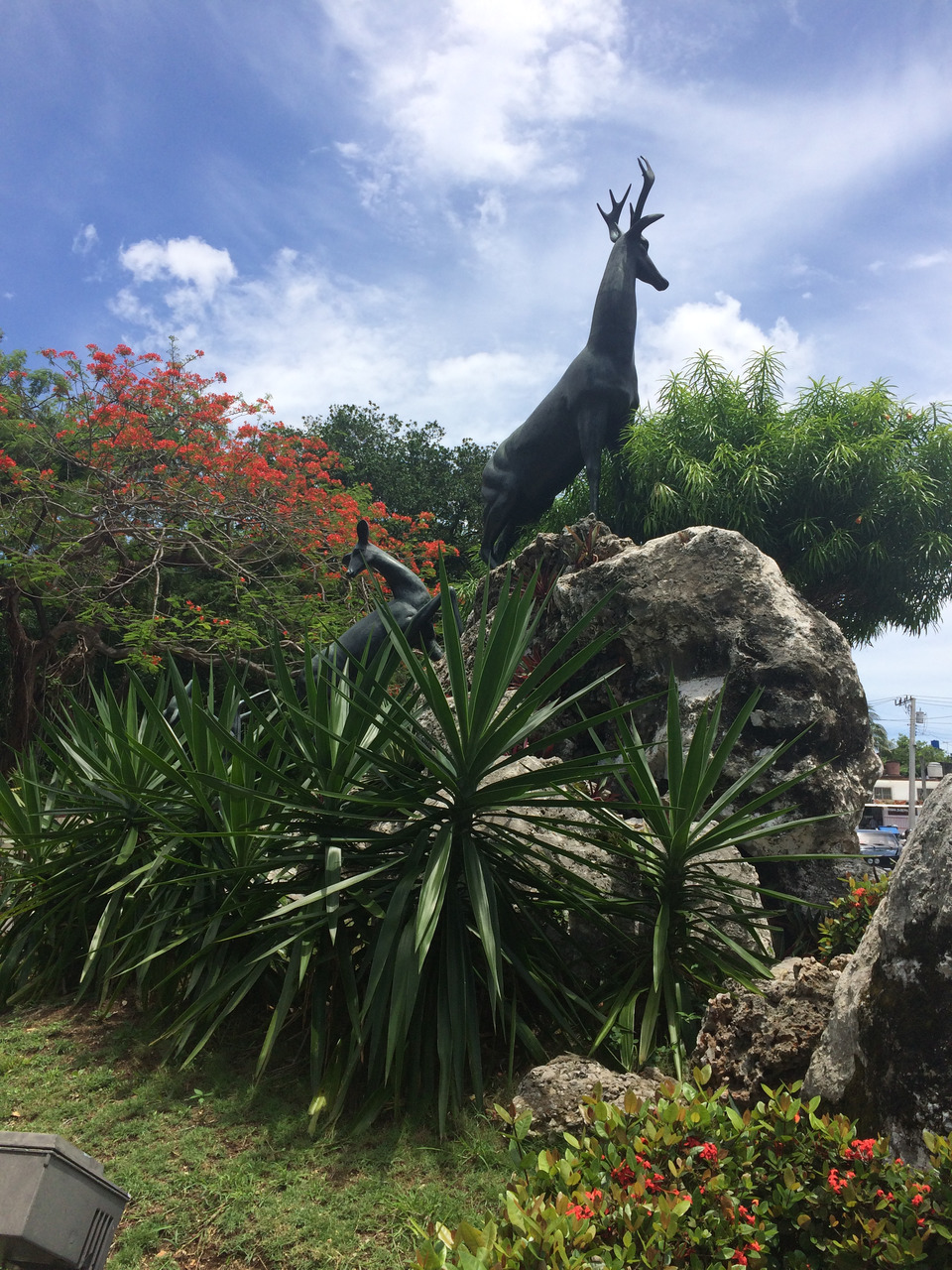
The main question along the way was one — where to leave things? At the bus station I did not find any storage room, but if I asked the staff, I immediately wondered how much they could claim for this service. So I decided to go straight with the bag to the zoo, but asked to leave things with the guards. They agreed and in the small brick lodge opened an iron safe, where I left things. After two hours of walking around the park, of course, they started asking me for money. I gave a coin of 50 centavos (half of one euro) — it seems like not a little. The loud woman, the guard in a light brown uniform, answered my question about how to get to Park Lenin, and squeezed this coin tightly in her hand.
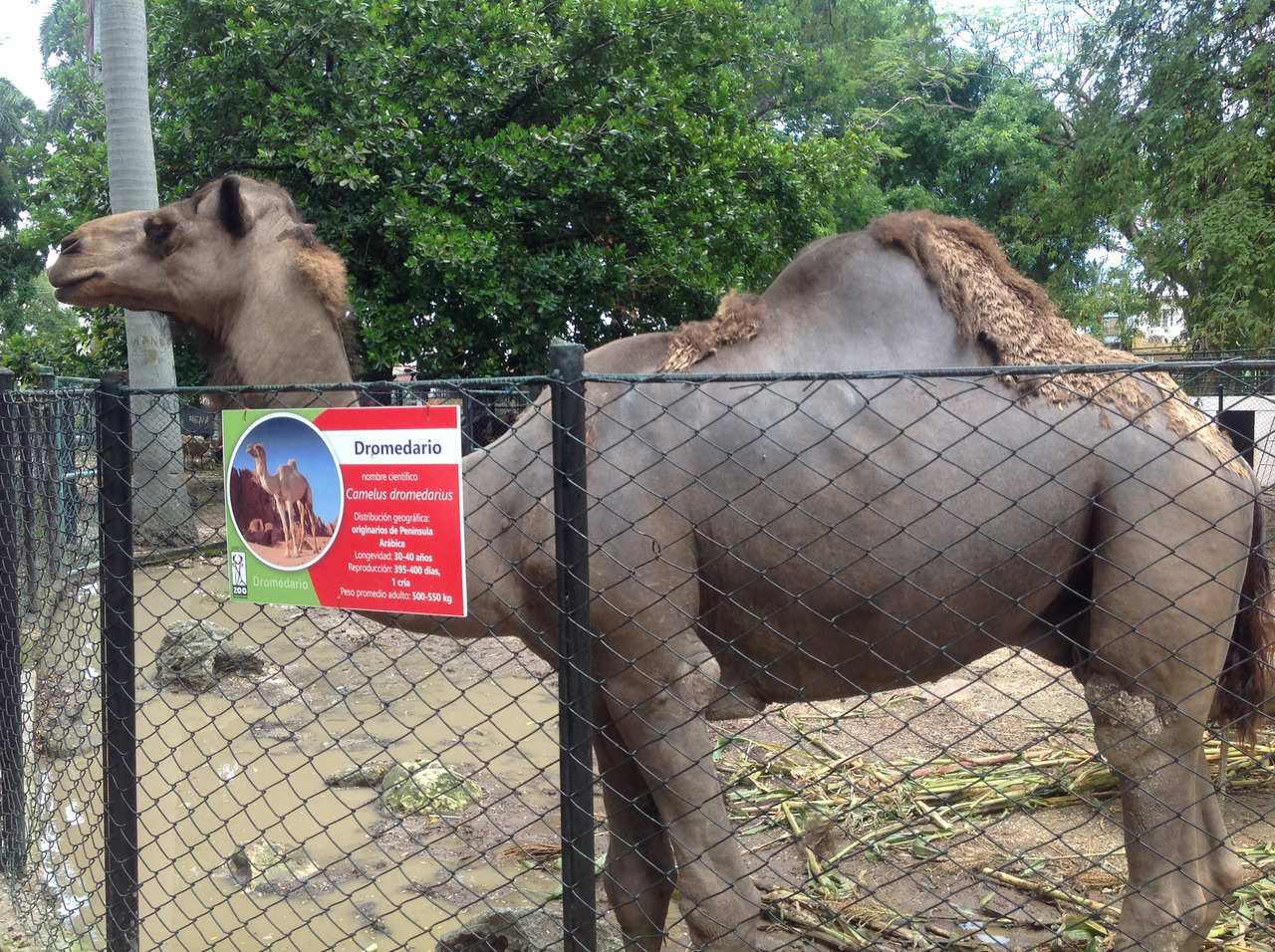
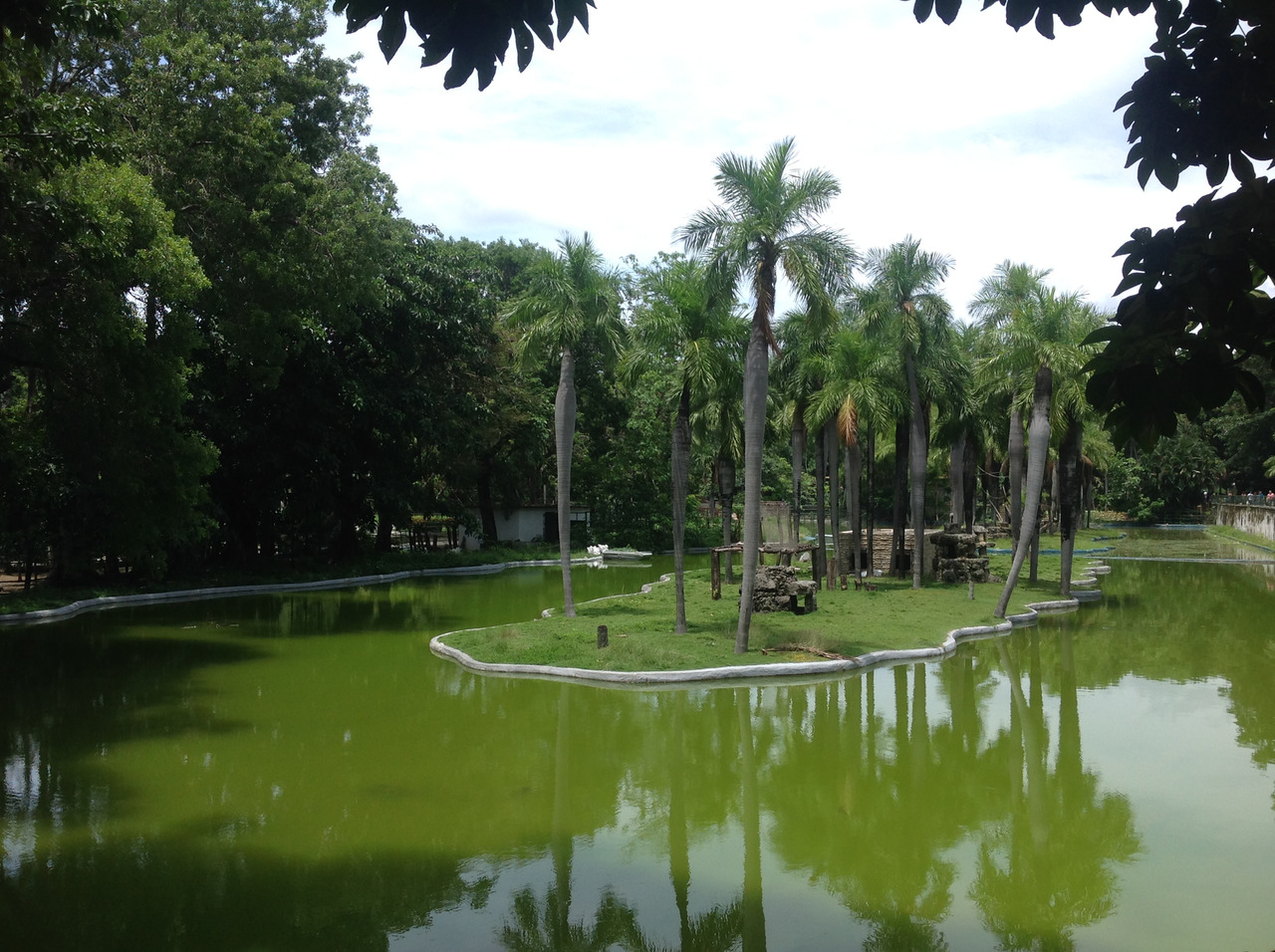
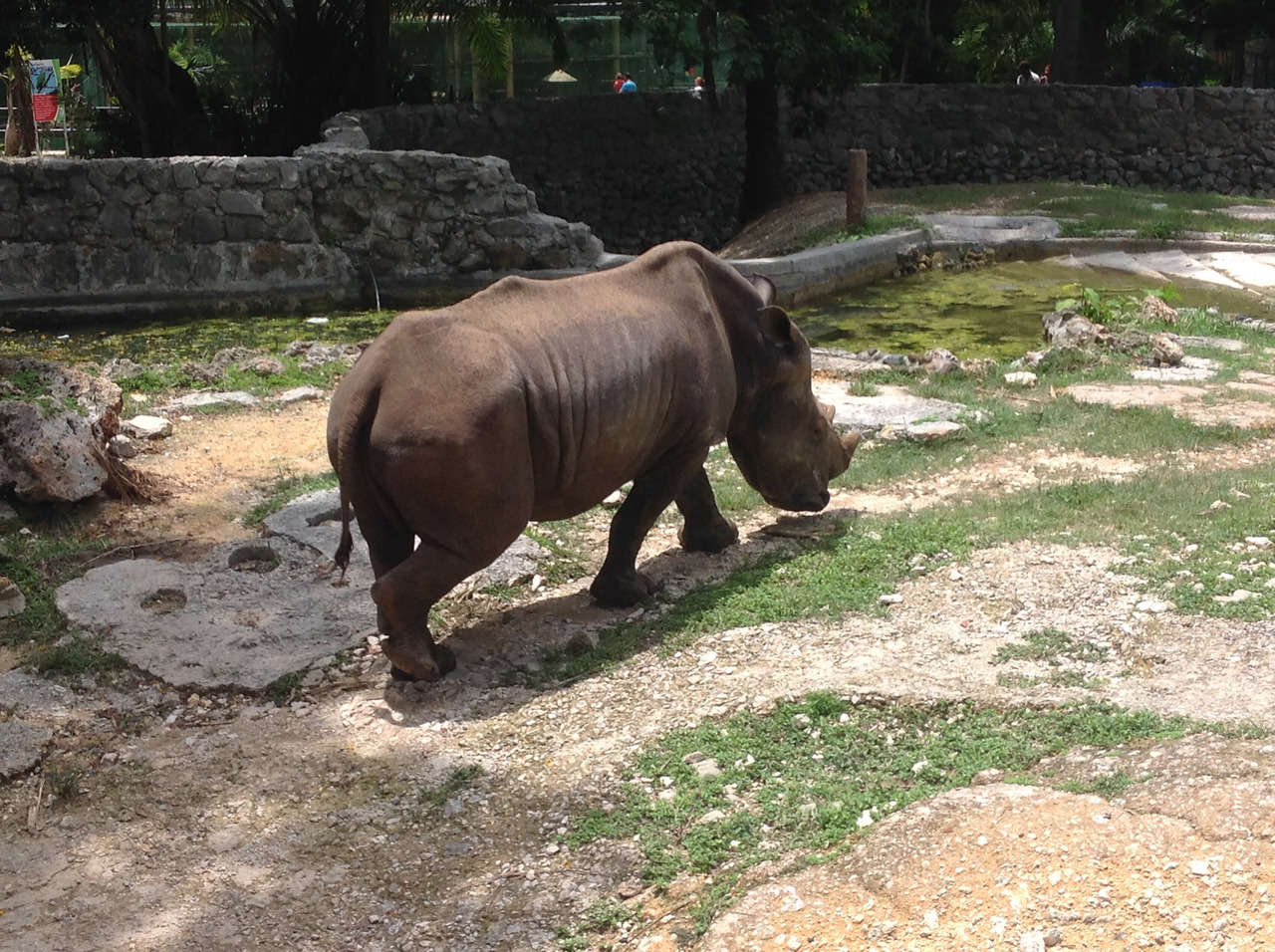
By its content, the zoo is quite ordinary. There is nothing supernatural. There are practically no predatory animals either. It is, of course, more like a children’s zoo. But here’s what the visitors really like here, so it’s the beauty of nature and imitation of wild jungles near the main alley. Here there are delicate benches in the colonial style, which complement the overall color of the place.
Colon. Christopher Columbus Cemetery
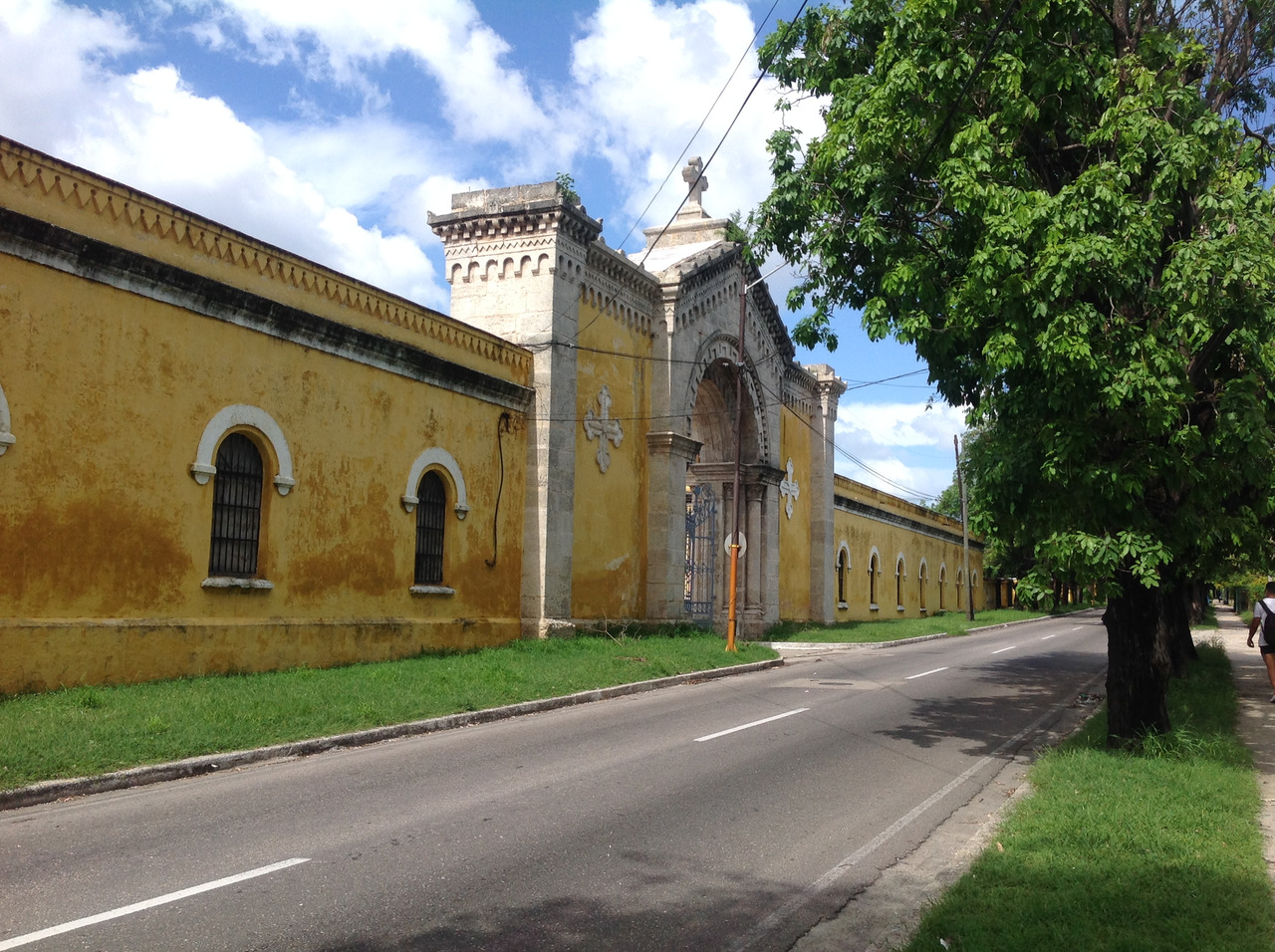
This old cemetery is within walking distance of the bus station. It was founded in 1876. It’s like a Vagankovo cemetery in Moscow. Many famous citizens of Cuba, including different historical epochs, are buried here.
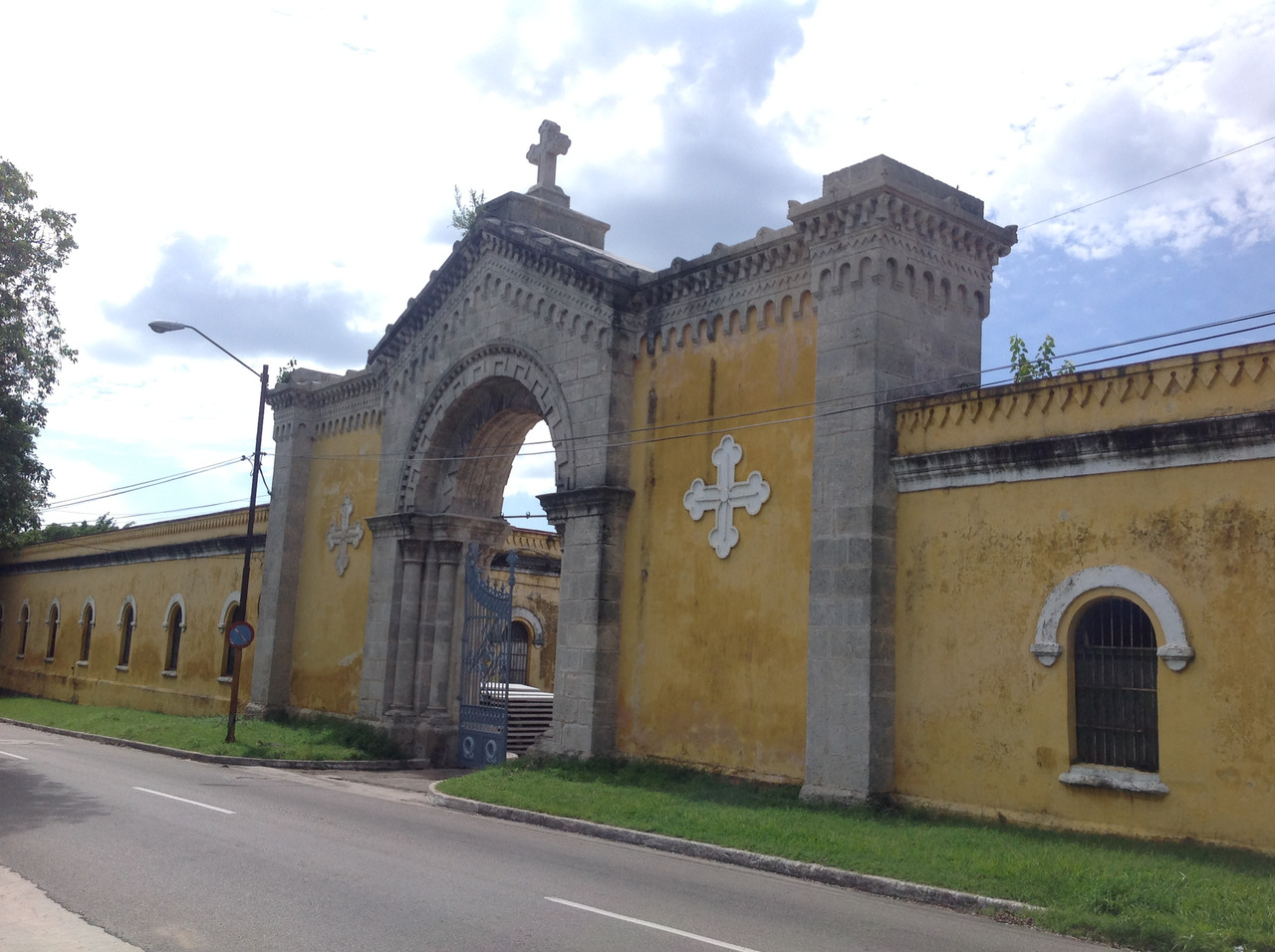
There are monuments, sculptural tombstones. However, most names are known only to Cubans.
Soviet high-rise buildings
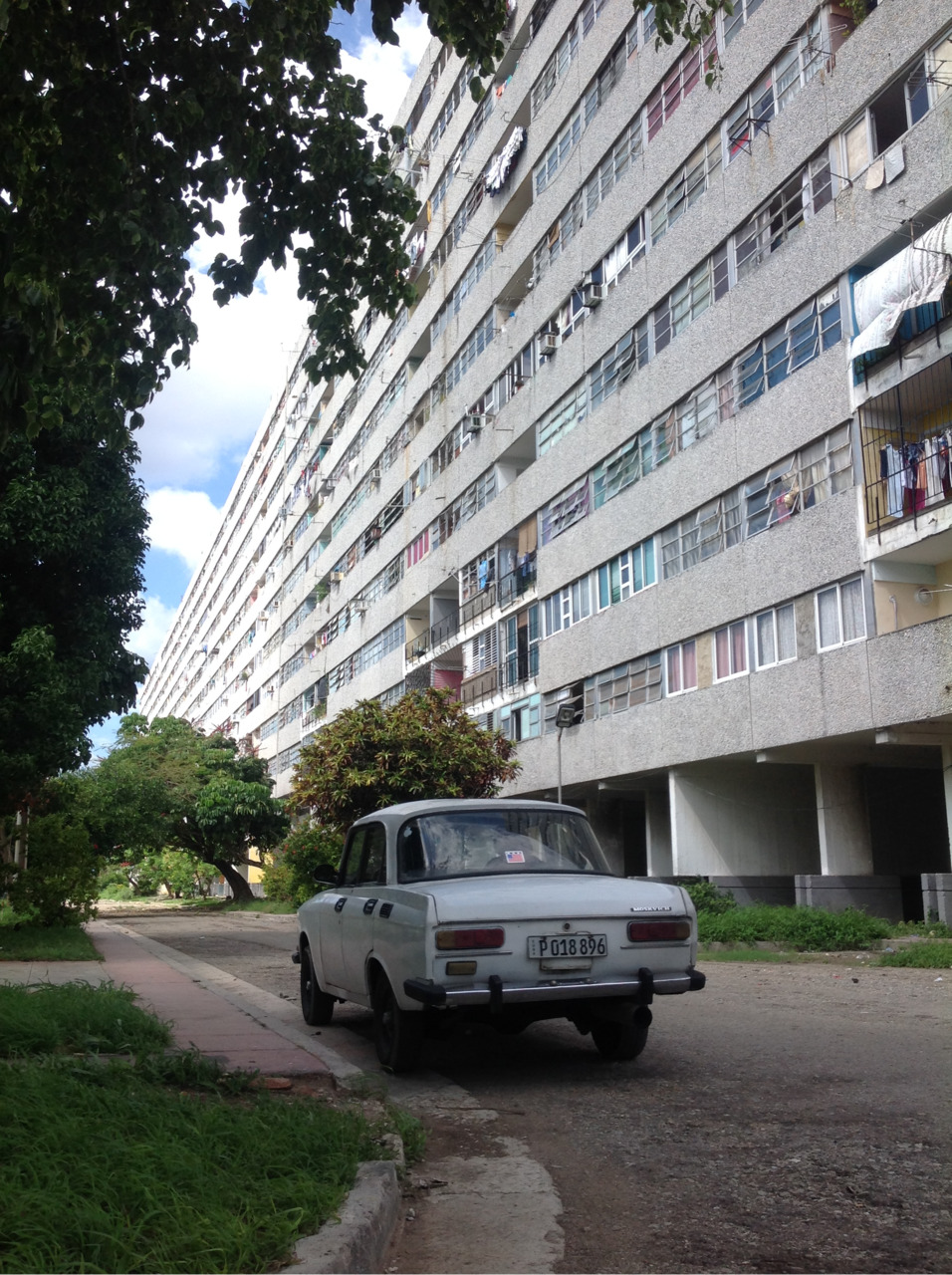
In this photo, the entire sketch of Soviet everyday life or scenes from the film of the 1970s. “Moskvich 412” and apartment building in the background. It may be unusual to see such episodes on the far overseas borders, but they are there, and in large numbers. Although the traditions and family troubles, and the thoughts in these apartments are completely different than they were in our country, and everything else, but there is something in everything about it, Russian, Soviet.
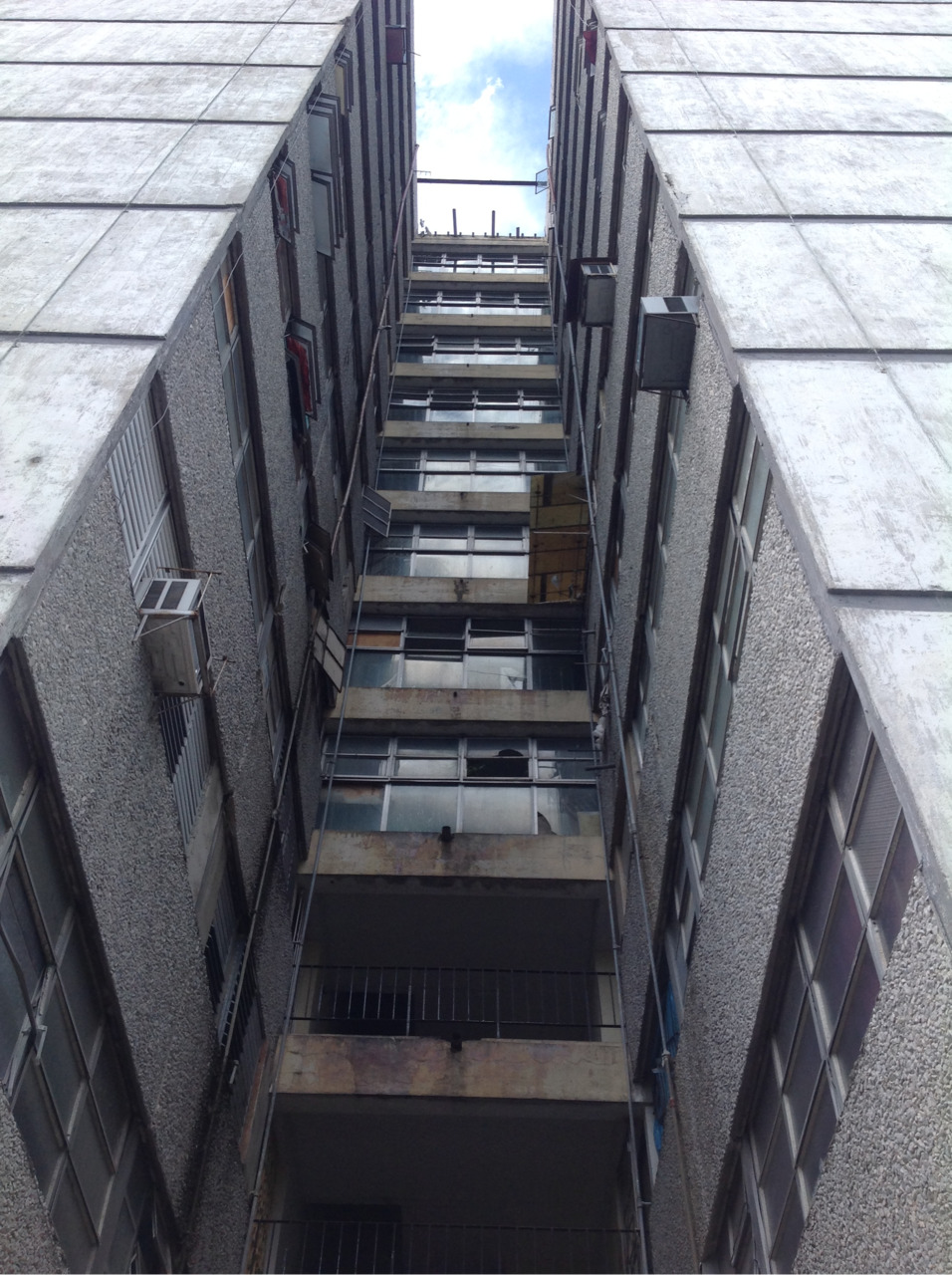
Avenida 26
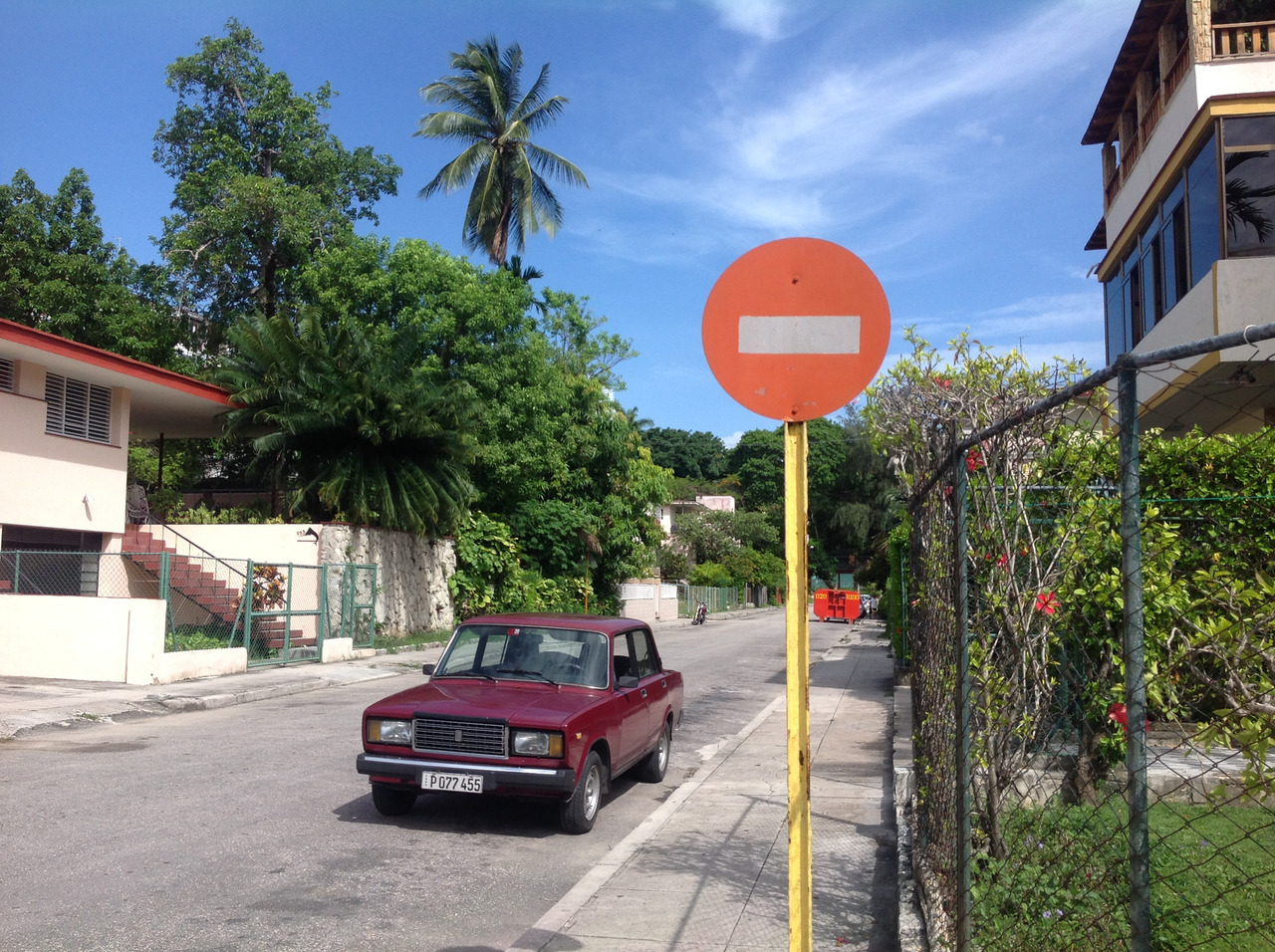
In Havana you will see a lot of streets, which are named not by the names of historical or cultural figures of the country, but are indicated by numbers — Calle 31, Paseo 29, Avenida 15.
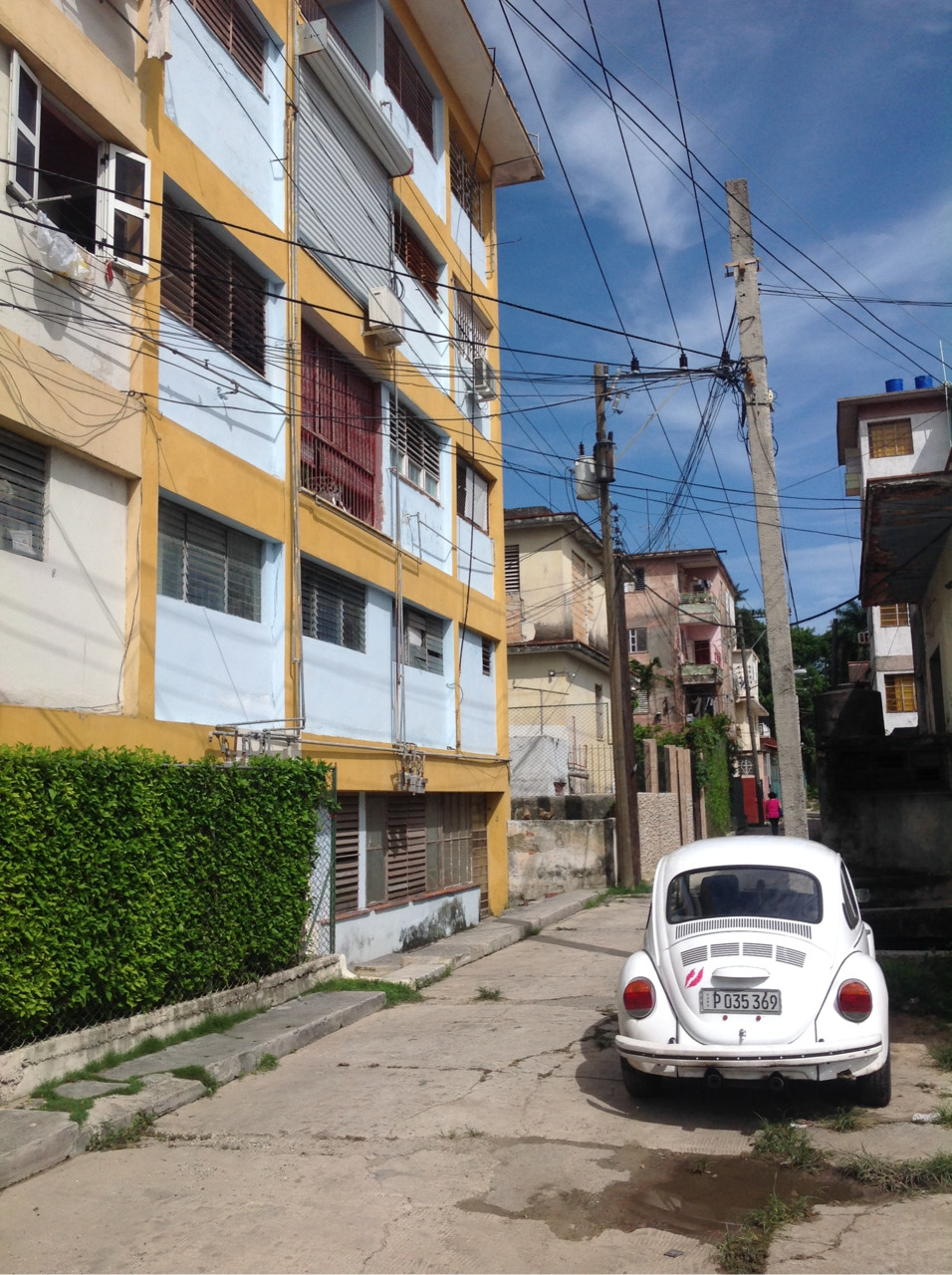
Avenida 26 is one of these streets. If suddenly it happens that you will be waiting for your bus to Havana to Varadero at the bus station and you want to get to the nearest attractions, for example, to the Colon cemetery, then follow this street.
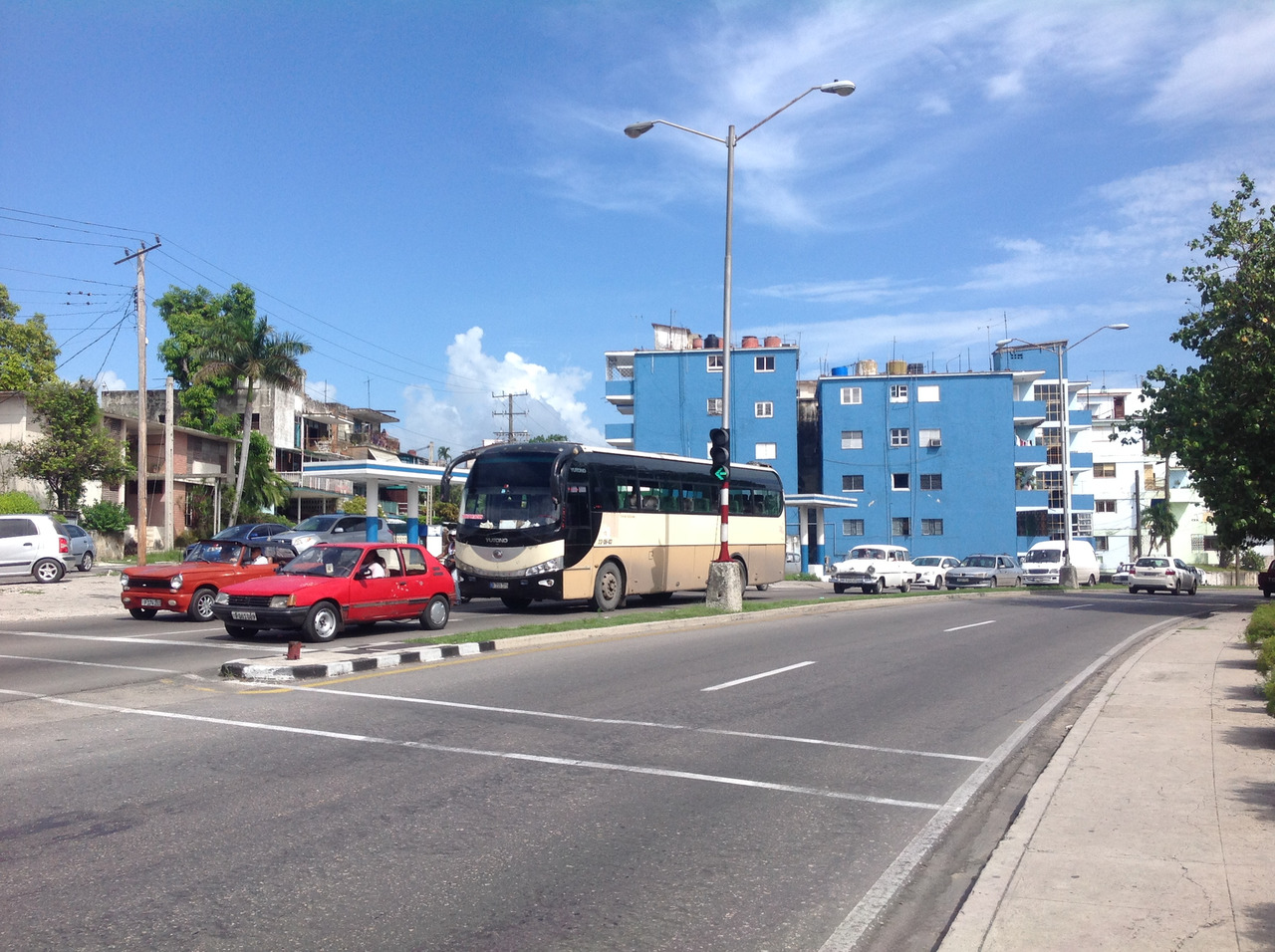
On this path, on the one hand, there are single-story houses of not very rich citizens. Coming out of one of them, an elderly thin woman with a short gray haircut in glasses called me “Comrade!”. Immediately, on the next street, and right next door to the cemetery, there are houses much more expensive, judging by their appearance.
Viazul Bus
By the appointed time, 5 pm, I arrived at the bus station.
In short, the bus, although not new, but quite tolerable. For not very discerning tourists quite pulls on 4-ku. It’s cool here, the seats recline (to be honest, many lean back, but do not come back). Passengers — the public is mixed, there are Cubans, but many foreigners — including from Russia. At the entrance check the ticket, and you can take your favorite and free place.
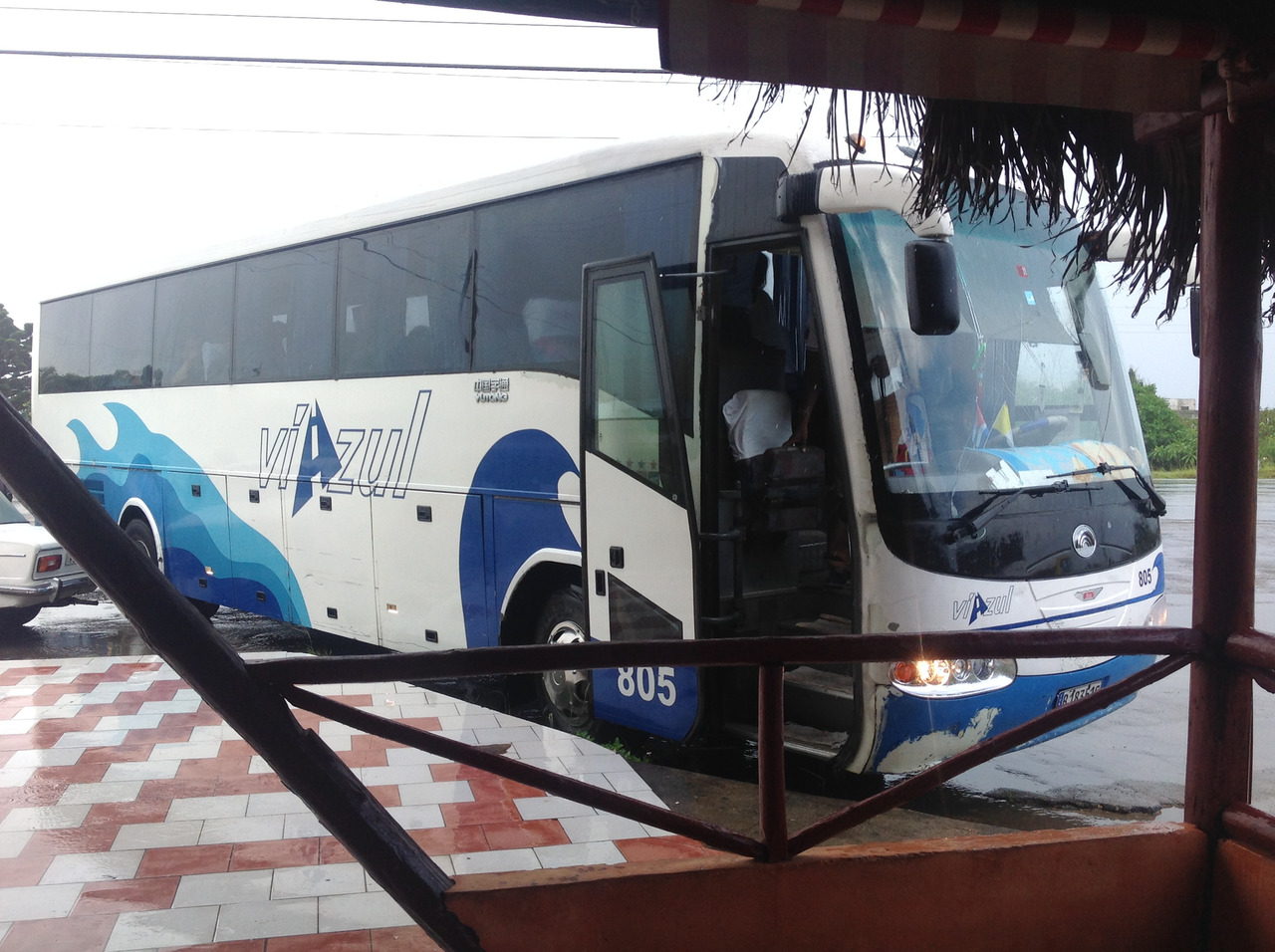
Colonial villas
As a legacy from the countries from which Cuba has been dependent for a long time, Havana has received a huge number of luxury villas and mansions. In the first half of the twentieth century, Cuba was quite an expensive resort for representatives of American business circles. Therefore here they built luxurious palaces.
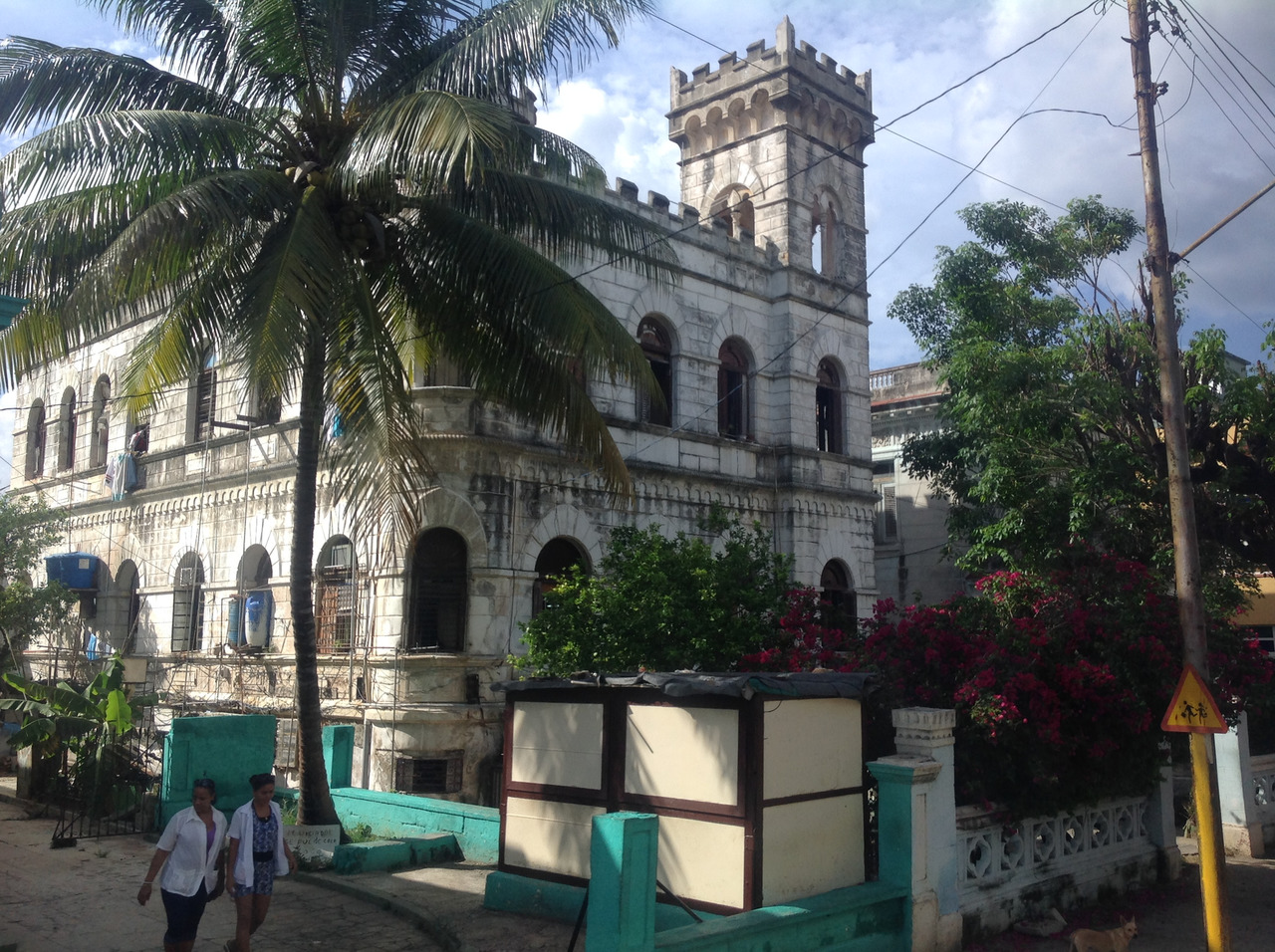
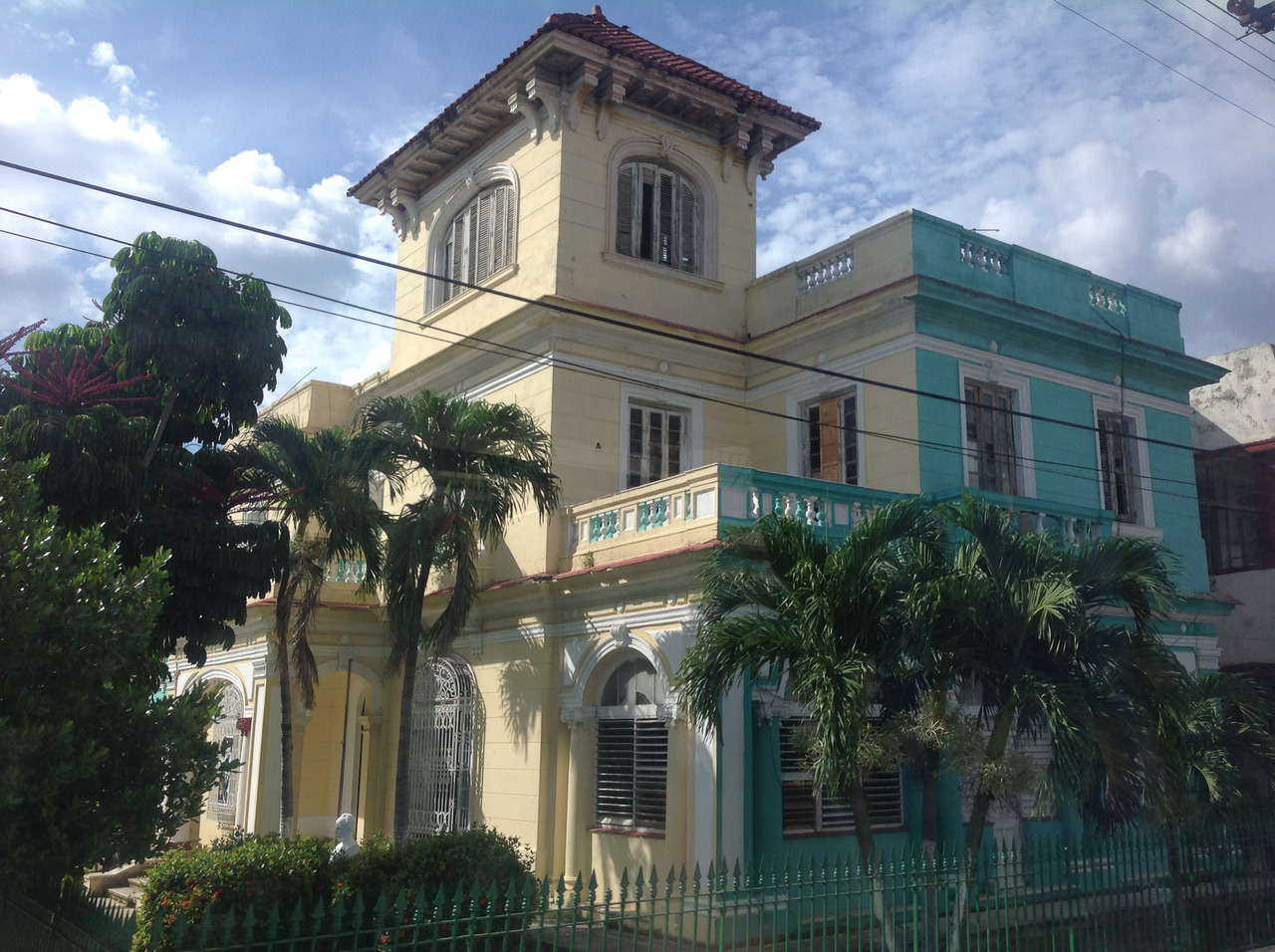
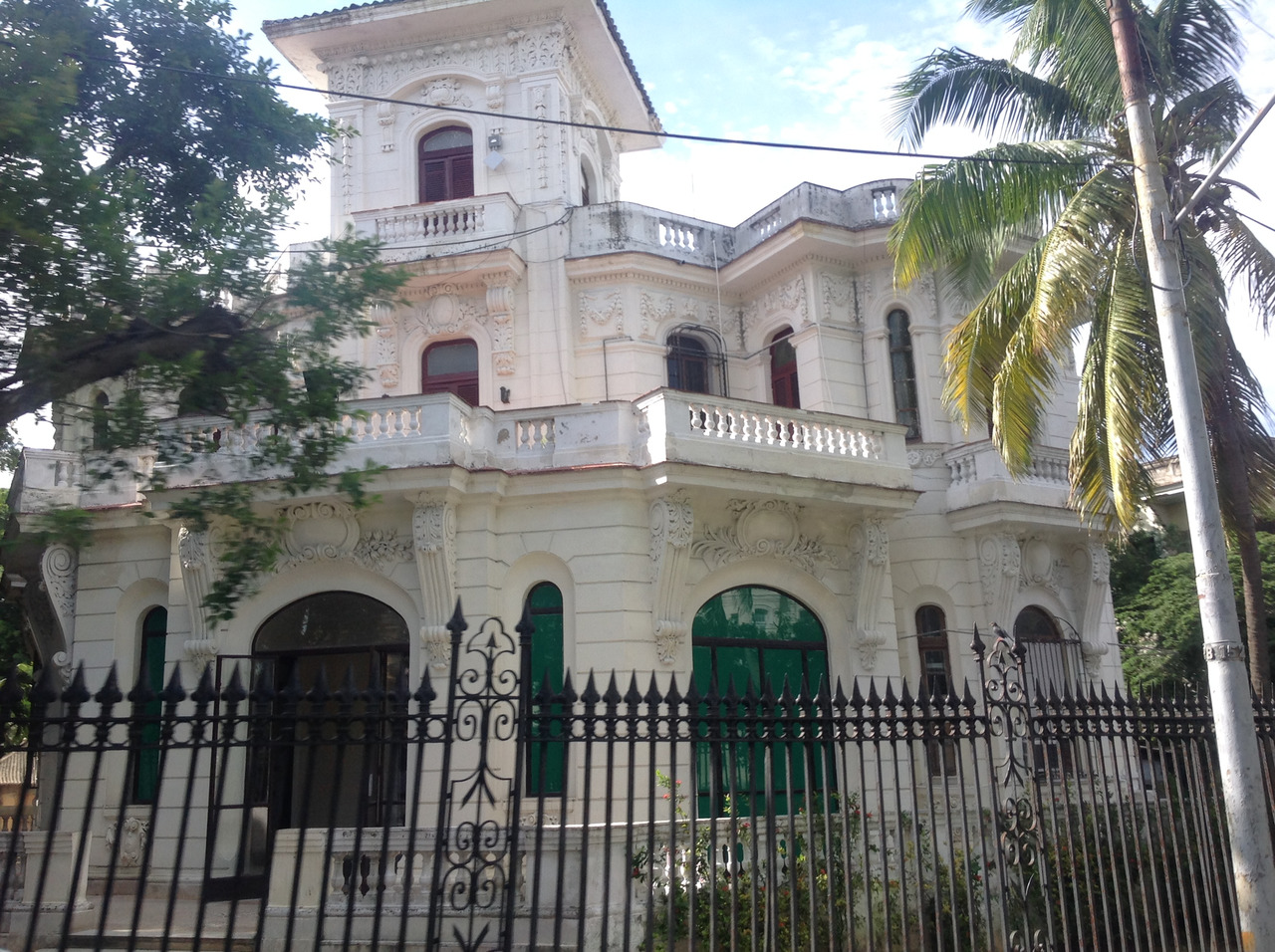
When our bus made its way from the bus station, which is located in the depths of the city, to the embankment, we passed just past that district (namely along the Passeau Avenue), where these villas were built at that time in abundance.
Malecon Embankment
The road with an explant for hiking and a sea breeze in the heart of Havana is the Malecon Quay, which is rightly called the visiting card of the city.
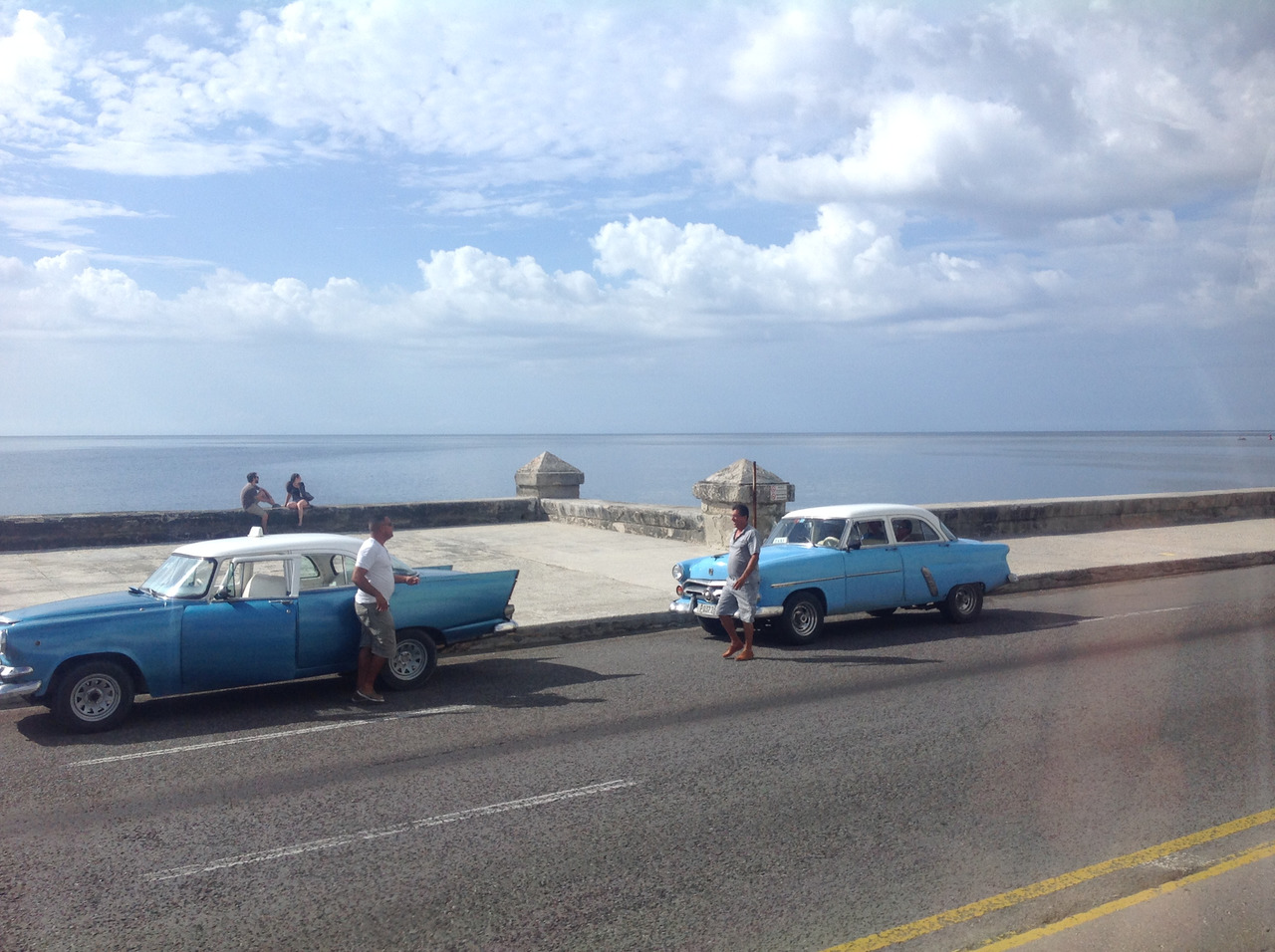
From the historic center of the Cuban capital, it leads to new areas of the city — Vedado and Miramar. The embankment has long been a popular tourist destination for locals and tourists. Especially in the evening, when the heat decreases. The embankment was built in stages, from 1901 to 1952. Indeed, it was difficult to build such a long stone belt in one setting, and therefore its creation witnessed different historical events in Cuba.
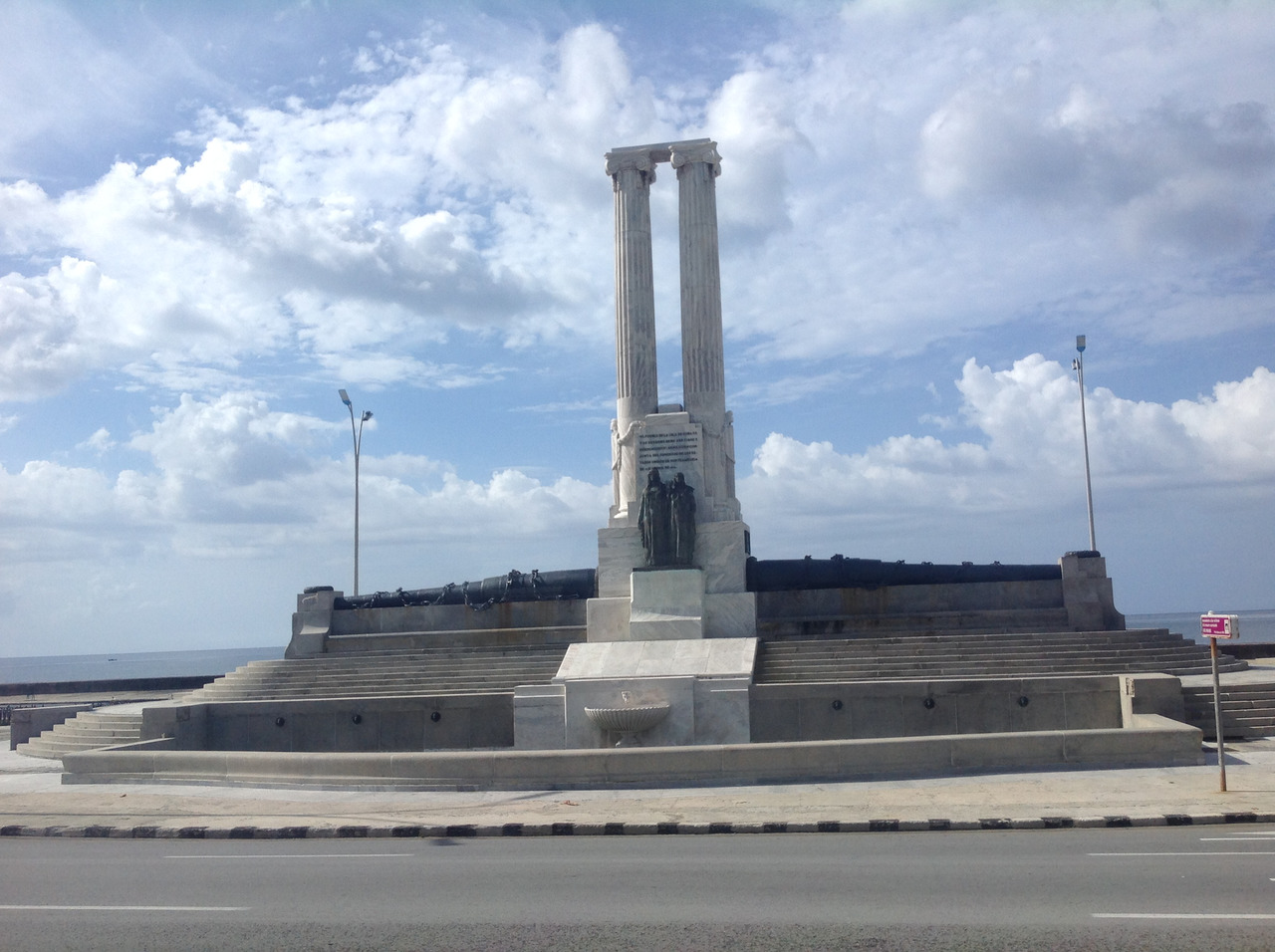
Along the Quay you can also see the entire Cuban history — the monument of Maximo Gomez, Antonio Maceo and many others, the former presidential palace building, the Tower of St. Lazarus and many others. However, we will tell you more about them later.
Via Monumental
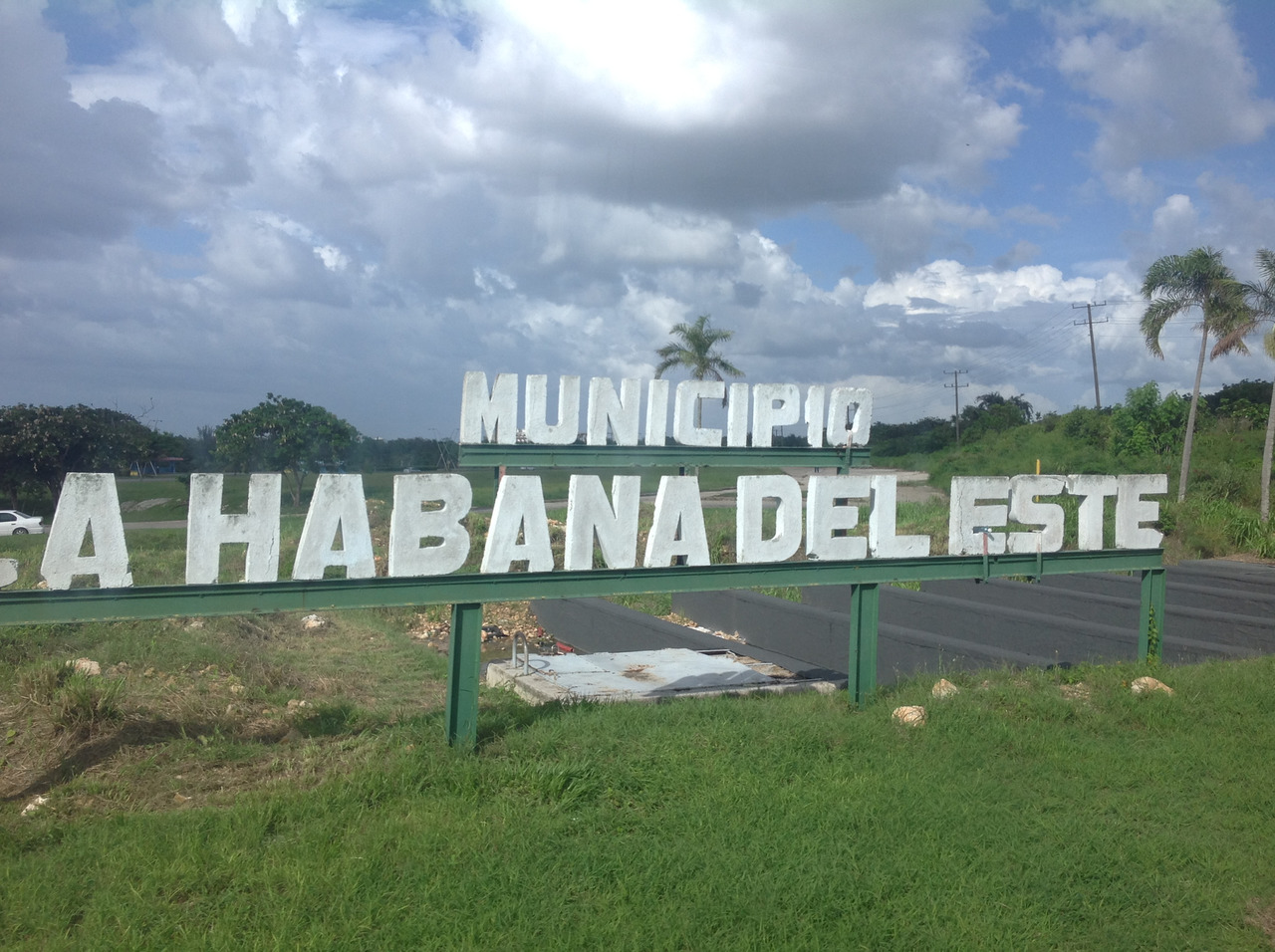
After the tunnel under the “Canal de Yenetrad” the Malecon Embankment passes into a street called Via Monumental. Here you will see green lawns and palm trees, which seem to say that you leave the urban jungle and enter the rest of Cuba, rich in its natural diversity.
The road to Varadero
The distance from Havana to Varadero is about 130 km. In principle, the car can be easily reached in 1.5—2 hours. But on the bus, the road usually takes 2.5 hours.
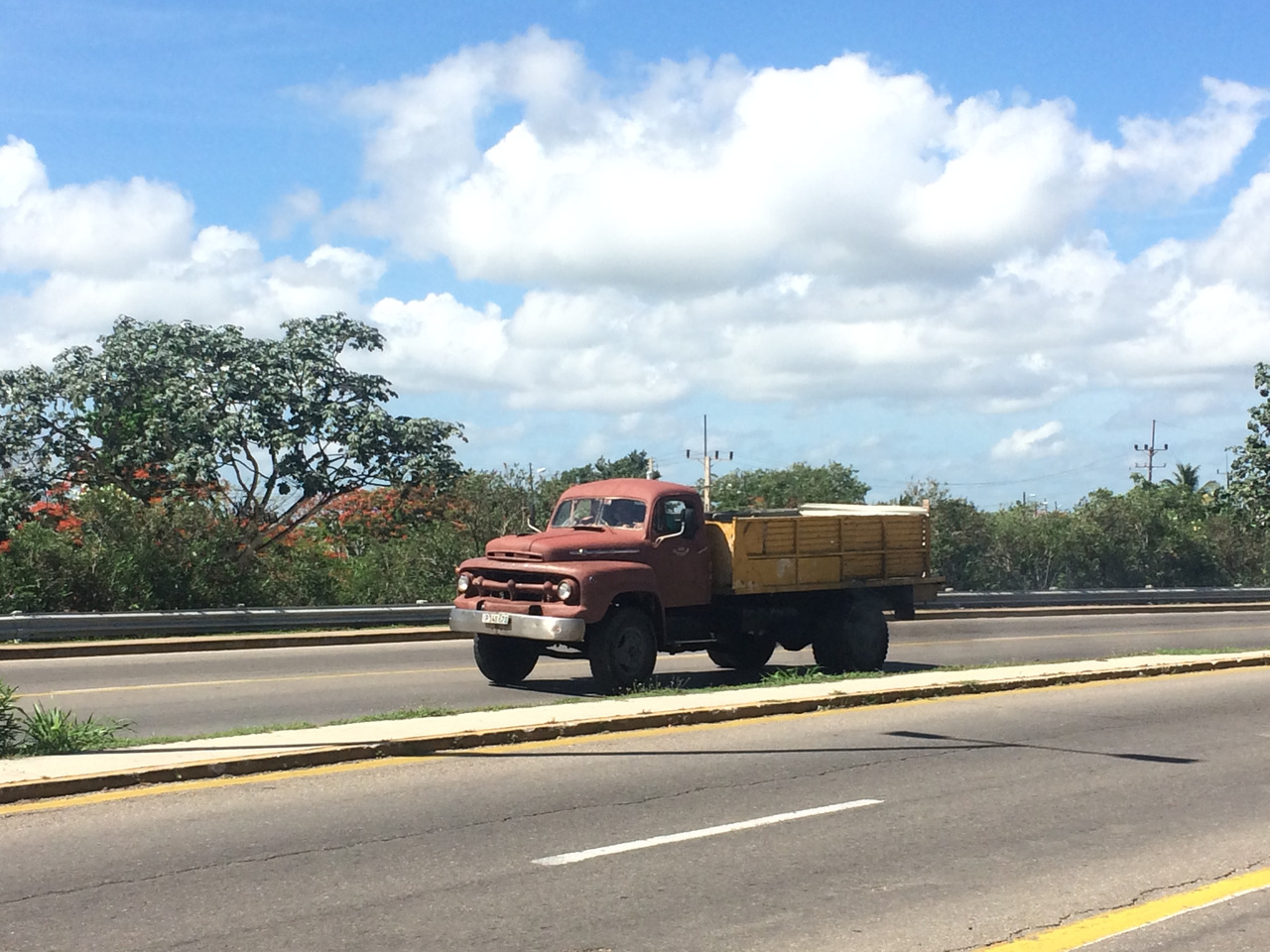
Halfway we stopped at some roadside cafe.
Cuban cars
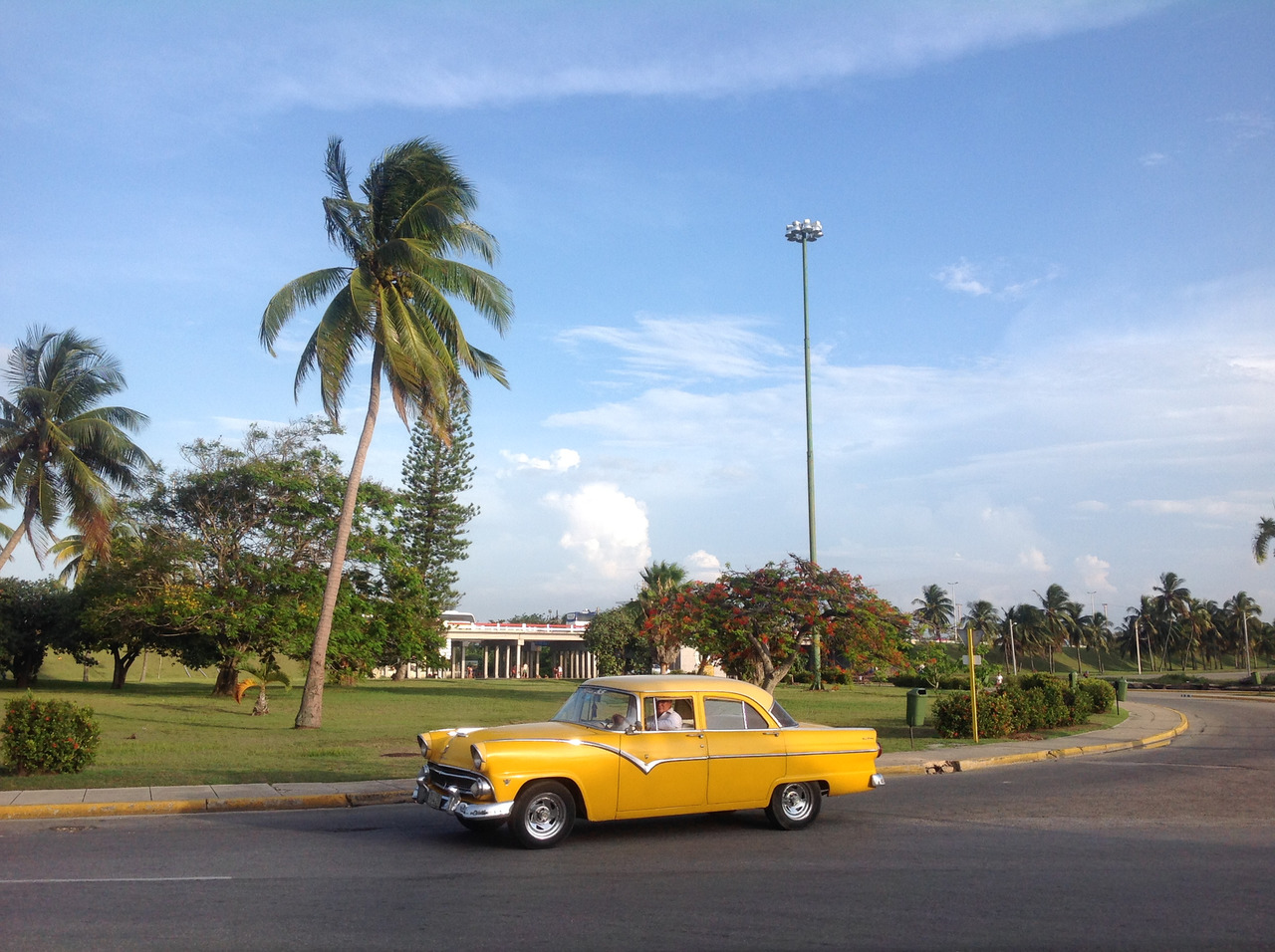
The car fleet of Cuba has begun to change rapidly in recent years. The ban on the import and retail sale of new cars, effective since 1959, was abolished in 2014. So, began to go down in the history of the US machine of the first half of the twentieth century and the machine of the USSR in the second half of the twentieth century. Many tourists scold this step of the authorities, but the local people are very, very happy, because now it is possible to finally buy a new car, if of course it has money.
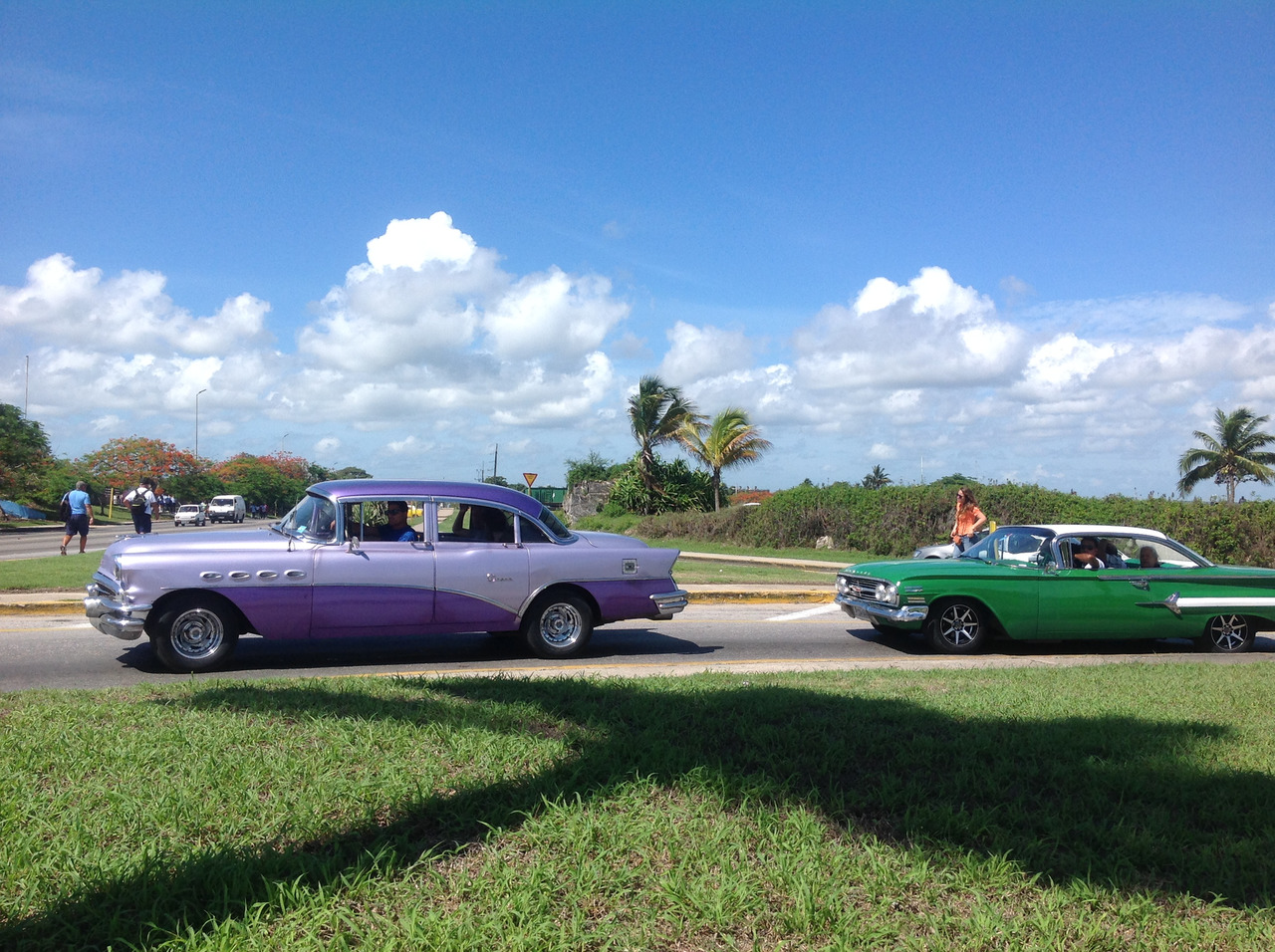
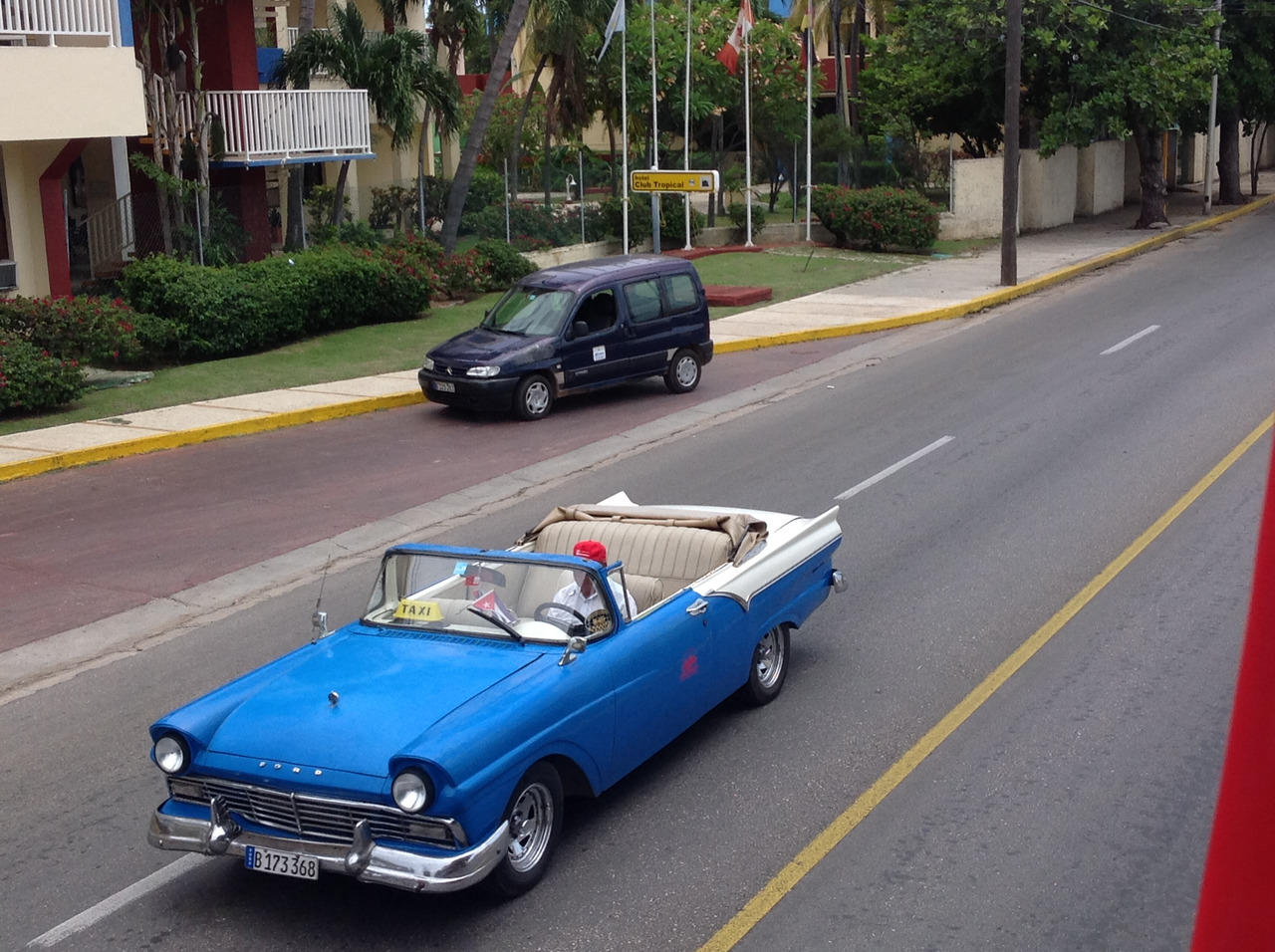
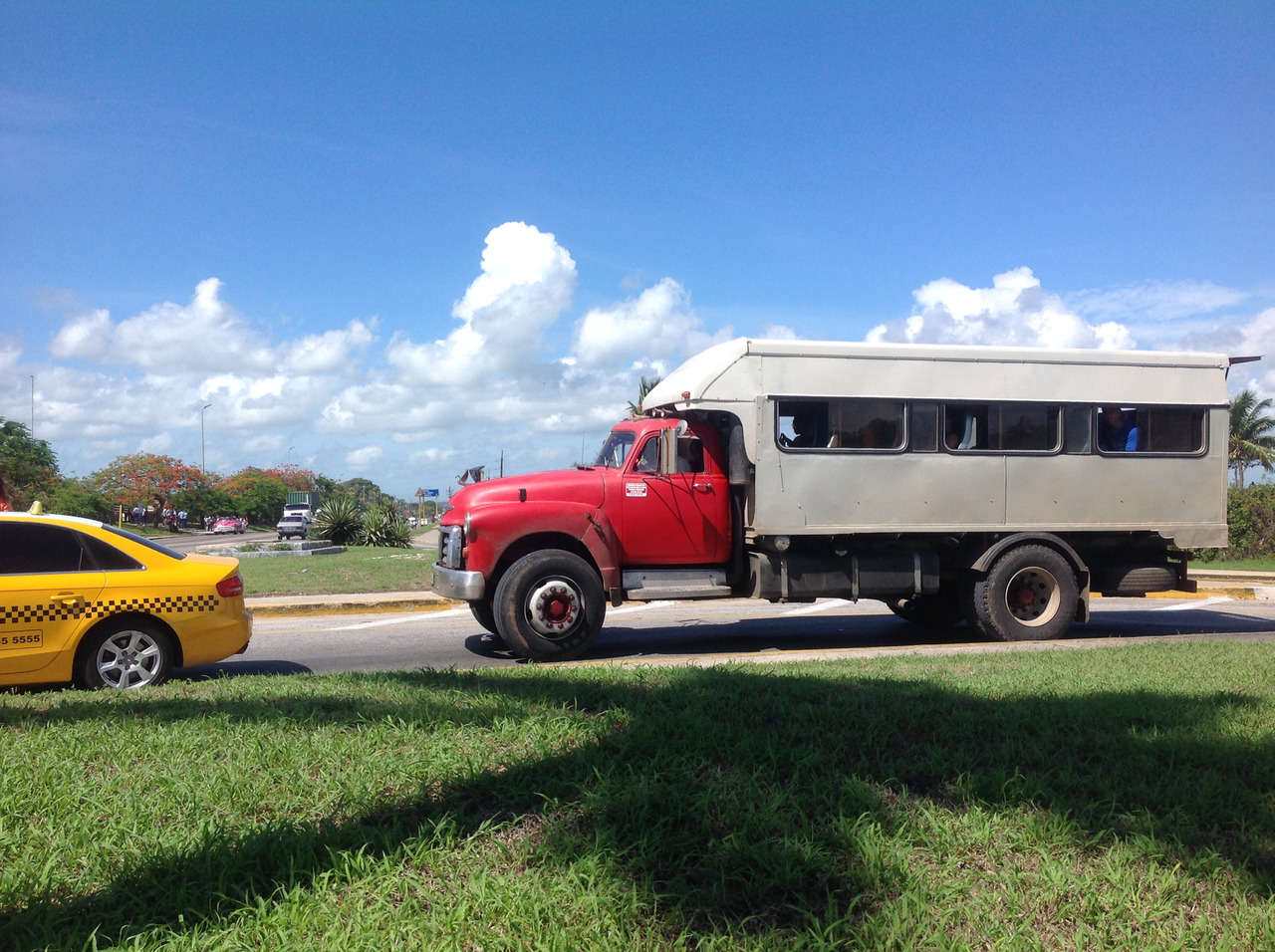
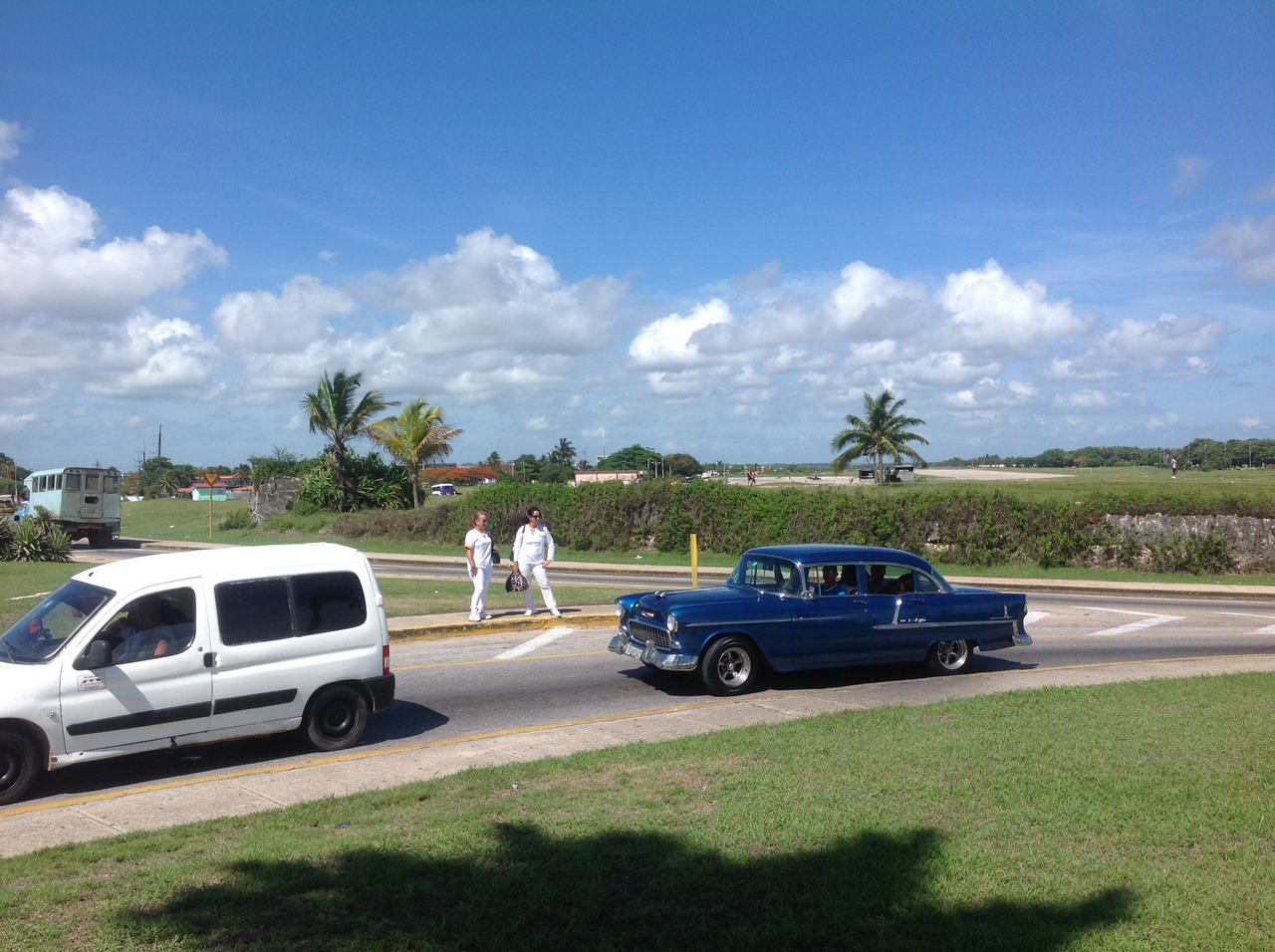
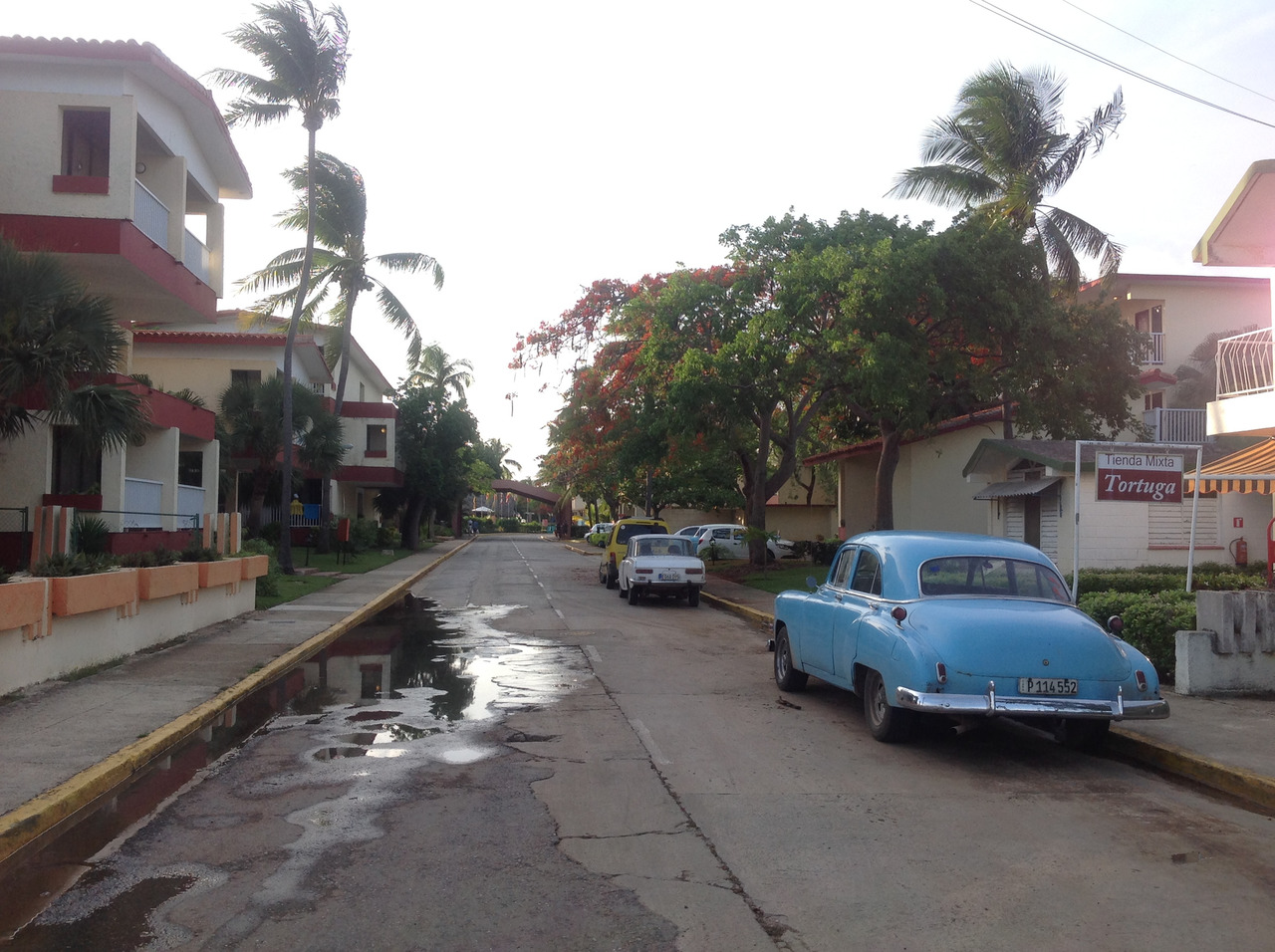
This is for us, spoiled tourists, rarities cause only positive emotions, and the entire Island of Freedom is one unprecedentedly huge museum of retro cars in the open. For Cubans, the same old car — it’s a waste of money — for spare parts, for tuning (which by the way is extremely important in a local tropical climate and the scorching sun). To keep the car here is insanely expensive. Especially old. But they do not give up, and with warmth and care pass their old cars to the next generation. In general, the residents who were born and grew up on the island, retro cars mazoljat eyes all life, and probably update the car fleet of the country, will be associated with them for updates in the country as a whole. Well, if the wind blew, then why not.
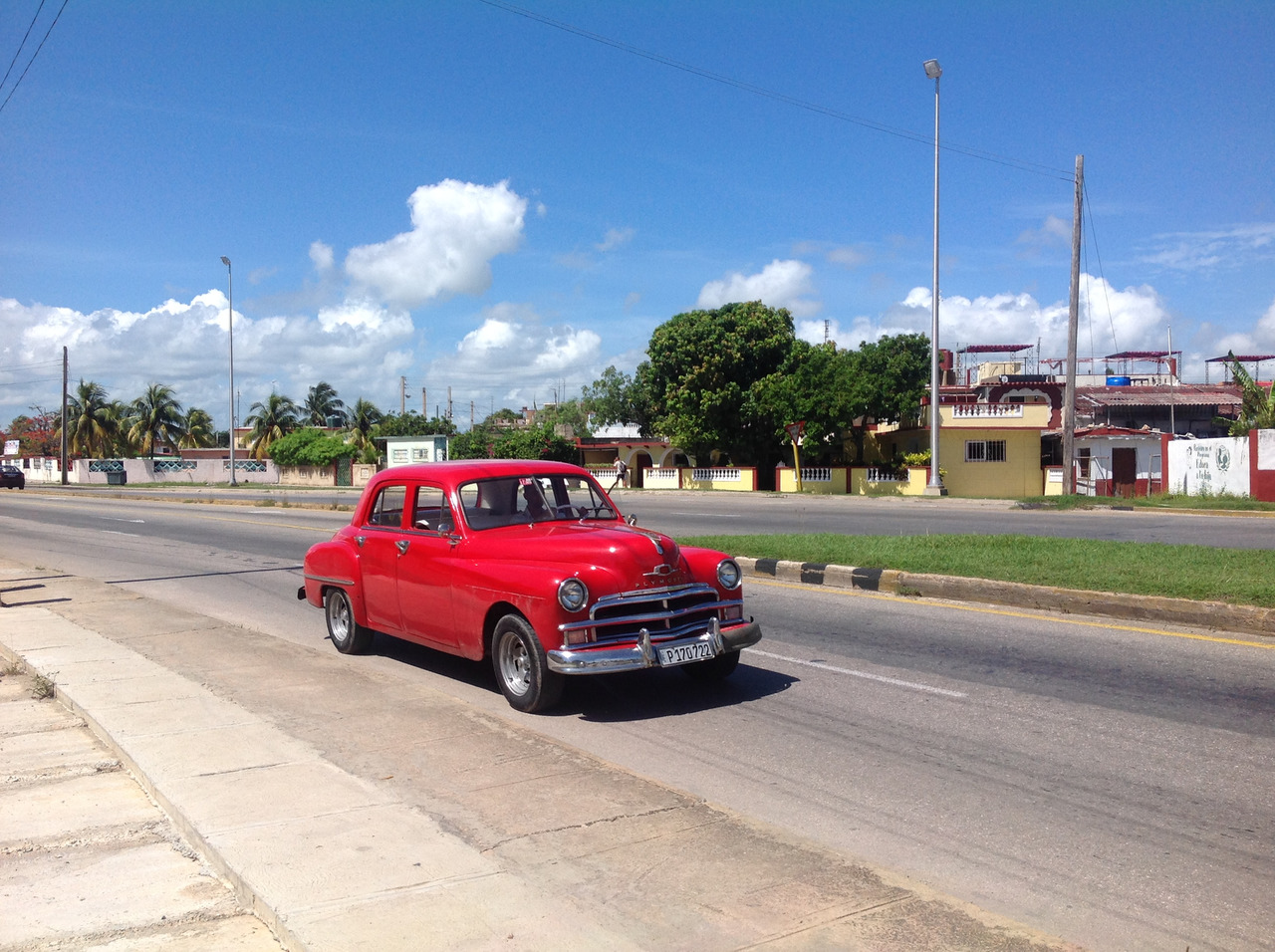
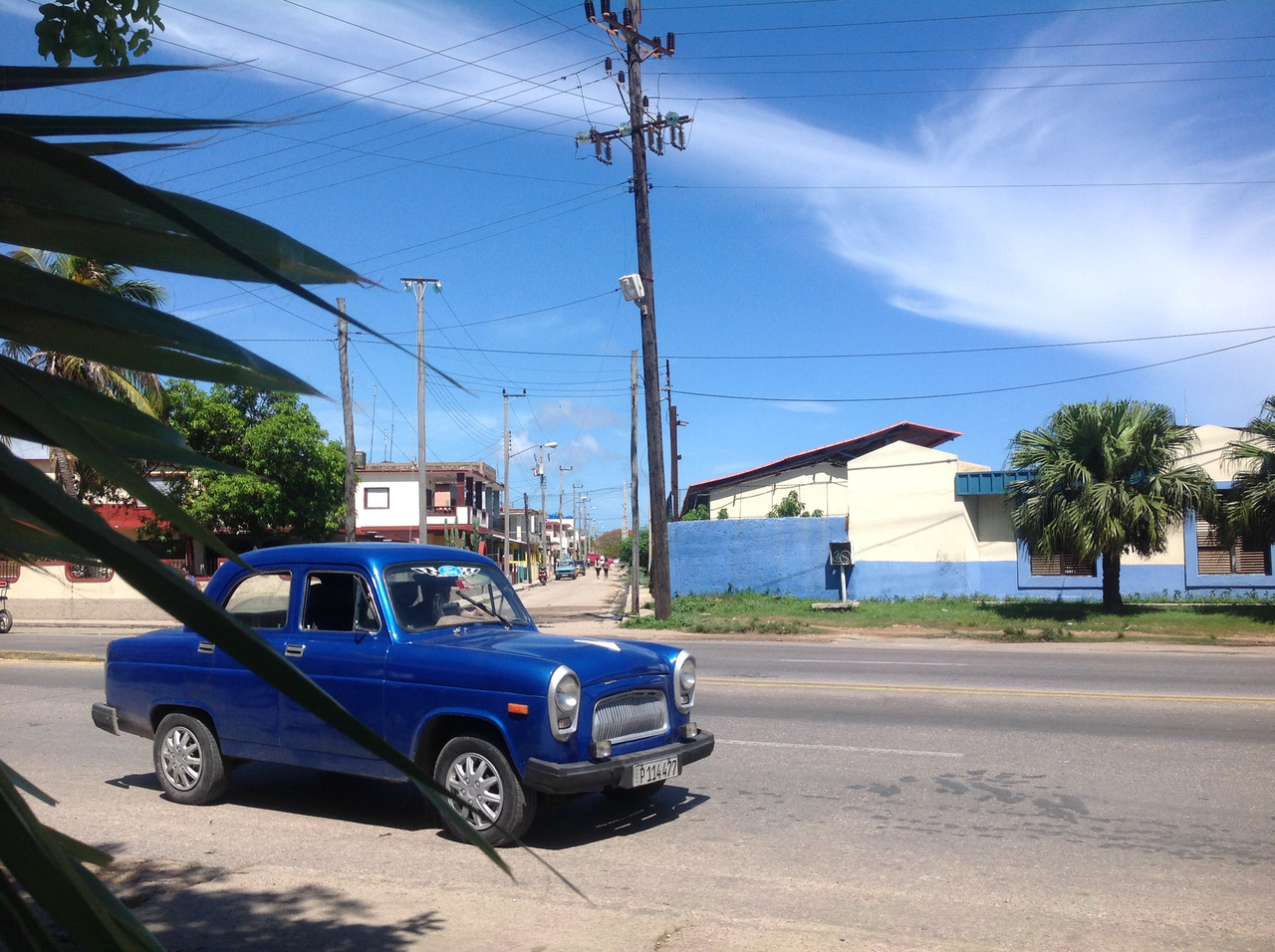
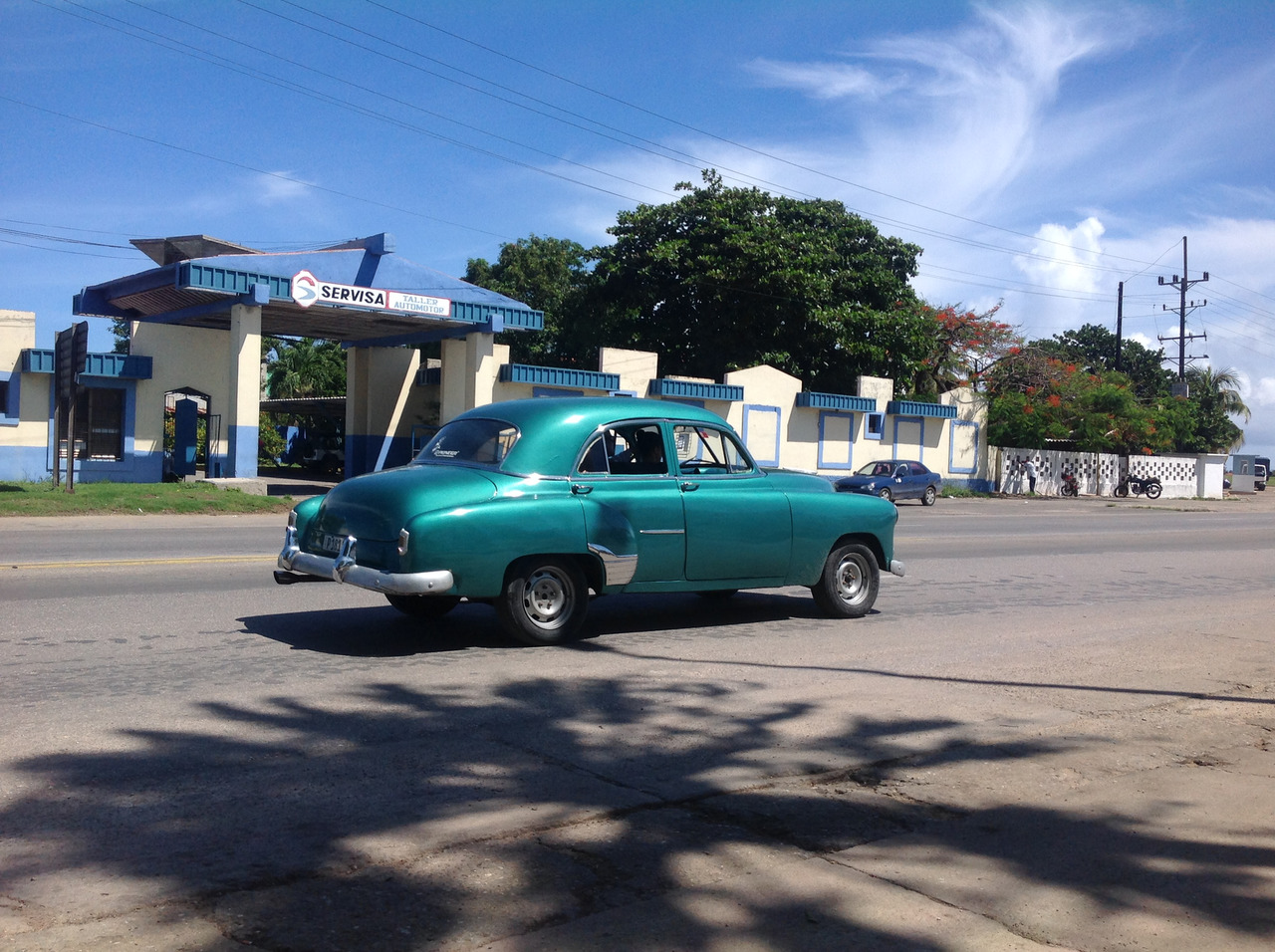
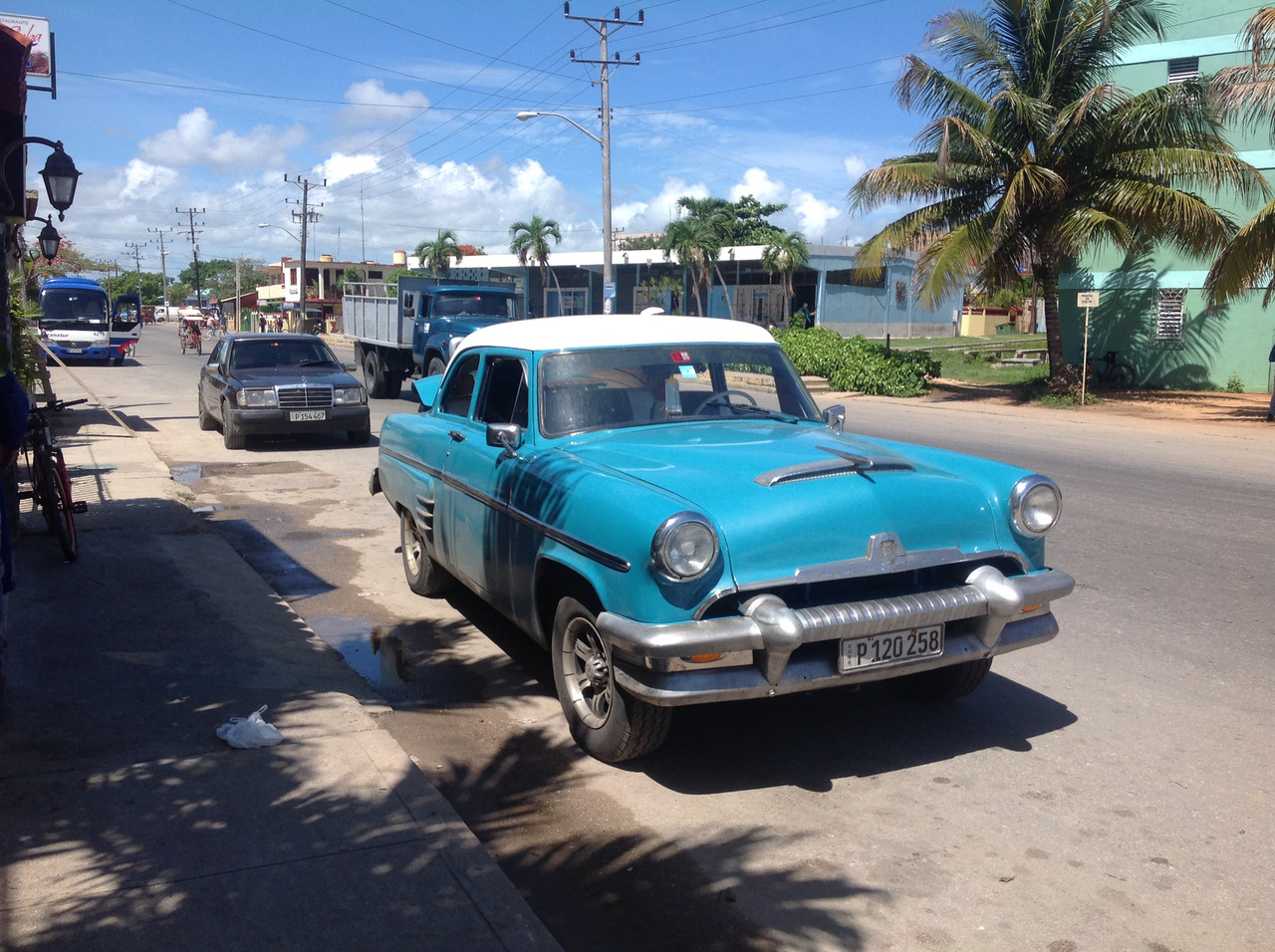
However, while all the old cars have not gone down in history, I highly recommend you to buy a ticket to Cuba and visit this country. Photograph all those cars that today in the post-Soviet space, in the US or Canada, you will see unless at exhibitions in private collections or about very expensive hotels in a single copy.
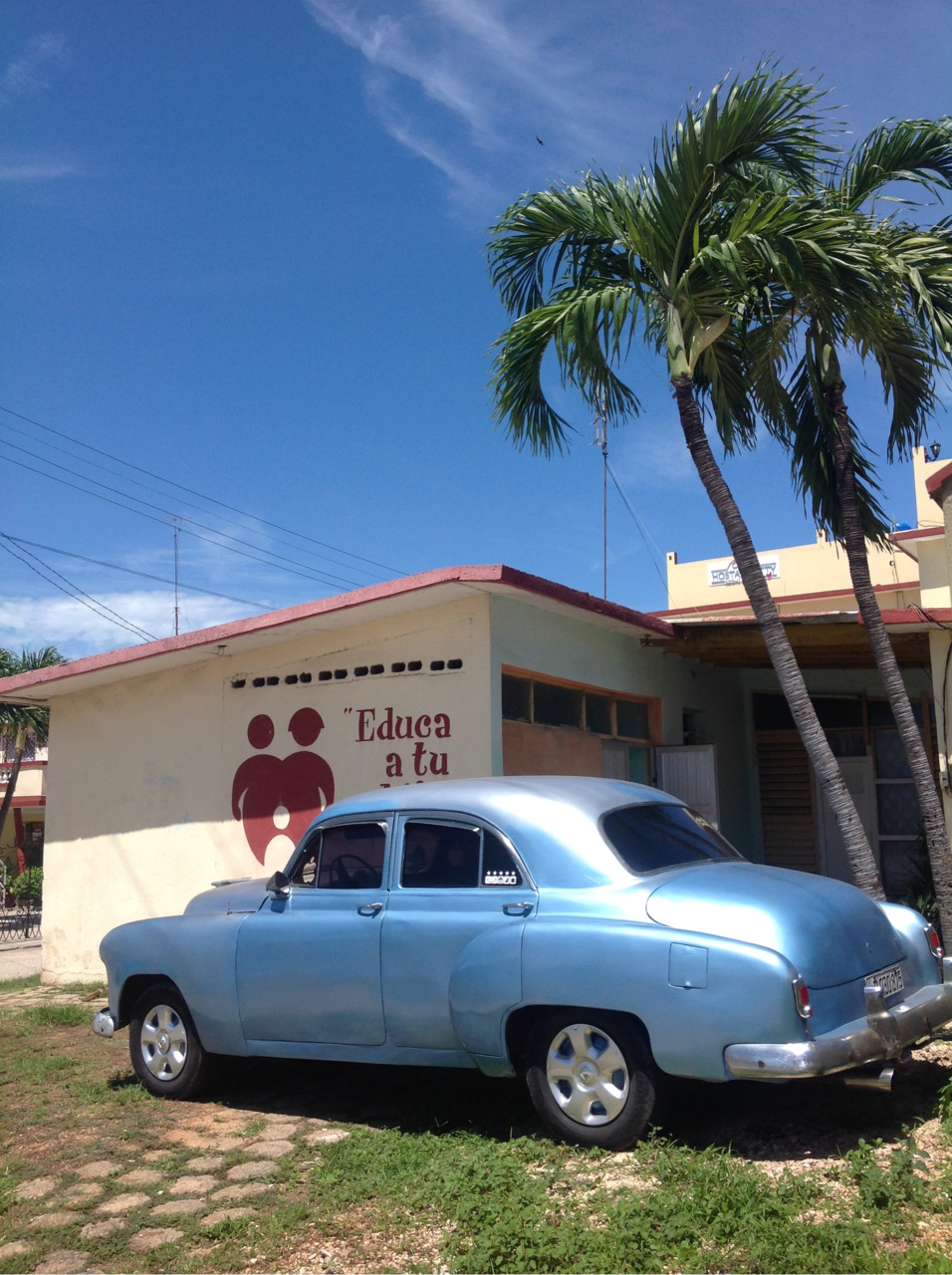
Part 2 Matanzas
About the city
After overcoming three-fourths of the distance from Havana to Varadero, we arrived in the cities of Matanzas, the capital of the province, in which the resort is located, which is the purpose of our journey.
The city, despite its provinciality, boasts several sights. Its population is about 145 thousand people.
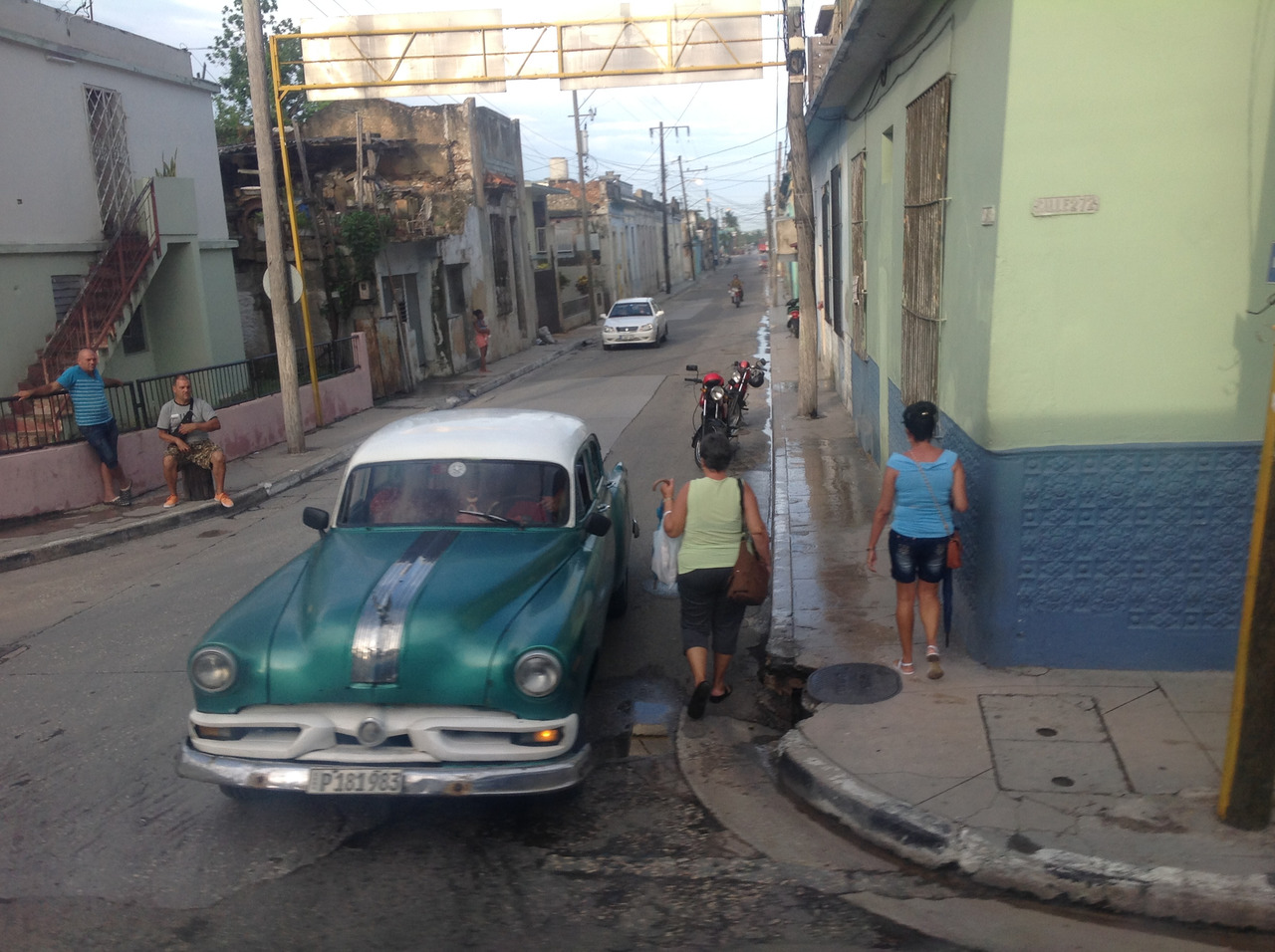
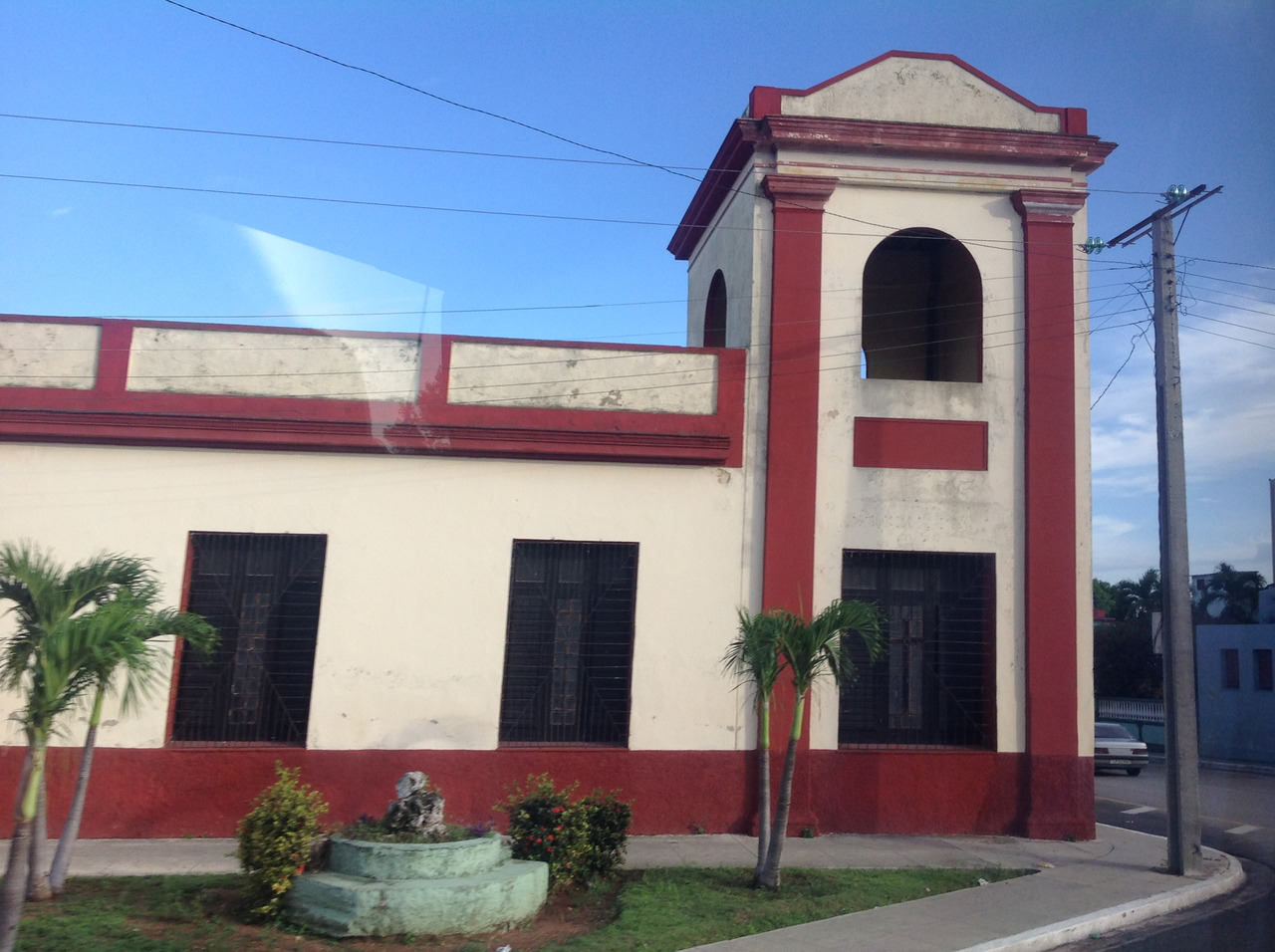
The city was founded in 1693 and had a very long name — San Carlos I San Severino de Matanzas. In the XIX century, he became the center of the sugar industry in central Cuba.
Many intellectuals lived in the city: famous poets, writers, journalists, scientists, theater figures came from here. By the way, in the city in the colonial years was founded just 3 theaters. The most famous of them is Teatro Southou in a classicist building in the historic part of the city.
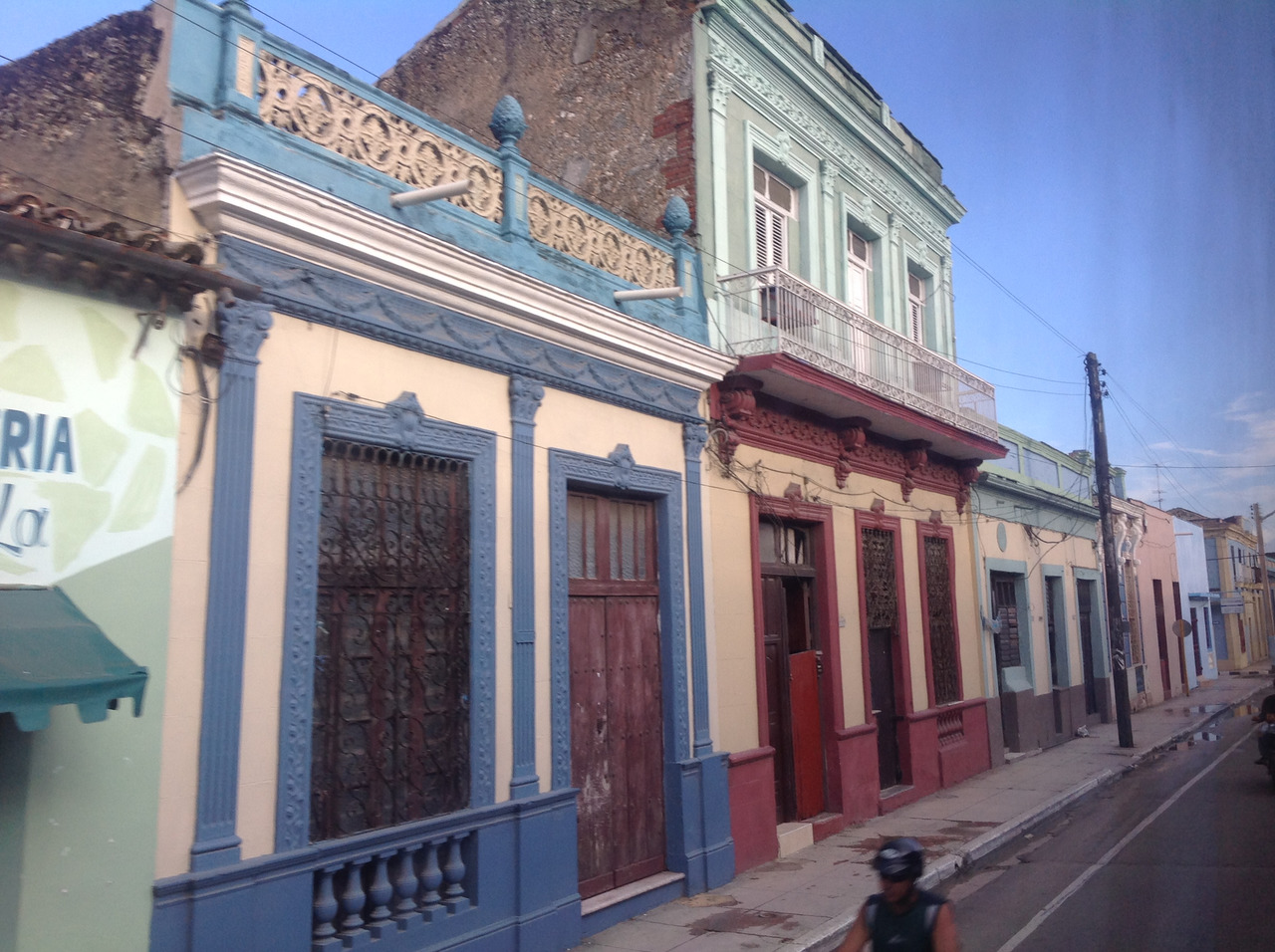
If you go by the same route as our bus, then by all means get to Plaza de La Vigia.
This is one of the main squares of Matanzas, — Plaza de La Vigia.
Of course, the main square of the city is the “Freedom Park” with a monument to Jose Marti in the center. But you need to spend more time on it. At the Plaza de La Vigia there is a monument to the Unknown Soldier who died in the War of Independence.
In this square is the Palacio de Hunko. This building was built in the 1830s. for the Spanish family Hunko, and since 1980 has turned into a museum of the province.
Teatro Sauto
This famous theater was opened in 1863. Probably, this is the only case in world practice, when the theater was named after… who would you think? — The pharmacist!
So, that’s exactly how the Spaniards also thanked the pharmacist Ambrosio de la Concepcion Sauto, who cured Isabella II, the queen of Spain from a skin infection.
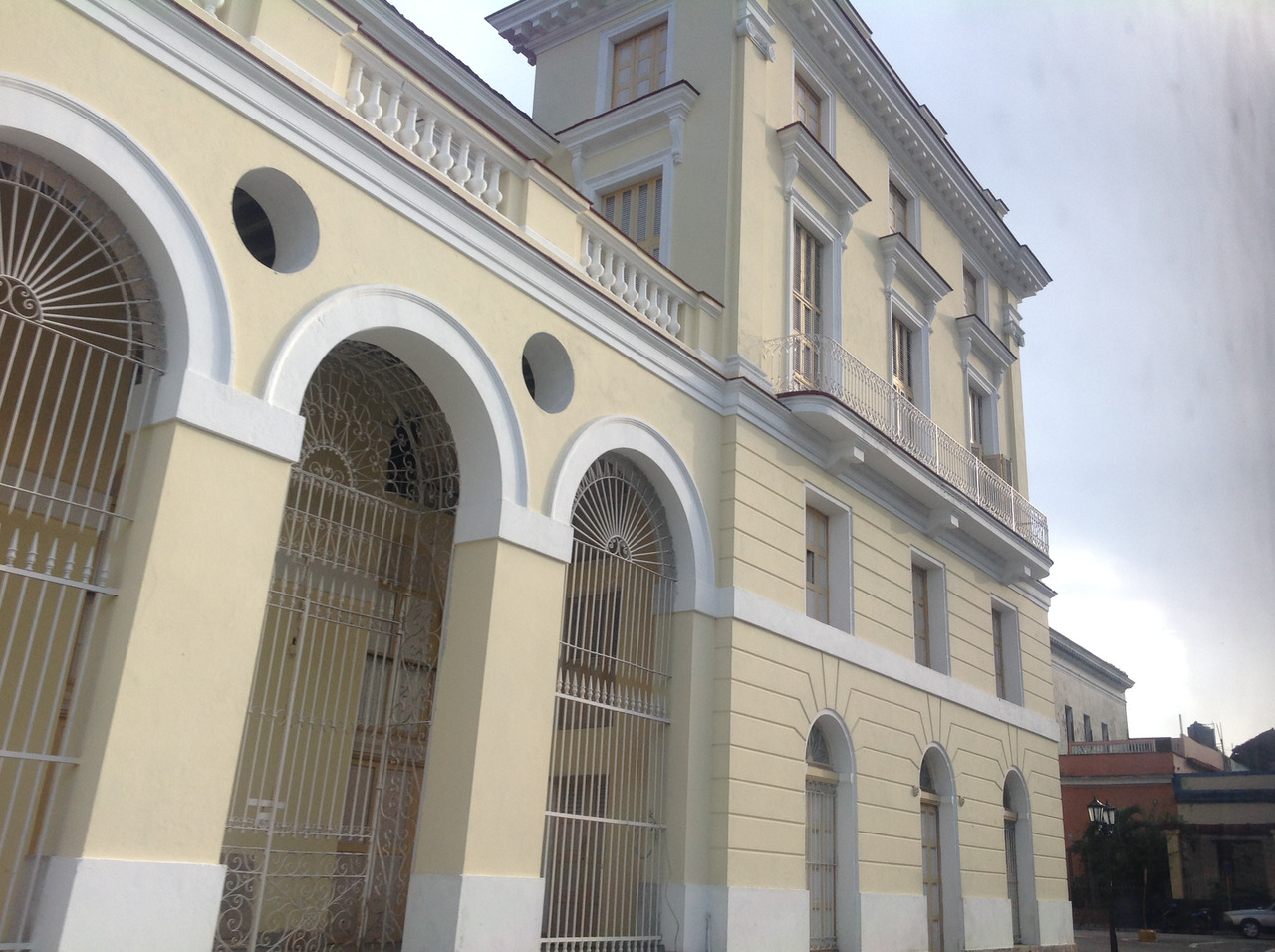
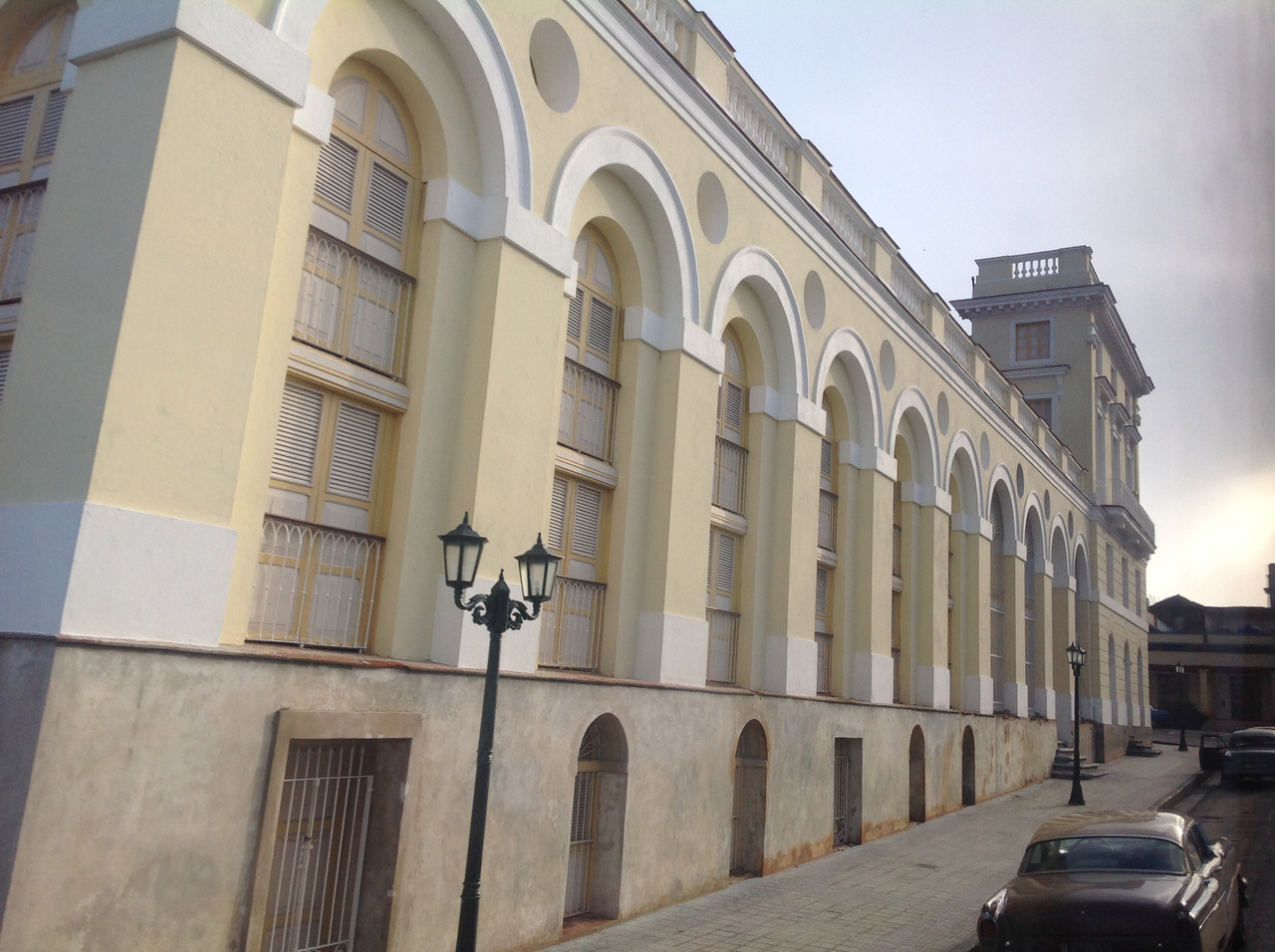
The architectural dominant of the city, the Southou Theater was built in neoclassical style and decorated with marble antique sculptures. If you have time, you can go inside the theater, and make sure that it is built of wood. Since the Internet in Cuba is just developing, you can find out about the schedule of theatrical seasons, about the performances and the cost of tickets at the tourist bureau or in the theater itself.
Station Square
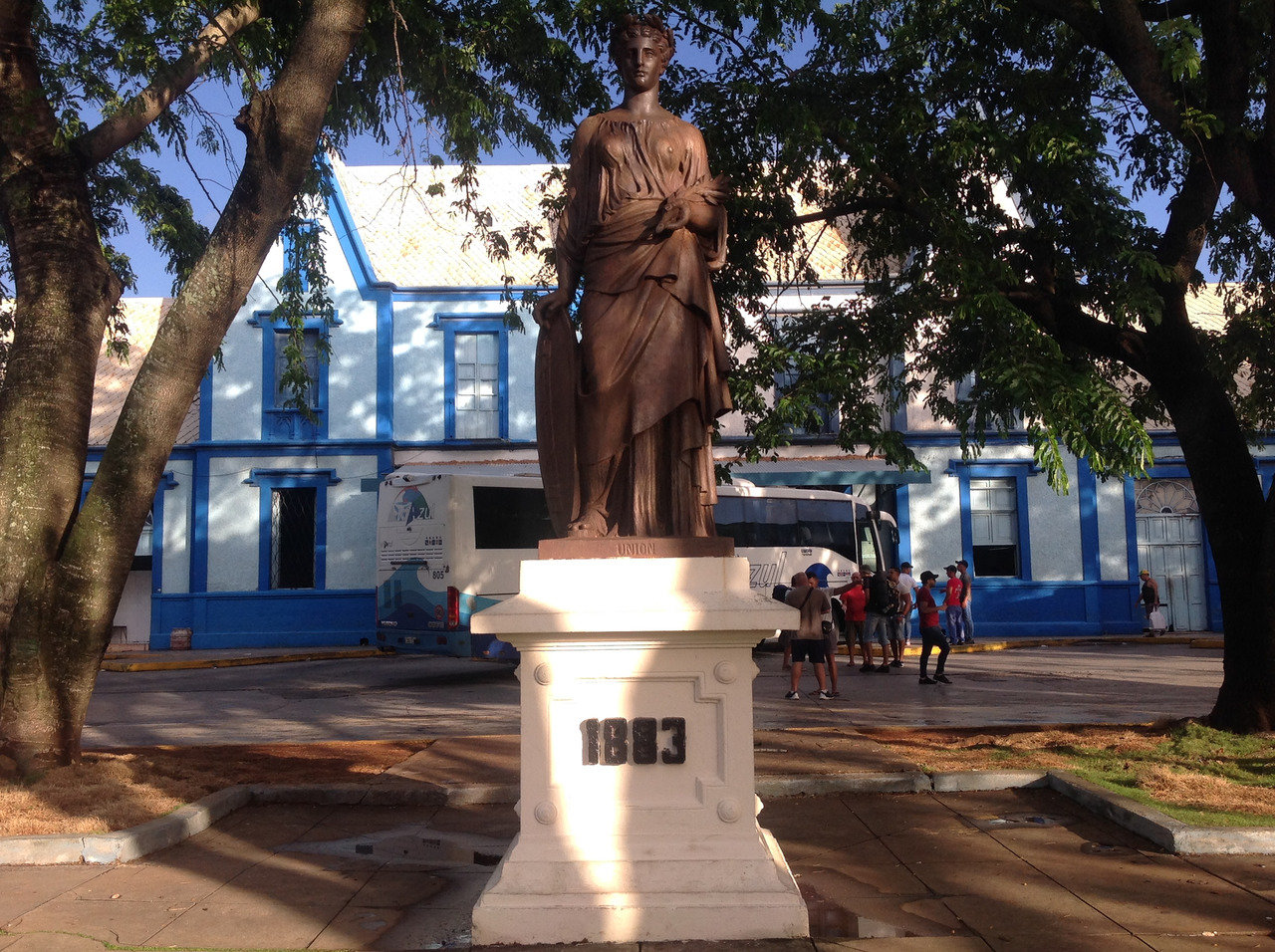
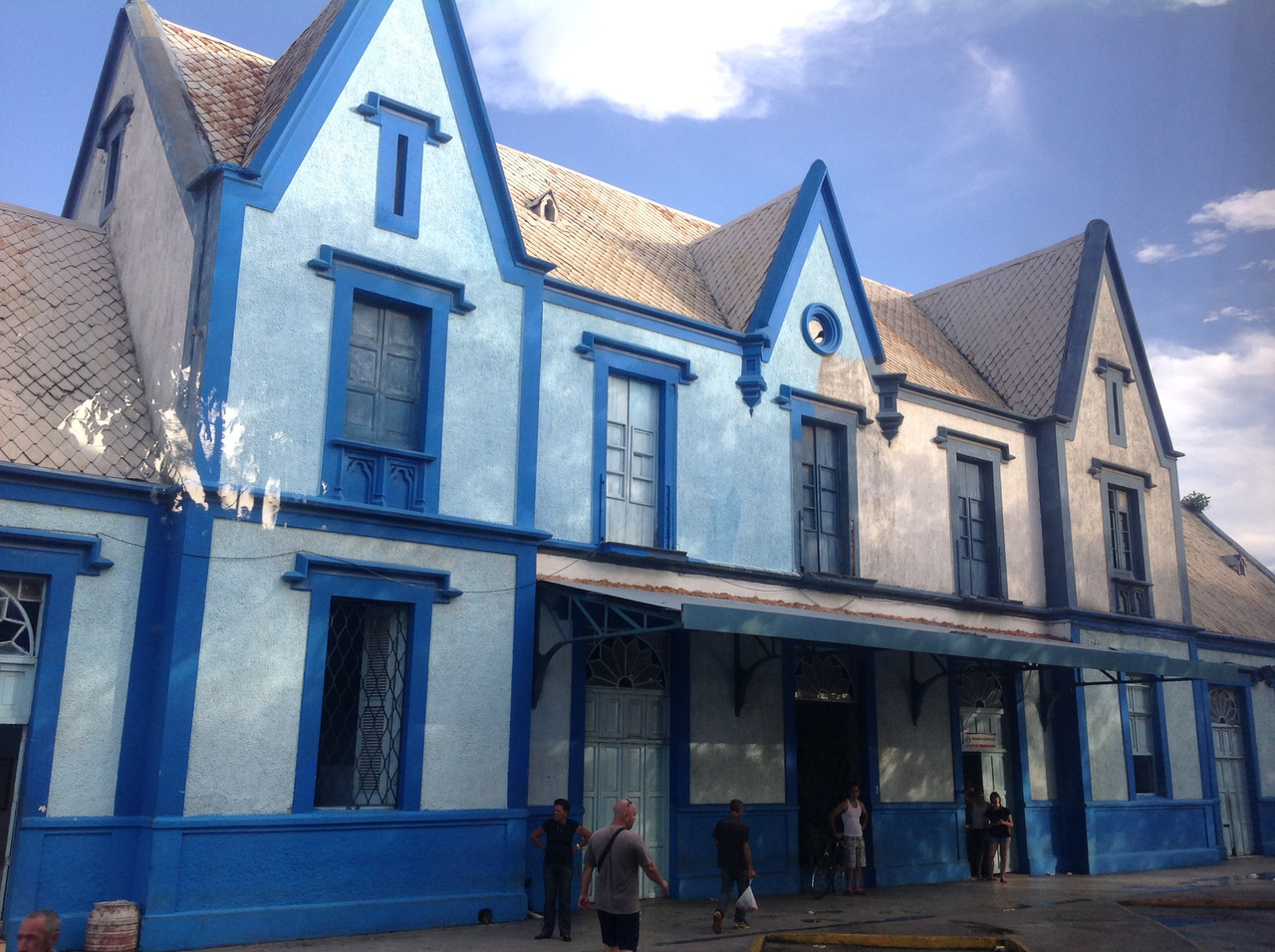
The bus stops here for a few minutes. The wooden building of the station was built at the end of the XIX century. In front of the station there is a female allegorical figure, symbolizing the freedom and date of liberation of the province of Matanzas — year 1883.
City architecture
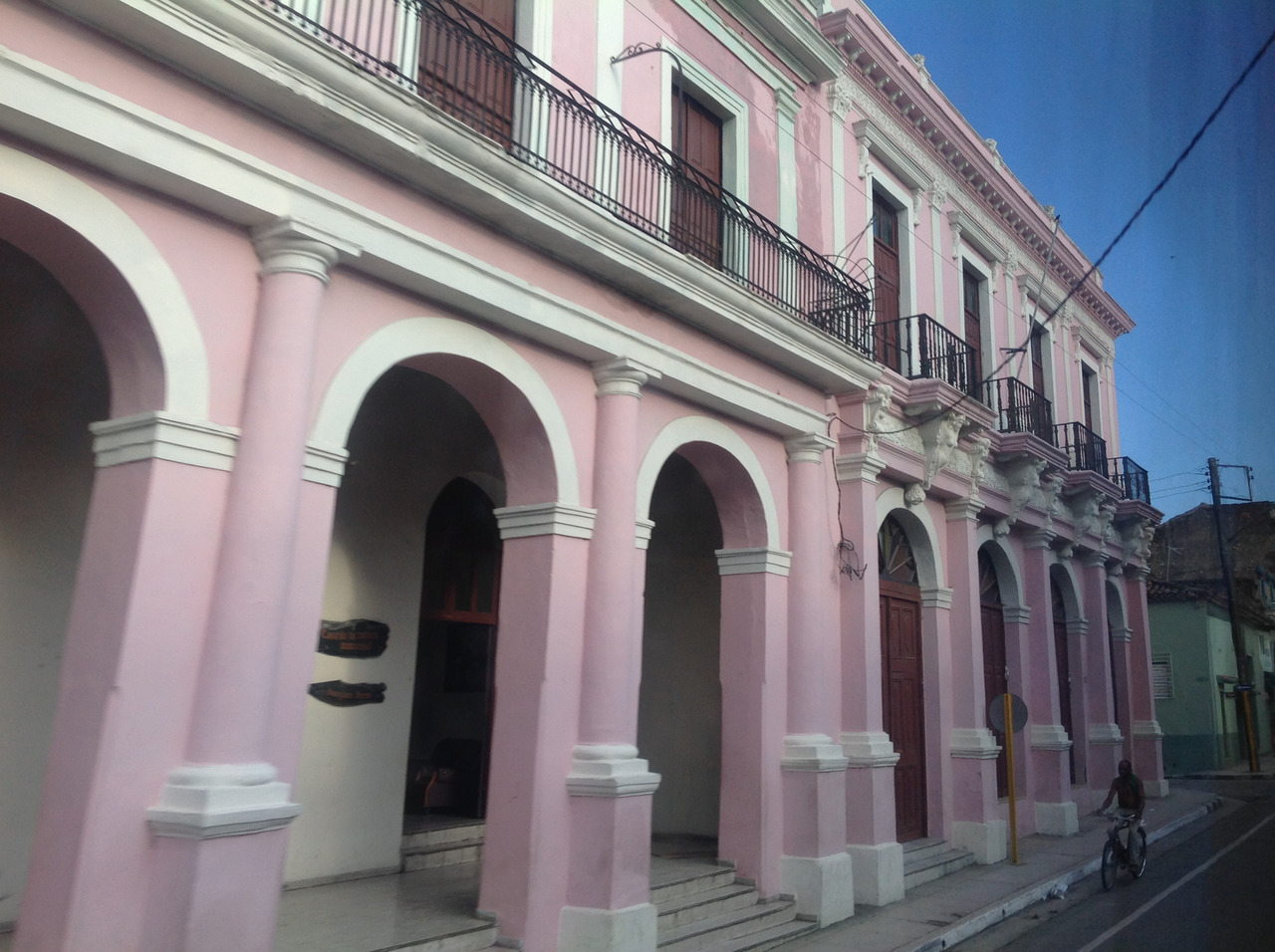
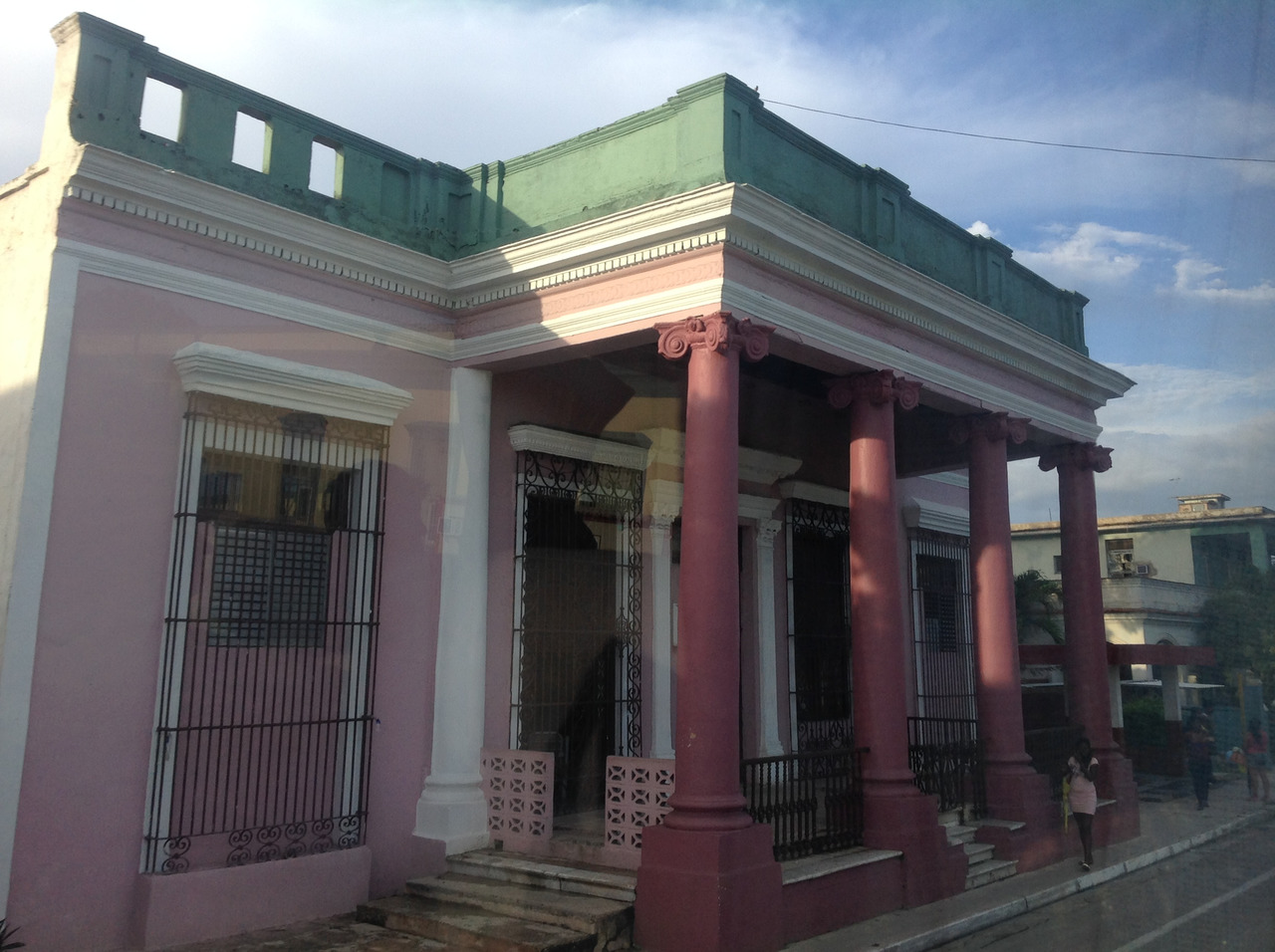
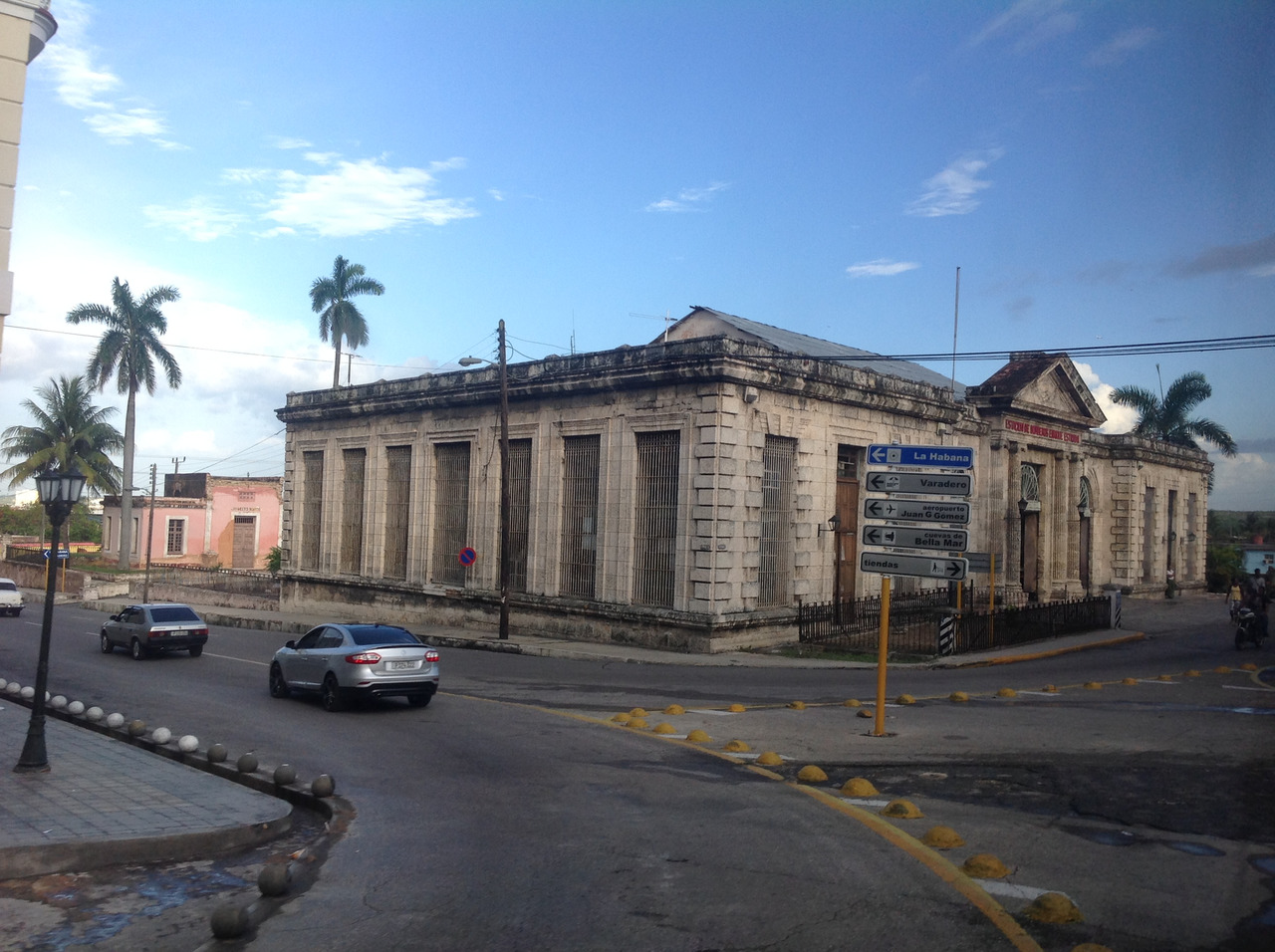
The basis of the architecture of the central part of Matanzas are houses in 1 or 2 floors, built in a classical colonial style, with an abundance of arches, columns, balconies and terraces.
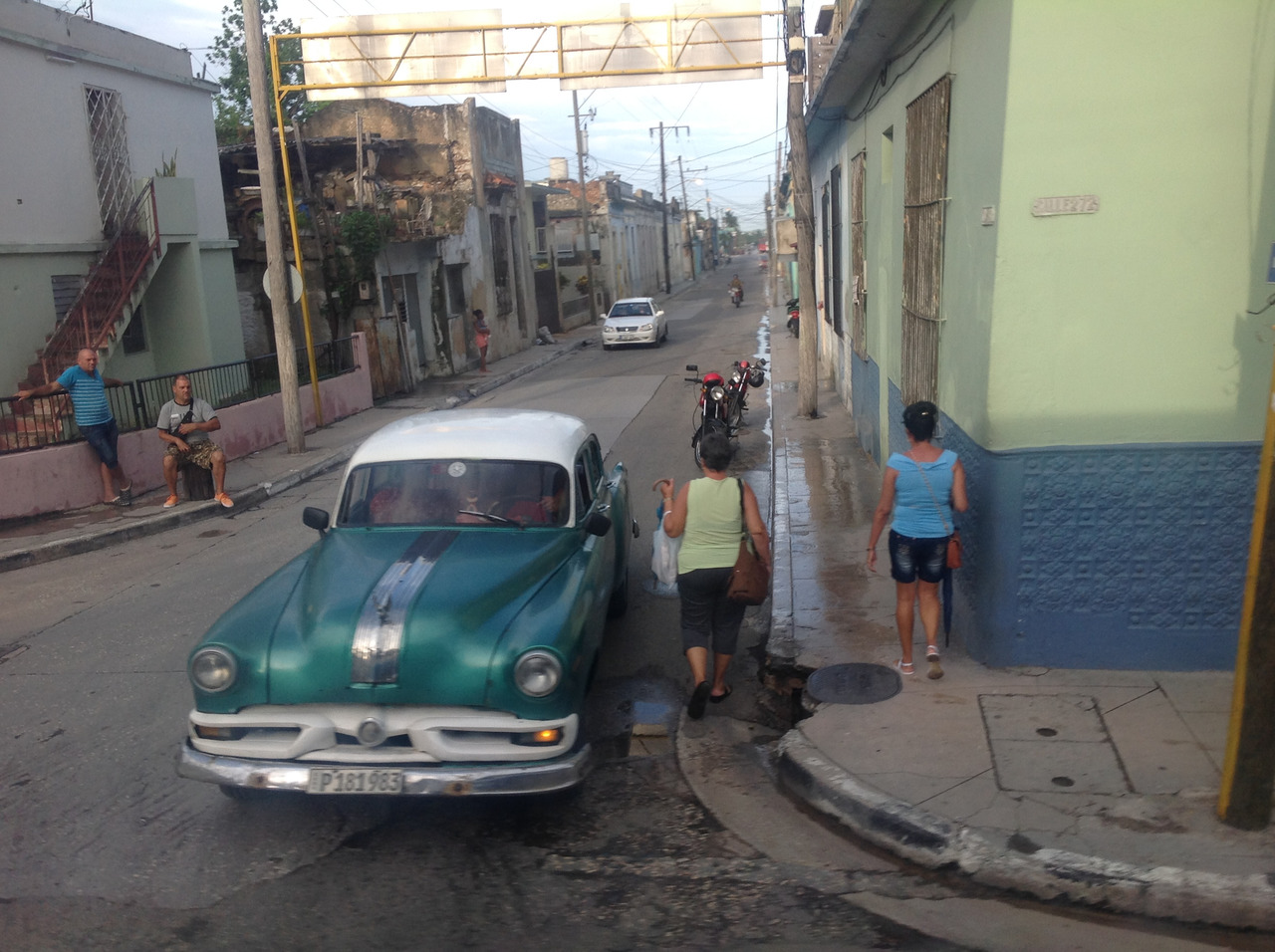
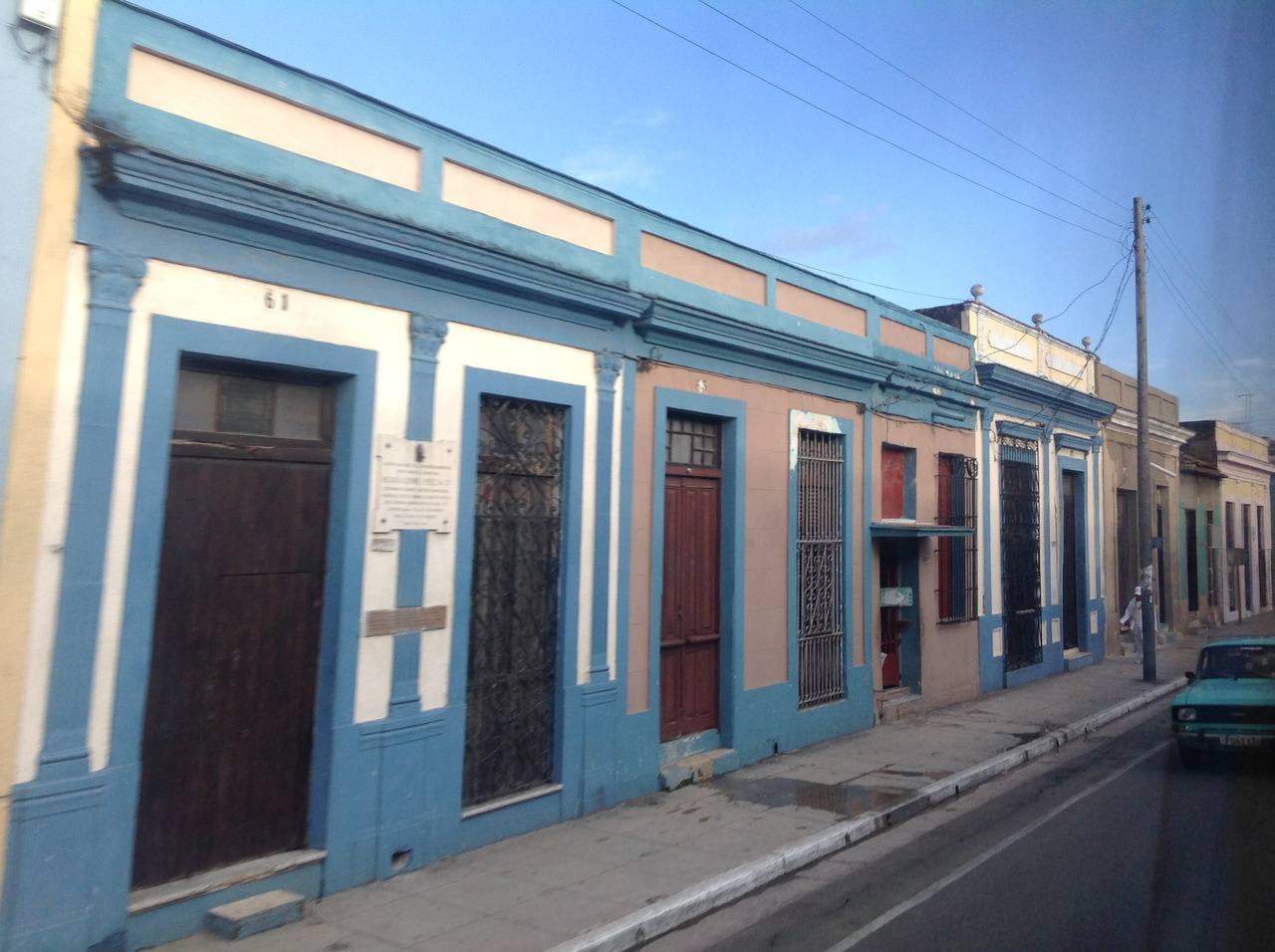
Part 3 Varadero
Arrival
After we arrived at the bus station in Varadero, I still had to get to the hotel. On average, travel around the city in any direction from the center costs about 10 CUC. I stopped at the 3-star hotel “Gran Caribe Club Karey”, but the local call it abbreviated Club Karey. By the way, a fairly good value for money.
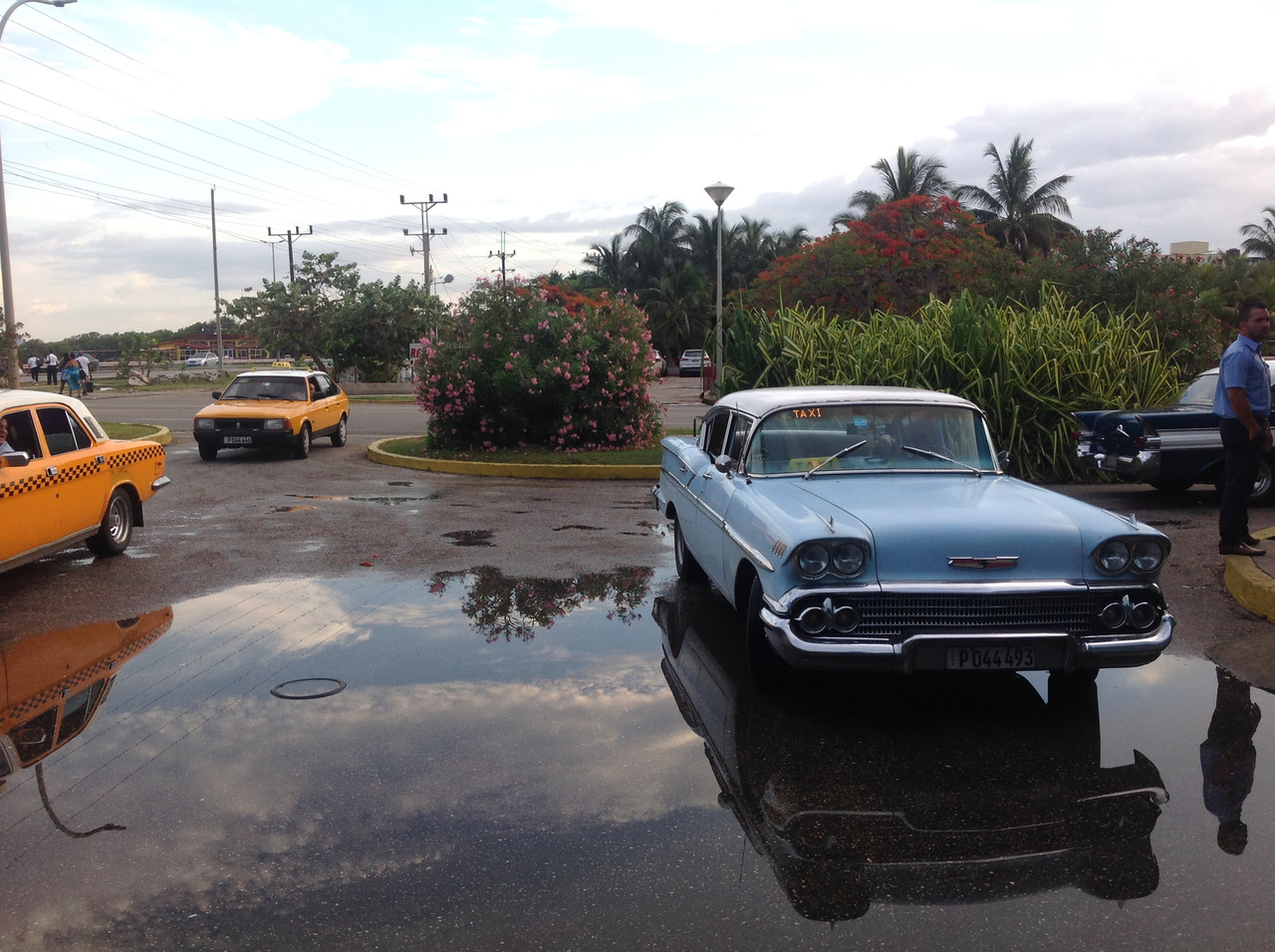
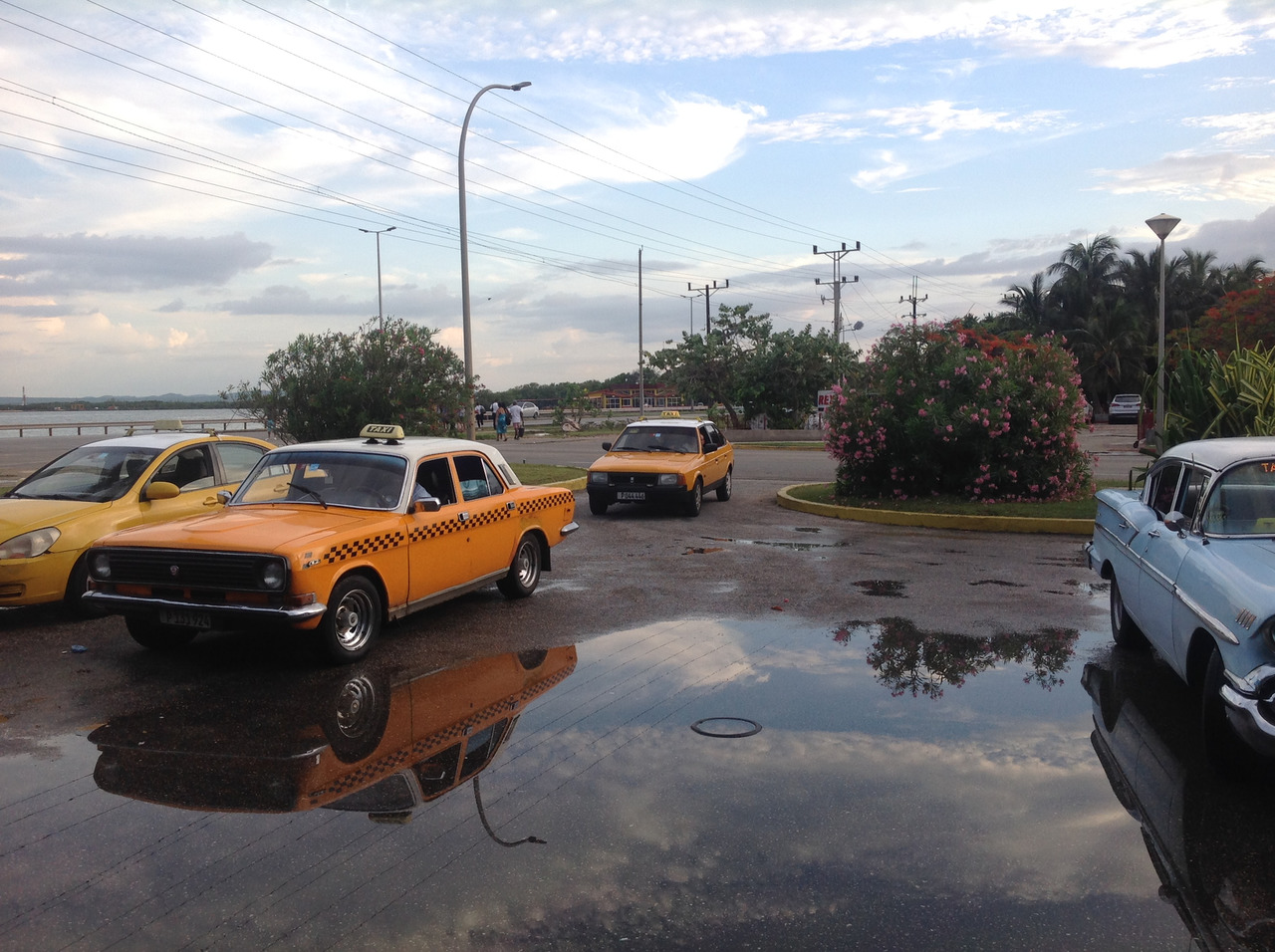
Theoretically, you can reach many hotels on Varadero on a tourist double-decker bus. The ticket for it costs 5 euros per person, and at the same time paying 1 time you can ride all day. But my hotel was quite far from the last stop of this bus, and it was necessary to go with a bag. In general, I must warn all independent tourists in Cuba that it is necessary to pawn an additional 10 euros by taxi in the city of Varadero upon arrival.
Evening in the Gulf of Mexico
They say that after sunset it is better not to swim in the sea. But after such a long road this business is not terrible. Therefore, I think many travelers act the same way as I do, and I like them.
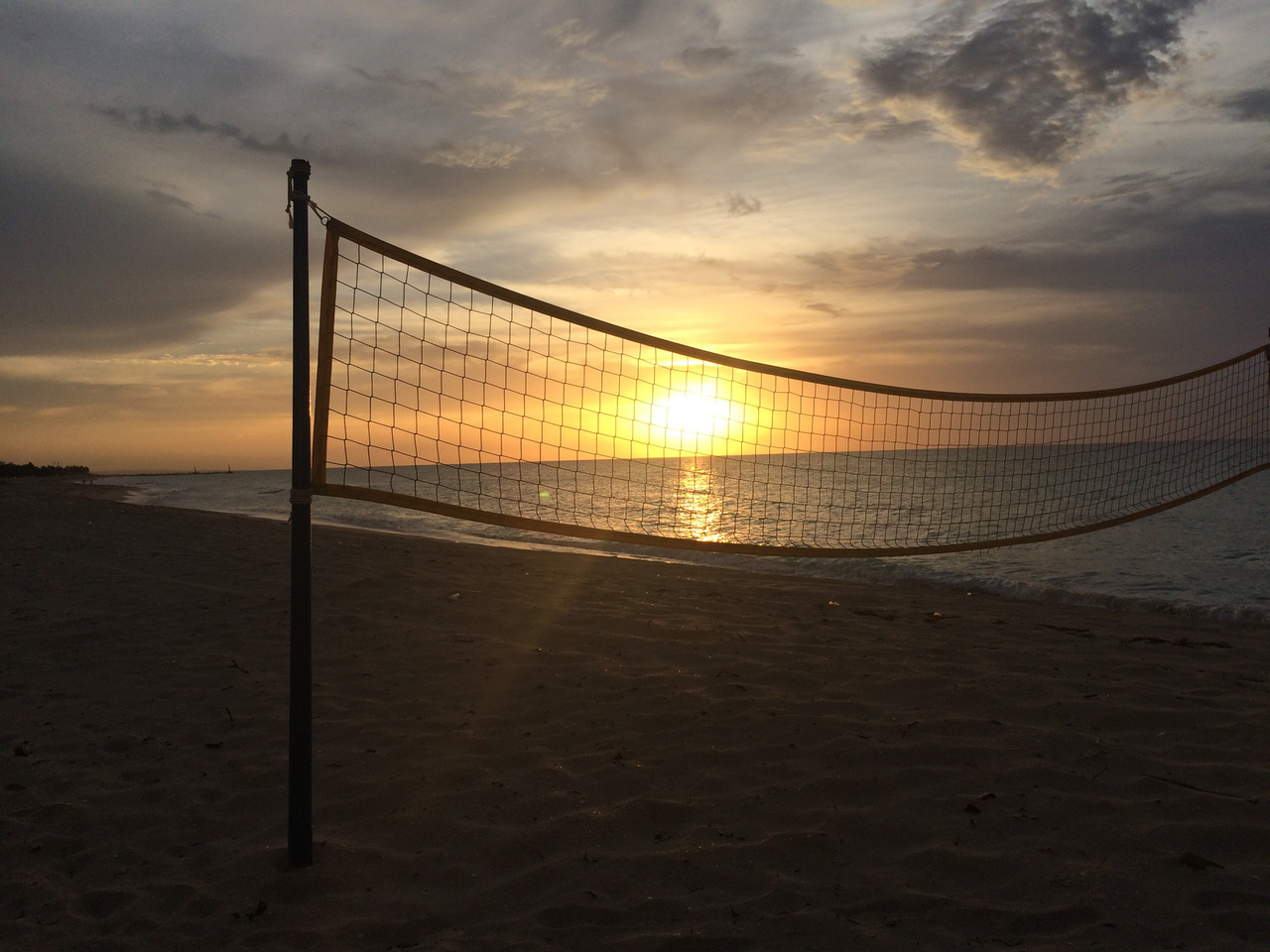
What waters are washing the coast of Varadero, the issue is debatable. The fact is that it is in this place that the Atlantic Ocean and the Gulf of Mexico are connected. However, if you look at the map, the plait of the land with the city of Varadero, cut into the sea, is closer to the Gulf of Mexico. Therefore, as you like.
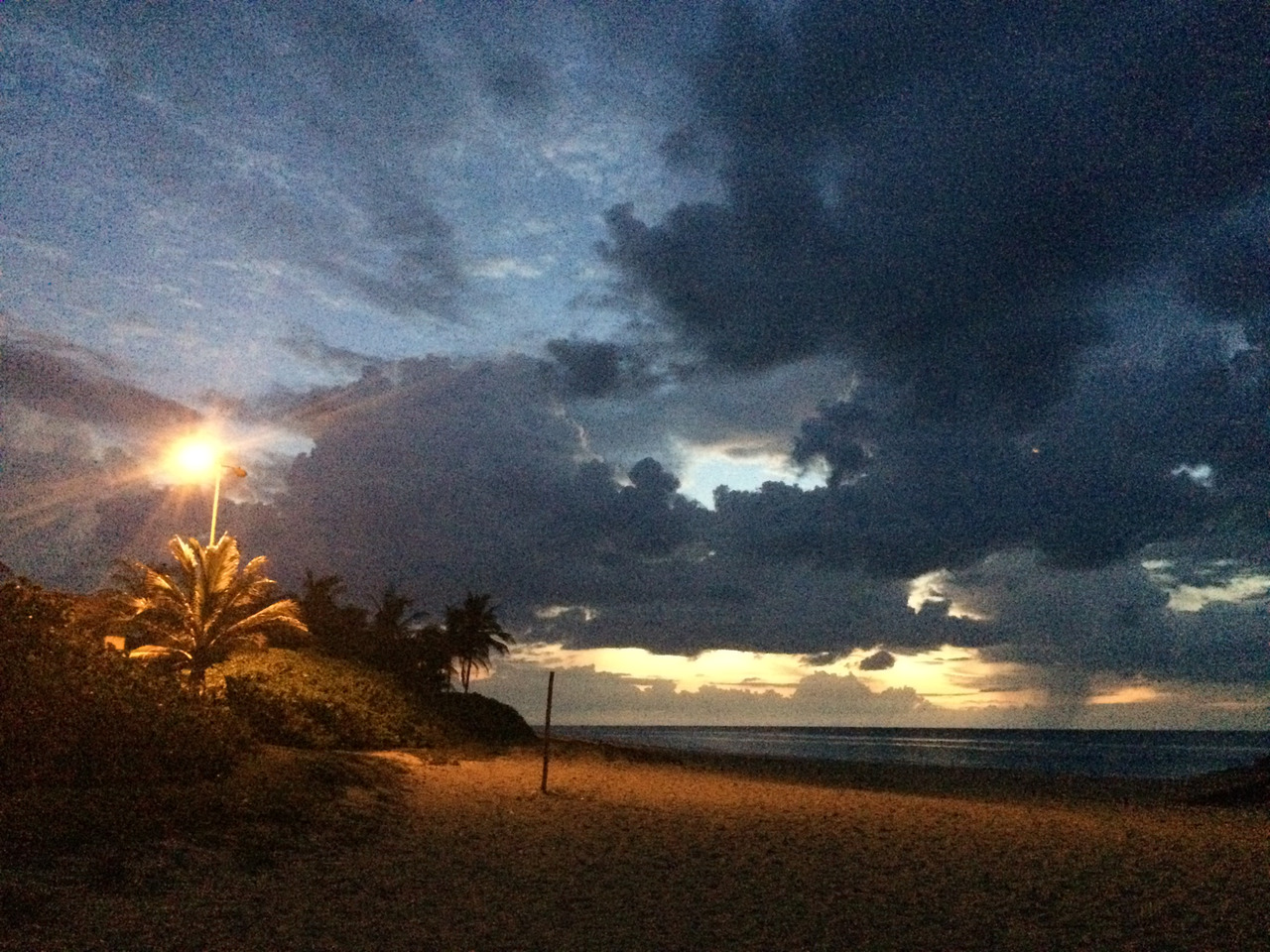
By the way, in 1992 the beach of Varadero was recognized by UNESCO as one of the cleanest beaches in the world. Although it has been more than 15 years since then, and the tourist flow to the Island of Freedom in those years was just beginning to develop, it’s nice to think that this is still the case.
About the city
Varadero is a world famous resort town, almost entirely located on the Ikakos Peninsula, stretching for 20 km to the ocean and having a width of only 1.2 km in its widest part. Cape Ikakos, in the northern tip of the peninsula, is the most northern point of Cuba.
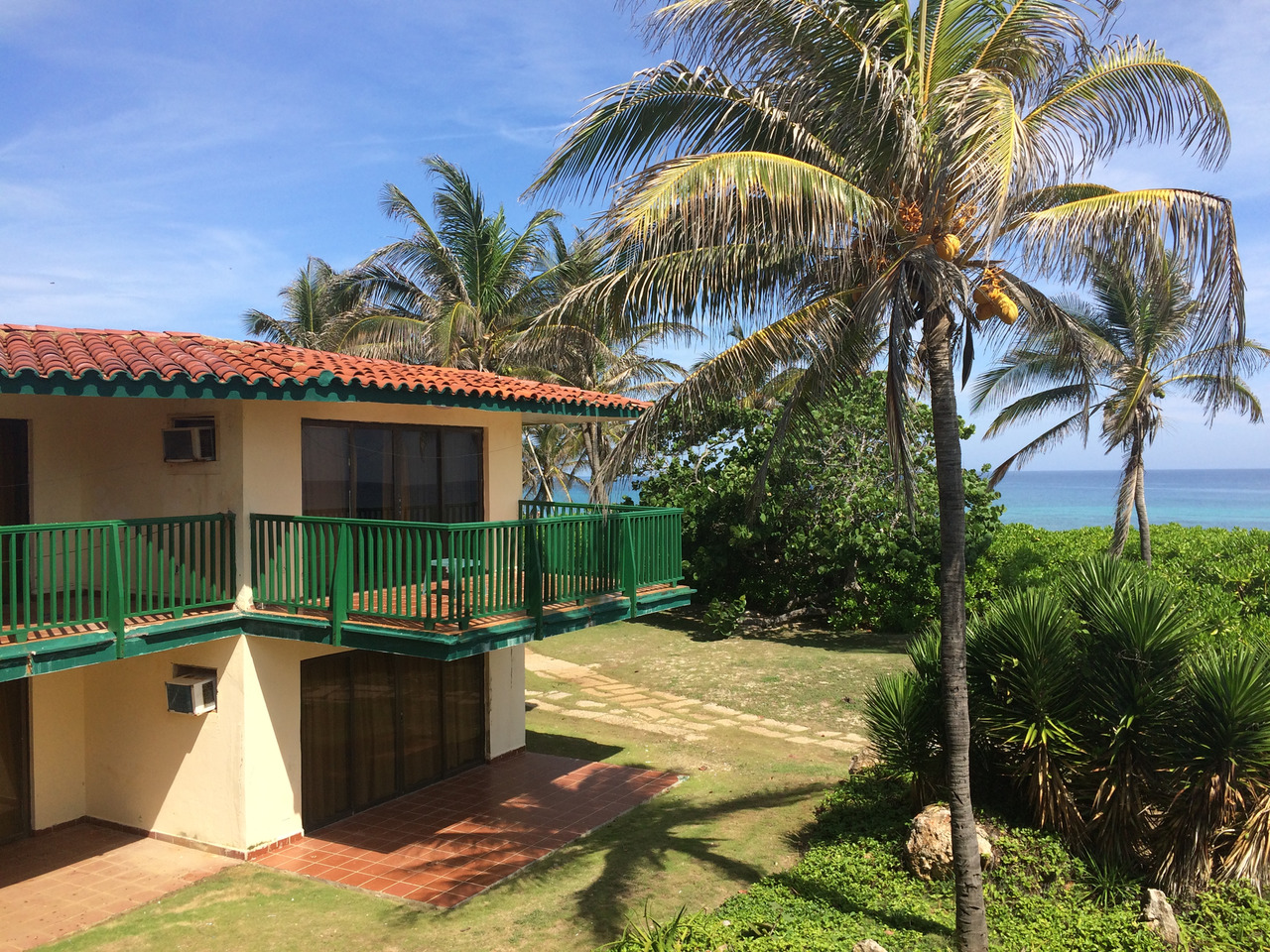
The first settlement here arose in 1555, but only in 1872 the colonists here founded the resort, appreciating all the beauty of the sandy beach and sea waters, palm trees, flora and fauna of these places. In the 1930s. Large funds in the development of the resort began to invest American bankers. Here began to appear luxury hotels, villas, restaurants. But the modest houses of local residents of the early twentieth century were also preserved.
Бесплатный фрагмент закончился.
Купите книгу, чтобы продолжить чтение.